16 July, 2024
What was it that Father had done, and was it really a mistake?
Looking back on his life, he feels like that he has never really made mistakes. What he could say was that he had made a series of decisions, all of which had consequences, and he was now living in the shadows of them. He always had sound reasons for his decisions, at least at the time when he made them.
It is only now that he is getting a strongly reprehensible feeling that something has gone horribly wrong.
But Father made so many decisions in his life. Which one of them, if any, had been the wrong one?
16 June, 2024
The tube was taken out of her throat yesterday, and yet when Father looked at his mother, all he could see was the hole. It was of course covered by a dressing and bandage, and it would heal in about two weeks. But as his mother sat in her wheelchair, being spoon-fed samlor by his wife, all his mind could focus on was the fact that for the last month, each time his mother was fed through the tube, she looked to be on the verge of sobbing.
He had done it for her good. She had been choking on her food, something many people at her age died of. It was better that she ate properly so that she could live longer. That was at least how Father first justified inserting the tube into her throat, despite his wife’s objections that it was inhumane.
His mother, Tum Sareth, was having her dinner. The samlor was made out of crab, water spinach, and tamarind, all soaked in water. Father had asked Mother to make sure that the samlor was stewed properly. As Mother fed her spoon after spoon, she asked « Is it tasty? » « Does the samlor taste good? » « How is the food? » all in quick succession. Mother had a rapid style of speaking which made it hard for others to answer her questions.
But Tum Sareth seemed to respond. There was a change in his mother’s glances, a sense that she was answering in her own way, the salty and sour taste of the soup activating her taste buds and causing certain memories to rush through her mind.
When Tum Sareth was done, Father finished up the crab pieces and greens that his mother would not have been able to digest. Then he sank into the sofa and turned on folk music on the radio. Father thought. No, he didn’t regret putting his mother on a tube diet. He had done it with good intentions, and while it had not had the best outcome, he had learned something from it. After resting his feet, he went upstairs to take a shower, then laid himself in bed in preparation for the next day of work. As his mind fell asleep, the same question kept ringing in his head.
No, he said in response to it. I have done the right thing.
16 January, 1977
Ti Leng was twenty-three, and he wanted to study medicine. But this was also the time of the Khmer Rouge, when no one could study medicine. For years, doctors had been disappearing in the middle of the day and the night, and no one knew where they had gone or what had become of them. In the meantime, orders were given for the local population, dressed in pitch-black clothing no matter their age of profession, to keep farming, to keep building up the land of the country, to make sure there was an abundance of food for everyone.
It was two years into the regime, and Leng had not given up on his dream of being a doctor. But there was nothing else to do but work the fields like his father, Khim Ti, wanted. Leng was growing tired of the pressure that Khim Ti was putting on him to take farming seriously like his brothers. He was also getting closer to his mother’s brother, Tum Din, during this time. His uncle Tum Din had a house out in Phnom Penh but had moved back to their village, Preah Dak, due to the orders of the government. Leaning against one of the fences, smoking a cigarette beside the backdrop of a broken Hindu stela, his uncle Tum Din told him stories about the Phnom Penh of the good old days, how he would make out and have sex with random French girls visiting the city and go about getting drunk in the various pubs in town. While Leng wasn’t interested in the life of debauchery and intrigue that his uncle preached of, the idea of living in a grand city entranced him. In the two years since Pol Pot had taken power, malnutrition had become a nationwide epidemic. The more Leng saw the people in his village succumbing to random and preventable illnesses, the more he became convinced that he needed to leave for a place where he could put his intelligence and ambitions to use. He would learn how to serve his countrymen as a doctor. Healing people was more important than farming the land, but these were dangerous thoughts he kept to himself.
Then the Pol Pot regime collapsed, and Leng acted on his decision.
Leng left at a suitable time, in the 80s, just as he was freshly married and looking to start a new life not only for himself, but also for his future descendants.
16 May, 1990
It was just two weeks after his son was born. It was about four in the morning. Father was getting ready to go to work. His wife and child were lying on their bed. She was still sleeping with a hot rock on top of her belly, to help the uterus contract and for her belly sag to reduce. The smell of galangal root lingered in the room. It was a bit too strong for Father, who preferred to be outside when she pasted it all over her body, and yet the smell of the galangal and ginger clung to his clothes.
Their place was small. At this stage of Father’s career, all he could afford was a room in a small hovel, right on the outskirts of Phnom Penh. They were in the process of buying an apartment in a modern complex in the nicer part of town, which required a substantial advance payment. Because Father had saved a lot over the years, they could afford it. Father had made it very clear that they should never take out a loan, because he had seen how loans had left his uncle Tum Din in a financial rut that he would never be able to get out of.
He was grateful that they had left his uncle’s house. His uncle Tum Din had offered to host them for longer when they first moved to the city, but Father no longer wanted to take advantage of a hospitality that had already expired. Tum Din and Mother had started to bicker, and the pregnancy had also made her a bit more tempestuous. The smell of the pollution from the nearby river was horrid in their current apartment, but at least the view of the rising Phnom Penh was in the background. He could look out and see a skyline, as well as the outlines of the golden temples, the stupas.
This coming century was going to be a good one for Phnom Penh. He could feel it in his bones. And he was going to be a part of it. He was going to find his way to contribute. He would do whatever it would take to help his country heal from the baggage of the last few decades, and to ensure the best for the upcoming one.
And he knew his son would be a part of it, too. The boy was just born, barely an anything, but looking at his face, Father could predict an ambition. His son was going to put Cambodia on the map. He was going to make people across the planet remember that people of creativity and talent came from this part of the world, too.
Father decided he was going to do everything for his son and his wife. He would work hard in the hospital, earn as much money as possible, and make sure they would have everything they needed to make a difference for this city, for their people, and for the world.
16 April, 2012
It was the last day of the New Year, Veareak Laeung Sak, and Father felt like treating Mother to a meal in the market after their visit to the temple. After washing the statues of the Buddha with the monks and the other temple goers, they drove to the food market at the centre of town, found themselves on a bench, and ordered some rice noodles. It was rare for them to go out. Father was always busy at the hospital, and these were the years when Son was about to graduate from his uni in Australia. Mother was convinced he would soon come home and they would find him a nice girl to marry, so she spent most of her time researching the most suitable brides from their village network.
Father’s intention was for them to get some time to themselves, maybe chat about things that would bring more fondness back into their increasingly perfunctory marriage. Instead Mother complained about how many people there were, the heat which was causing her to sweat, and how oily the spring rolls cut and dropped into the noodles were. She went on and on about how annoying everything around them was, and this made Father feel annoyed, too. He very rarely had time off from hospital work, he rarely had time to even be around his wife, and this was how she was going to spend it?
They left the market immediately after the meal. Mother started going on about the bad condition of the French-style colonial houses above them as a different set of thoughts came to Father’s mind. He decided he was not going to spend his free time on excursions in the future. Instead he would use it to focus on his body and get the ideal amount of rest that would allow him to work hard so that he would be able to do his best for his patients, who never felt disappointed in his efforts.
16 September, 1961
One day, young Leng was out exploring the outskirts of his village when he ended up befriending a French man. Preah Dak was located right on the edge of the ruins of Angkor Wat. These were the years after Cambodia had gotten independence from France, and the government was actively working to excavate and restore the temple with the goal of making it into a global cultural heritage site. As a result, wherever Leng went, there were statues of Hindu gods overcome by vines and giant stone elephants partly under the ground and covered in fungi. There were also various men, mostly from France, out digging in parts of the ground.
This man was very kind. He’d let young Leng ride on his shoulders, showed him half-broken rocks that they were trying to shape back into statues. He let Leng try all sorts of lollipops and sweets from his pocket. He always dropped Leng back to his parents, who would scold him for going out with strangers. Yet Leng decided it was worth taking the risk, glad to meet his friend even if he knew it offended his parents.
And then one day that man disappeared. He just stopped coming to the site. Leng became sad and cried, but his father beat him for showing too much emotion, and he lost the habit. He spent many days wondering what happened to the French man, creating stories in his mind involving the man being tumbled over by the rocks or swallowed by the vines. Eventually he completely forgot about the man, grew older, and rarely went out for excursions as Angkor Wat became a protected tourist site and was no longer as easy for the villagers to wander into.
16 July, 2024
It is the end of the day. Father was supposed to be going home around six but because of the overload at the hospital he looks to be returning home around eight or nine. He was looking forward to reaching early so he could help feed his mother, but given how late it is dinner would have probably long been done, and his mother would have been put to sleep. He would drive back to his fancy apartment at BKK1, take a tub bath to unwind his joints, and immediately go to bed.
He is exiting the building, but as he steps down the stairs towards the parking lot he feels something in the back of his mind.
In January, back when he had been planning for his mother to move in with him, he had entertained a brief thought. What if he retired? He was getting towards seventy, and it was going to be a lot of time and effort to help his mother and go to work both.
But the thought had only flashed in his mind. He had his wife who lived at home and had nothing else to do. She could easily manage the work, he had decided, and he would do the best he could to help her in the off hours.
It was now a half a year later, and nothing had gone as predicted. Yes, his wife had done a lot of work, but it had also soured their relationship immensely. His mother’s state had also deteriorated since she had come to the city. Yes, she had access to better medical care, but her body was declining, a downward trend with no improvement.
Father felt as he touched the exit doors of the hospital a certain coldness. It was a sense of distance, frustration, and a detachment from his physical body. A question came to his mind.
What am I doing? Why am I doing it? And what is the purpose of it?
Normally when Father made his decisions, he made them well. But as he saw his car in the distance, and he relived in his mind all of the moments he would drive back and forth, forth and back, to home and hospital, and hospital and home, he felt another thought encroaching.
He hadn’t made the right decision.
Was it a mistake not to retire? Was it a mistake to leave his mother’s health in the hands of his wife?
What was it that Father had done, and was it really a mistake?
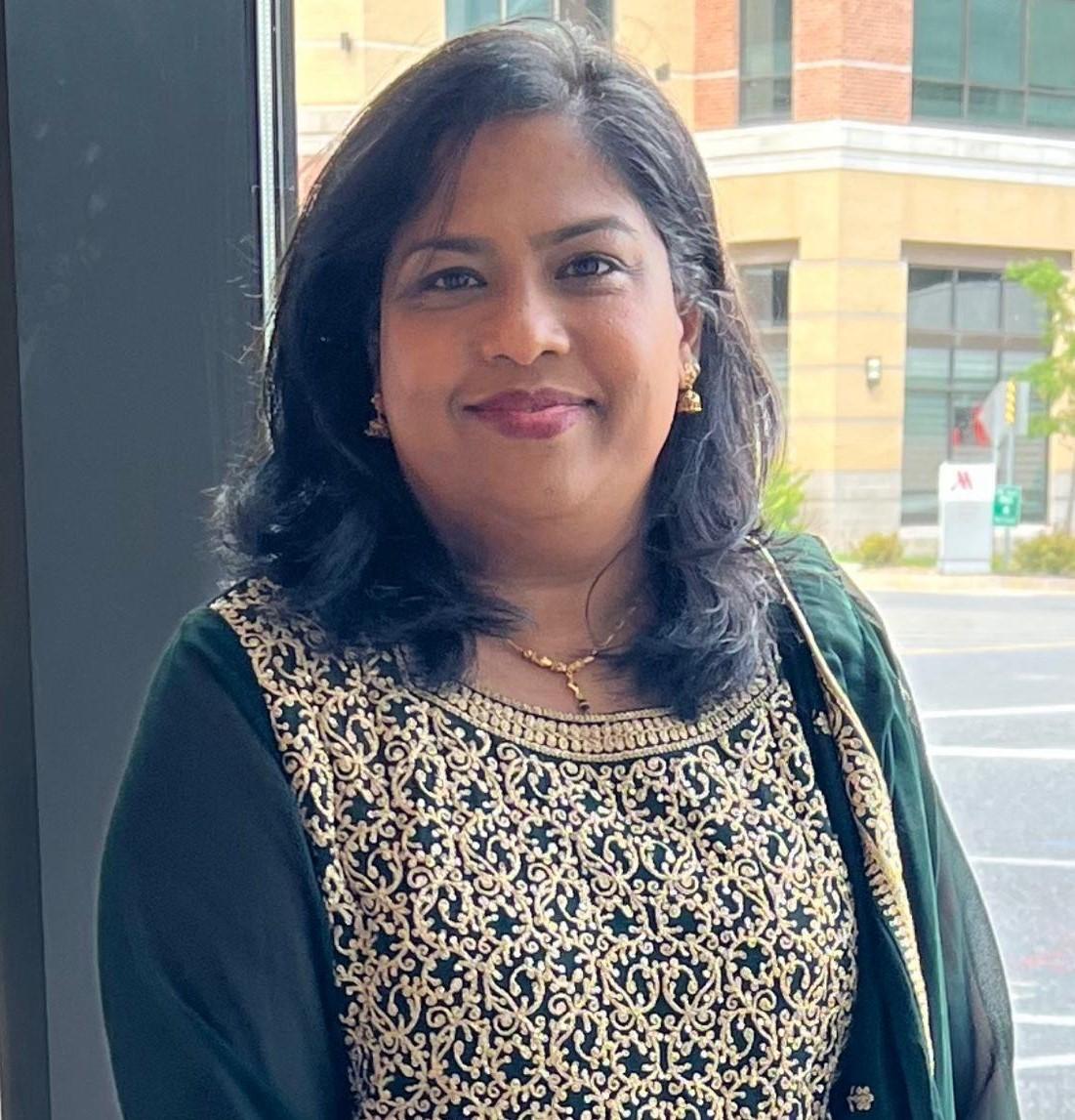 The New York area is currently experiencing a serious blood shortage. According to the American Red Cross, someone in the United States needs a blood transfusion every two seconds. Studies show that one donation of blood can save at least two lives. Many reasons such as accidents, operations, cancer treatment and blood diseases increase the importance of blood donation. According to New York Blood Center blood donation has never been so low in the last 20 years. The current shortage of blood is due to an unprecedented level of drop in donations.
The New York area is currently experiencing a serious blood shortage. According to the American Red Cross, someone in the United States needs a blood transfusion every two seconds. Studies show that one donation of blood can save at least two lives. Many reasons such as accidents, operations, cancer treatment and blood diseases increase the importance of blood donation. According to New York Blood Center blood donation has never been so low in the last 20 years. The current shortage of blood is due to an unprecedented level of drop in donations.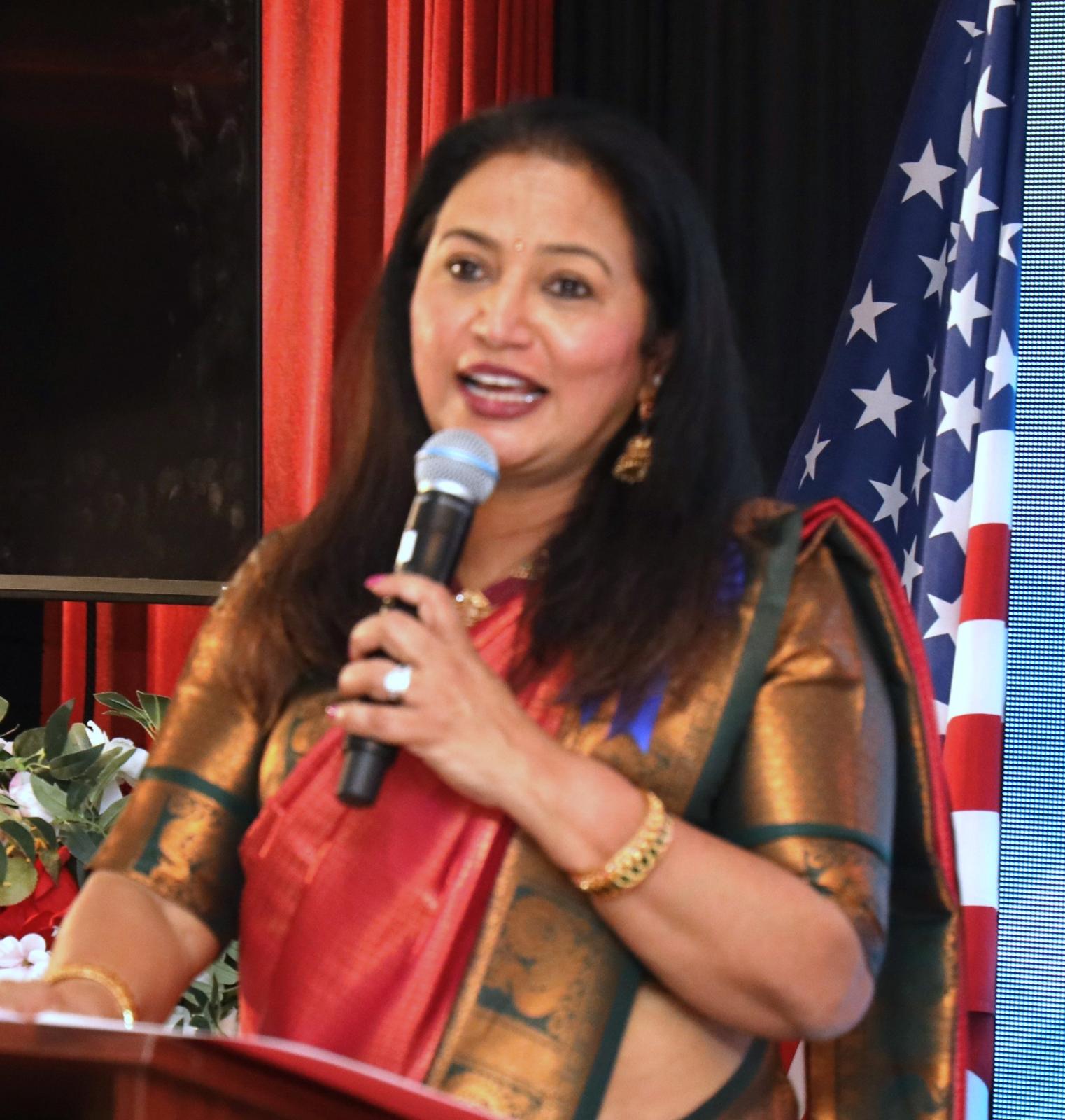 save two or three lives, the preciousness of blood donation increases. Those who come ready to donate blood will be subjected to donation only after being checked and having a blood test done.
save two or three lives, the preciousness of blood donation increases. Those who come ready to donate blood will be subjected to donation only after being checked and having a blood test done.
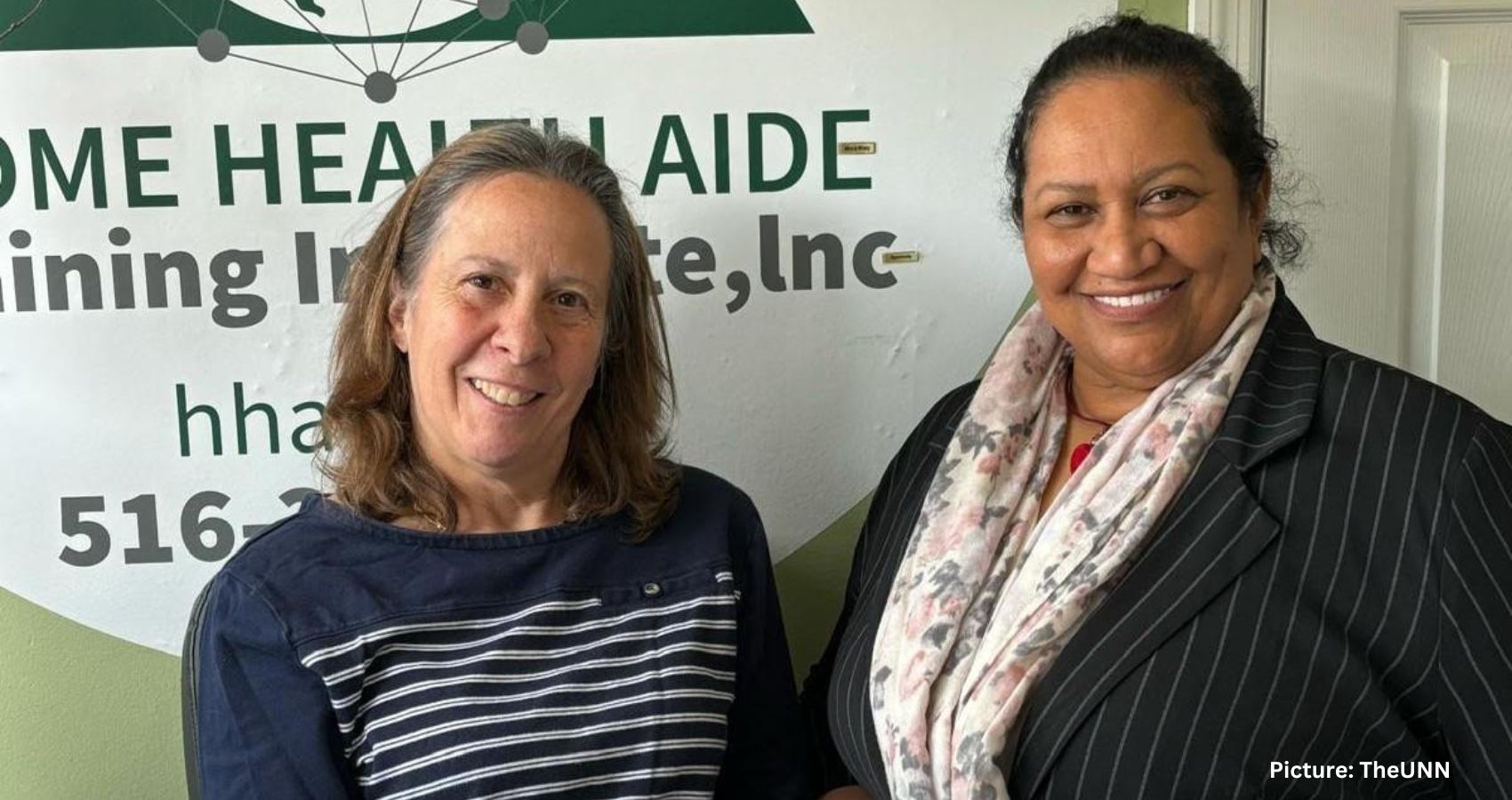
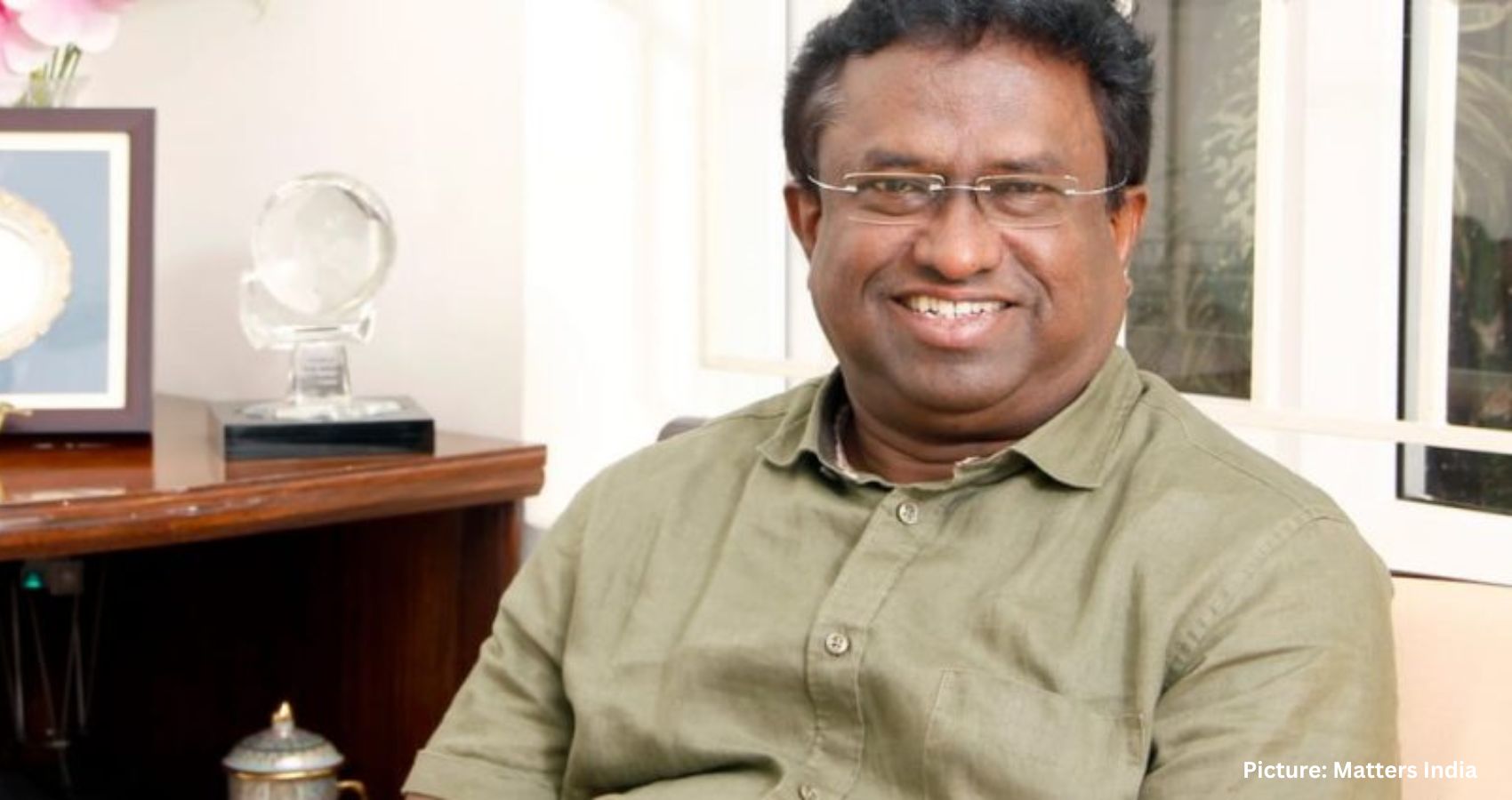

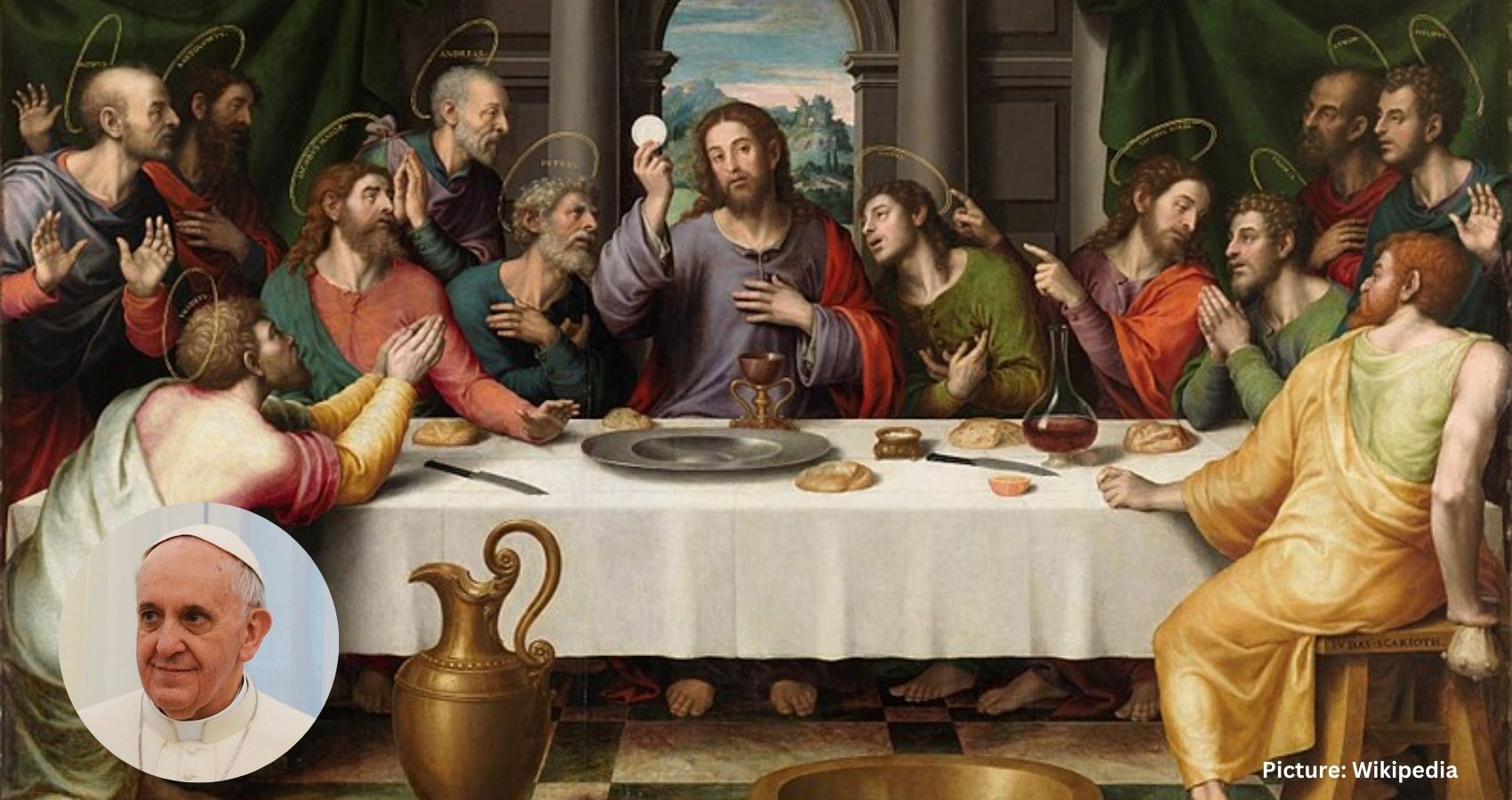
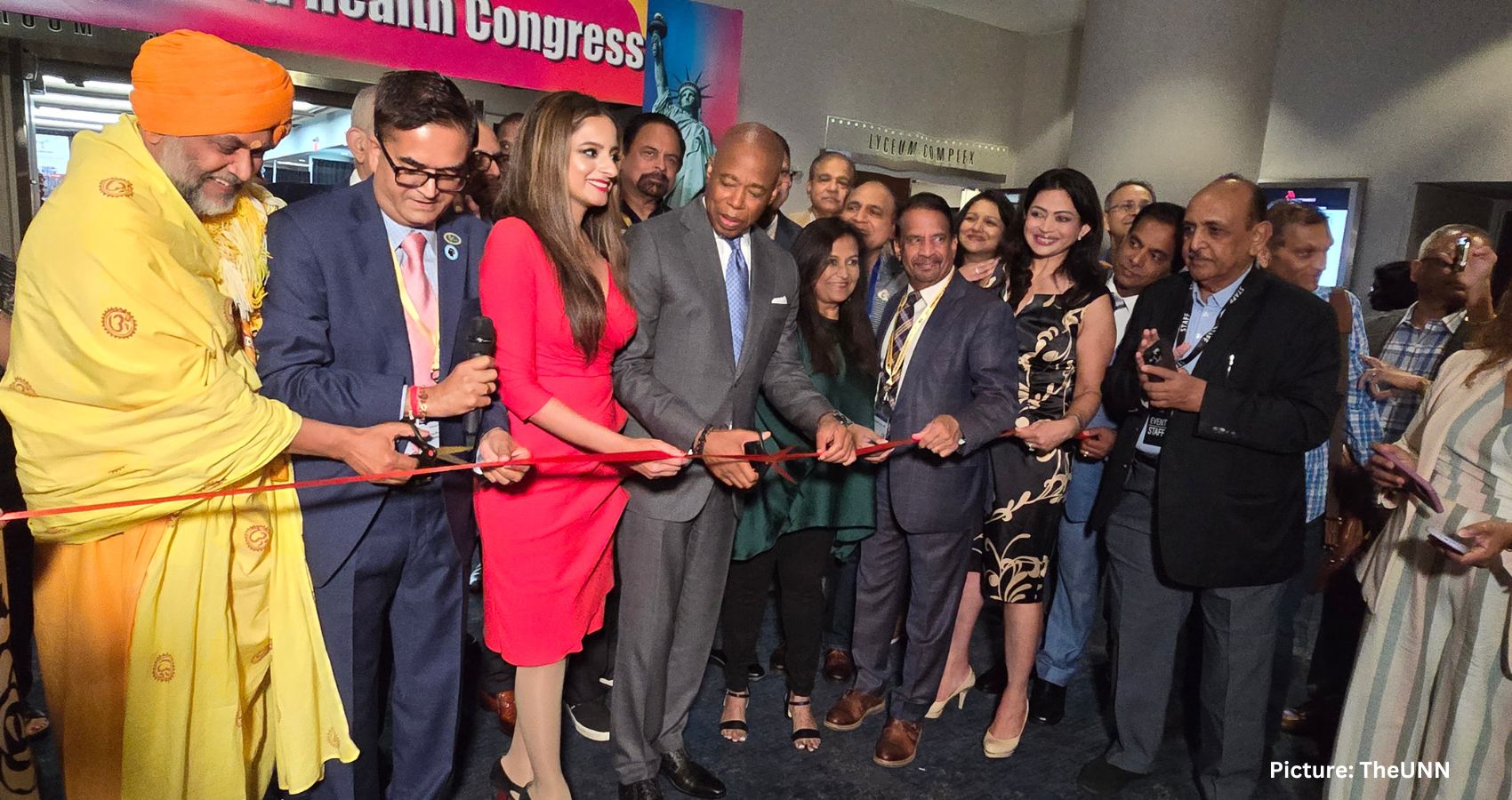
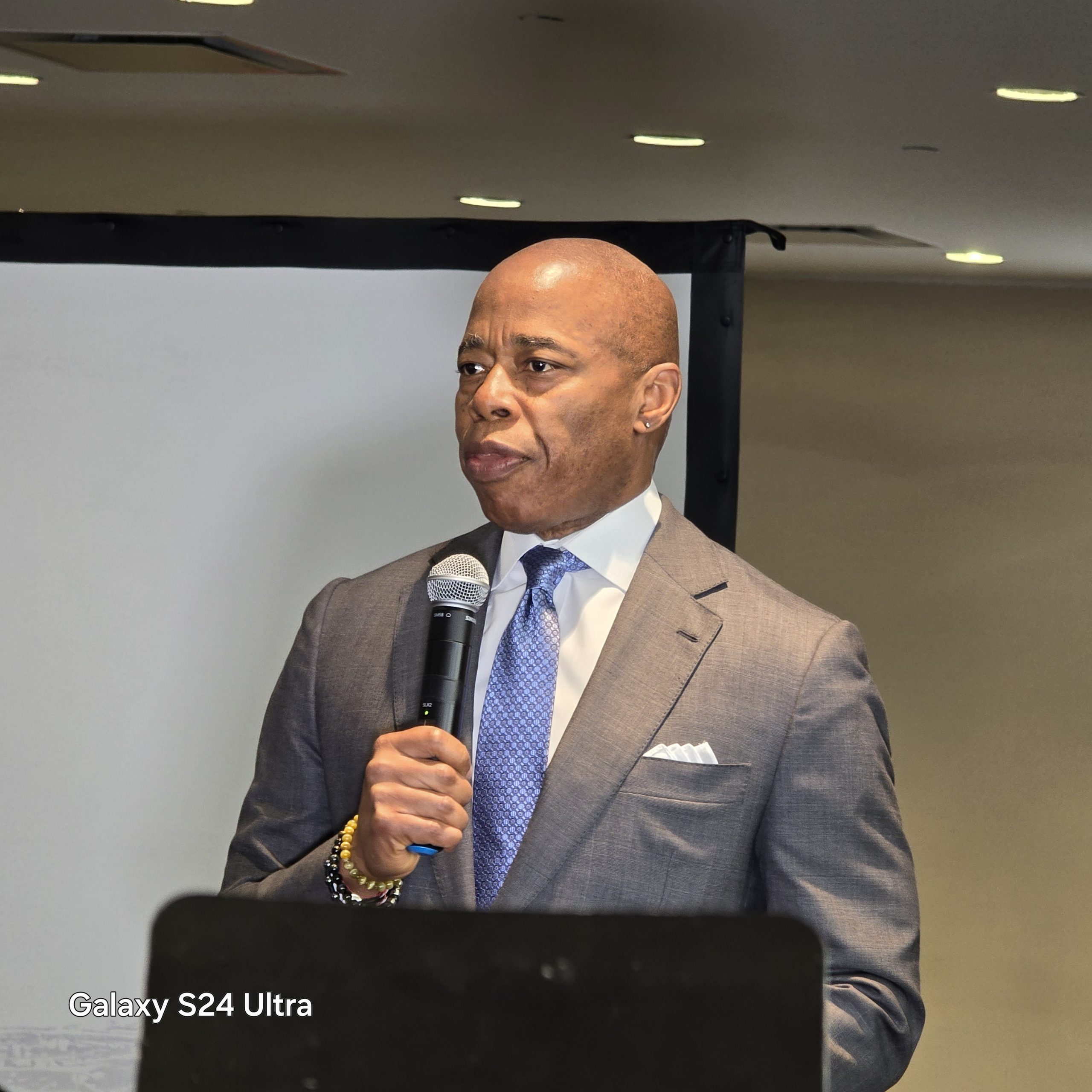 In his brief inaugural address, Adams lauded the contributions of Indian American physicians across the United States, especially during the Covid pandemic. “When you look at the 1000s of physicians across the country, you walk into any hospital, the emergency rooms, especially during COVID, you were present. You were there, and you sacrificed your own health to make sure of the health of this entire country. Your contributions are so rare.”
In his brief inaugural address, Adams lauded the contributions of Indian American physicians across the United States, especially during the Covid pandemic. “When you look at the 1000s of physicians across the country, you walk into any hospital, the emergency rooms, especially during COVID, you were present. You were there, and you sacrificed your own health to make sure of the health of this entire country. Your contributions are so rare.” Physician, Author, and Professor Emeritus of cardiothoracic surgery at Columbia University; Smriti Zubin Irani, an Indian politician and former actress, fashion model, and television producer. She has been Minister of Women and Child Development since 2019, and also Minister of Minority Affairs since 2022; Mansukh Laxmanbhai Mandaviya is an Indian politician currently serving as the Minister of Health and Family Welfare and Chemicals and Fertilizers of India. He is also a Rajya Sabha member from Gujarat; Dr. Jesse Menachem Ehrenfeld, President of the American Medical Association and Professor of Anesthesiology at the Medical College of Wisconsin.; and, Dr. Vivek Hallegere Murthy, a vice admiral in the United States Public Health Service Commissioned Corps who has served as the 19th and 21st Surgeon General of the United States under Presidents Barack Obama, Donald Trump, and Joe Biden.
Physician, Author, and Professor Emeritus of cardiothoracic surgery at Columbia University; Smriti Zubin Irani, an Indian politician and former actress, fashion model, and television producer. She has been Minister of Women and Child Development since 2019, and also Minister of Minority Affairs since 2022; Mansukh Laxmanbhai Mandaviya is an Indian politician currently serving as the Minister of Health and Family Welfare and Chemicals and Fertilizers of India. He is also a Rajya Sabha member from Gujarat; Dr. Jesse Menachem Ehrenfeld, President of the American Medical Association and Professor of Anesthesiology at the Medical College of Wisconsin.; and, Dr. Vivek Hallegere Murthy, a vice admiral in the United States Public Health Service Commissioned Corps who has served as the 19th and 21st Surgeon General of the United States under Presidents Barack Obama, Donald Trump, and Joe Biden. The World Congress has, among many others, sessions on cutting-edge research and CMEs, promoting business relationships, and display the ethnic items. Artificial Intelligence (AI) is the prime focus of our World Health Congress. There will be entertainment features for children, performances by singer Atul Purohit and a comedy show by Kapil Sharma, Live entertainment by Javed Ali and Atif Aslam, Traditional Garba, Bollywood Film Festival, and a fashion show.
The World Congress has, among many others, sessions on cutting-edge research and CMEs, promoting business relationships, and display the ethnic items. Artificial Intelligence (AI) is the prime focus of our World Health Congress. There will be entertainment features for children, performances by singer Atul Purohit and a comedy show by Kapil Sharma, Live entertainment by Javed Ali and Atif Aslam, Traditional Garba, Bollywood Film Festival, and a fashion show.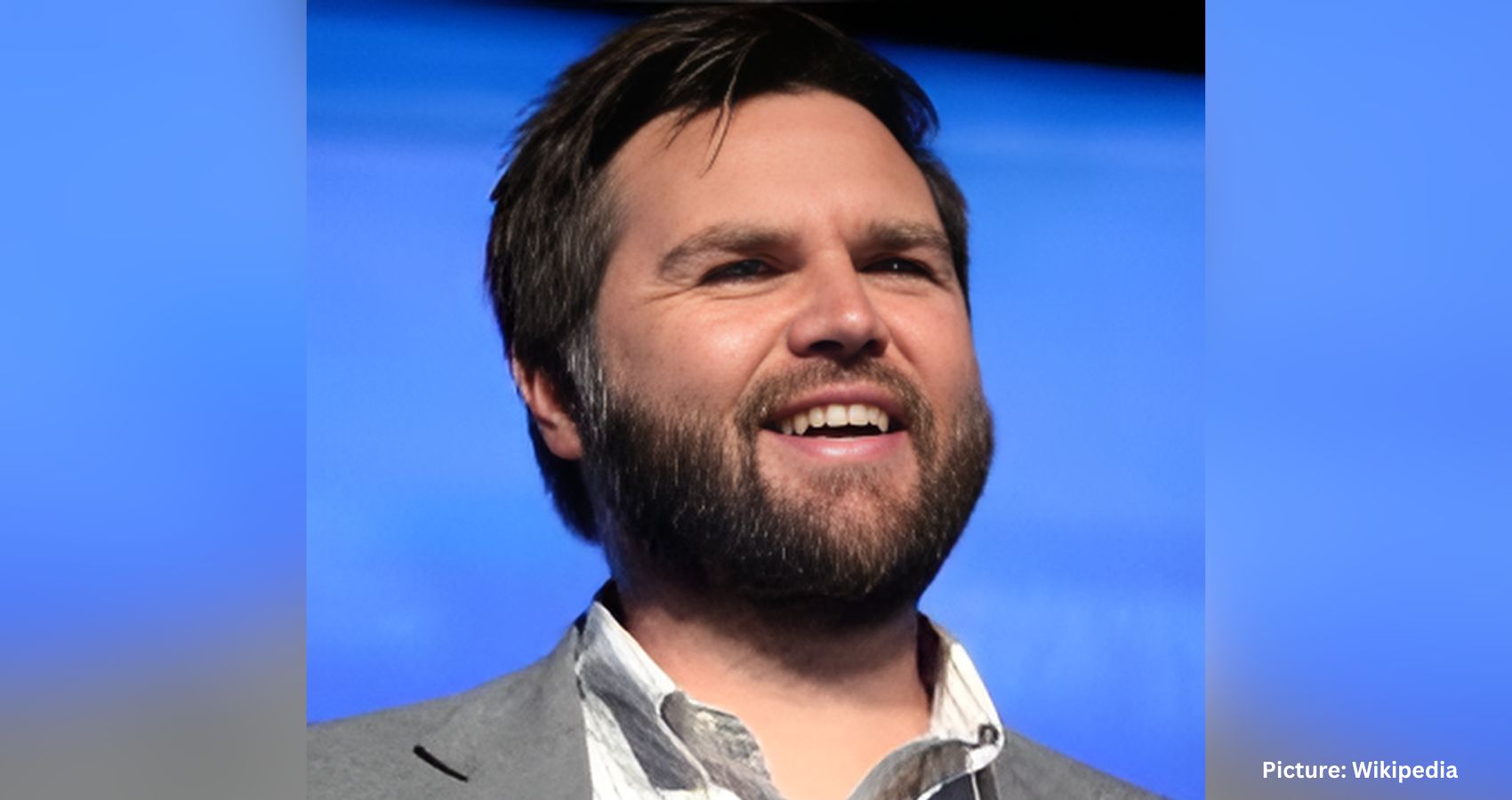
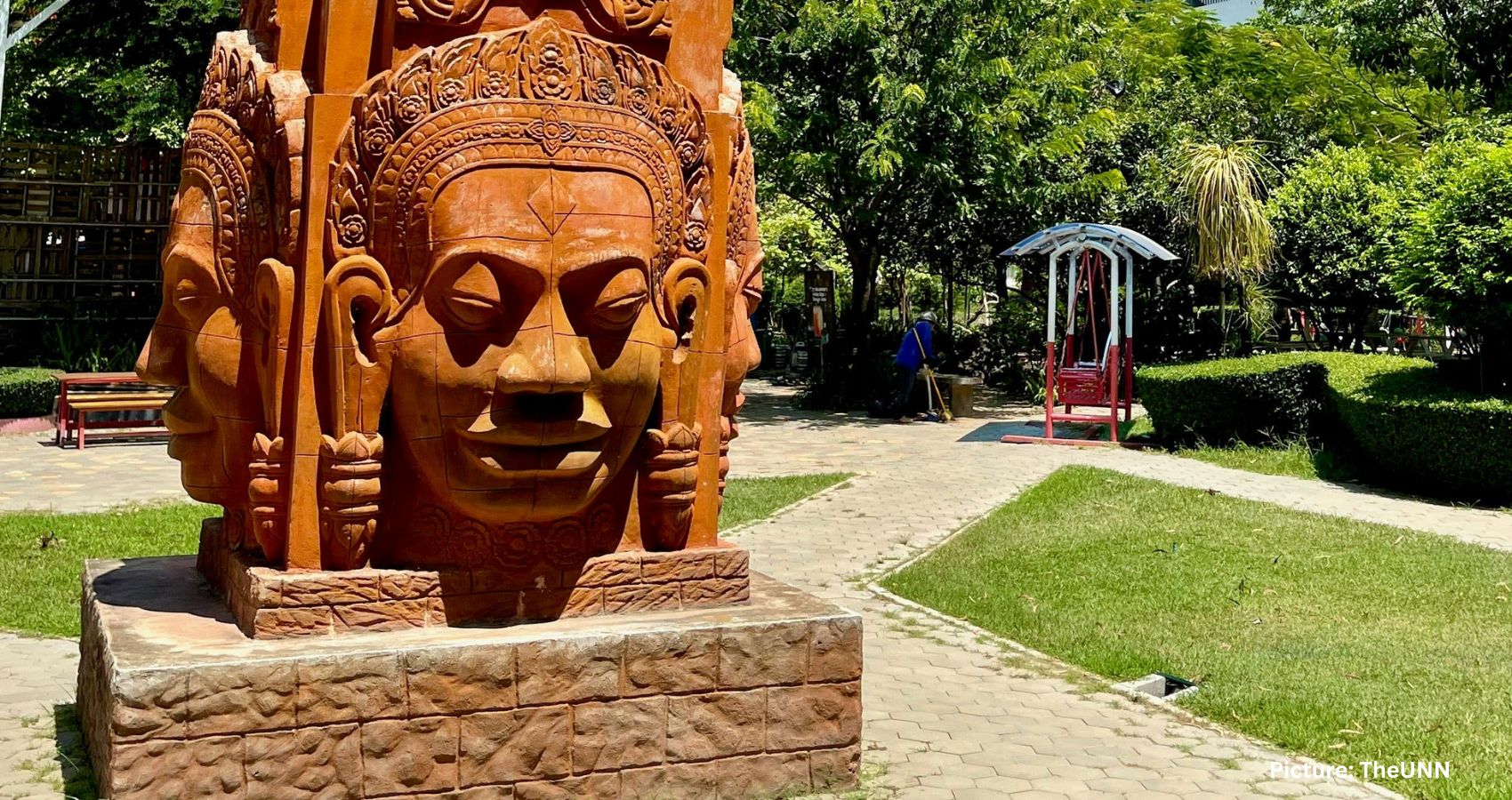



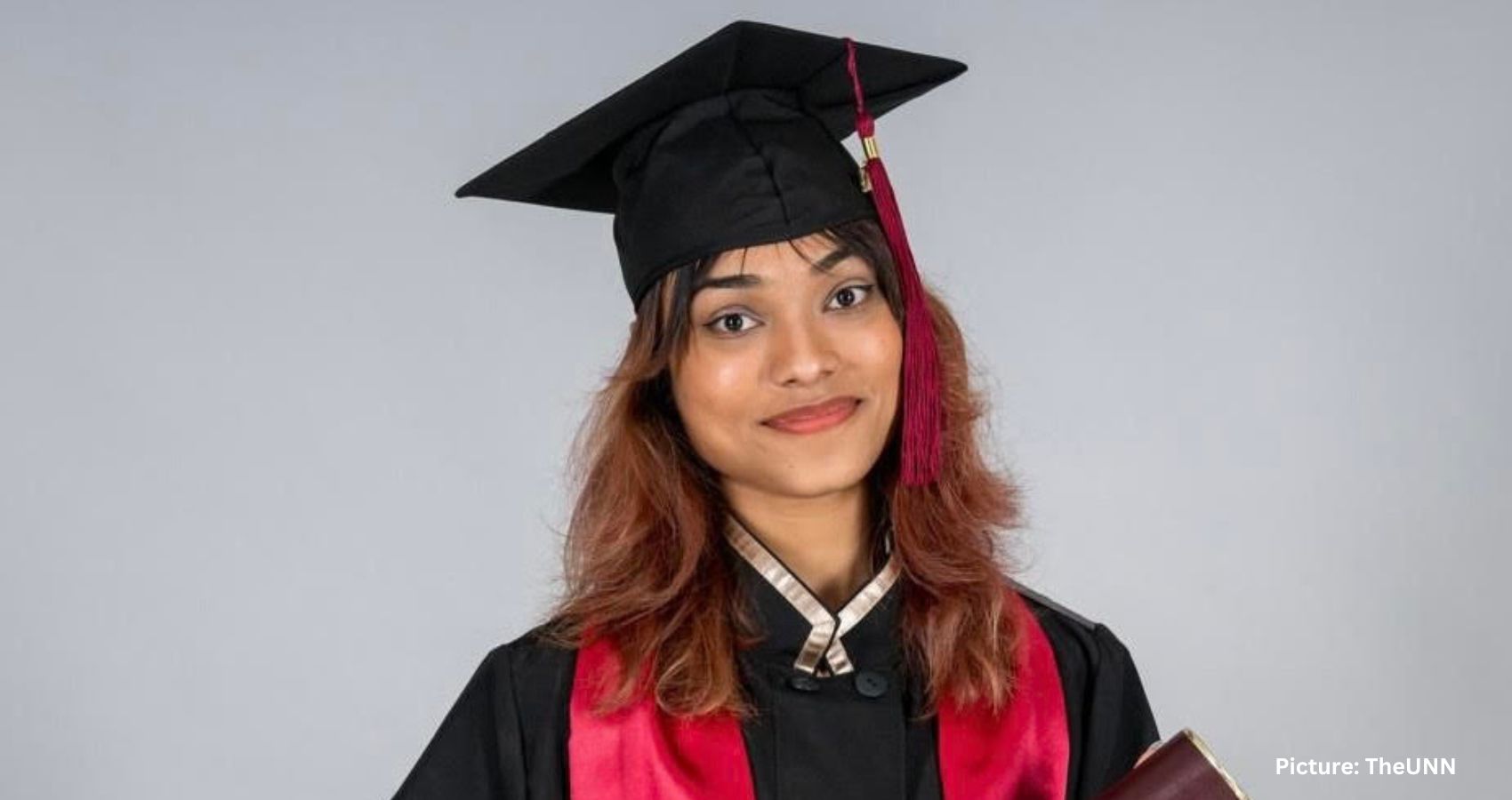
 A young Malayali woman, Minta Rose Santy, ranked fourth globally, out if the One hundred seventy-one young medical doctors from 16 countries Italy, India, Great Britain, Germany, Greece, Finland, Canada, Bangladesh, Ireland, Pakistan, Spain, Portugal, Turkey, Iraq, Netherlands, and Zimbabwe completed their studies at the graduation ceremony held last week in Bulgaria-Plavan.
A young Malayali woman, Minta Rose Santy, ranked fourth globally, out if the One hundred seventy-one young medical doctors from 16 countries Italy, India, Great Britain, Germany, Greece, Finland, Canada, Bangladesh, Ireland, Pakistan, Spain, Portugal, Turkey, Iraq, Netherlands, and Zimbabwe completed their studies at the graduation ceremony held last week in Bulgaria-Plavan. Minta Rose Santi, a native of Kothamangalam, has achieved the rare feat of honors and fourth rank. This is also a proud moment for Malayalis all over the world. This young doctor is the daughter of Kothamangalam Thekilakat Kudumbayogam Secretary, Global Indian Council Ambassador, and Director of Thodupuzha Global Indian Public School Mr.Santy Mathew Madappattu. Mother Lovely Santy, Siblings – Linta Maria Santy (Engineer – Bank Officer in Switzerland) and Emmanuel M Santy (IT Student – Canada), who completed 6 years of studies and graduated with Honors, Minta is also the winner of the “Best Student of the Year” award of the University 2023. Also, Minta Rose has become the First in Asia and the fourth winner globally.
Minta Rose Santi, a native of Kothamangalam, has achieved the rare feat of honors and fourth rank. This is also a proud moment for Malayalis all over the world. This young doctor is the daughter of Kothamangalam Thekilakat Kudumbayogam Secretary, Global Indian Council Ambassador, and Director of Thodupuzha Global Indian Public School Mr.Santy Mathew Madappattu. Mother Lovely Santy, Siblings – Linta Maria Santy (Engineer – Bank Officer in Switzerland) and Emmanuel M Santy (IT Student – Canada), who completed 6 years of studies and graduated with Honors, Minta is also the winner of the “Best Student of the Year” award of the University 2023. Also, Minta Rose has become the First in Asia and the fourth winner globally.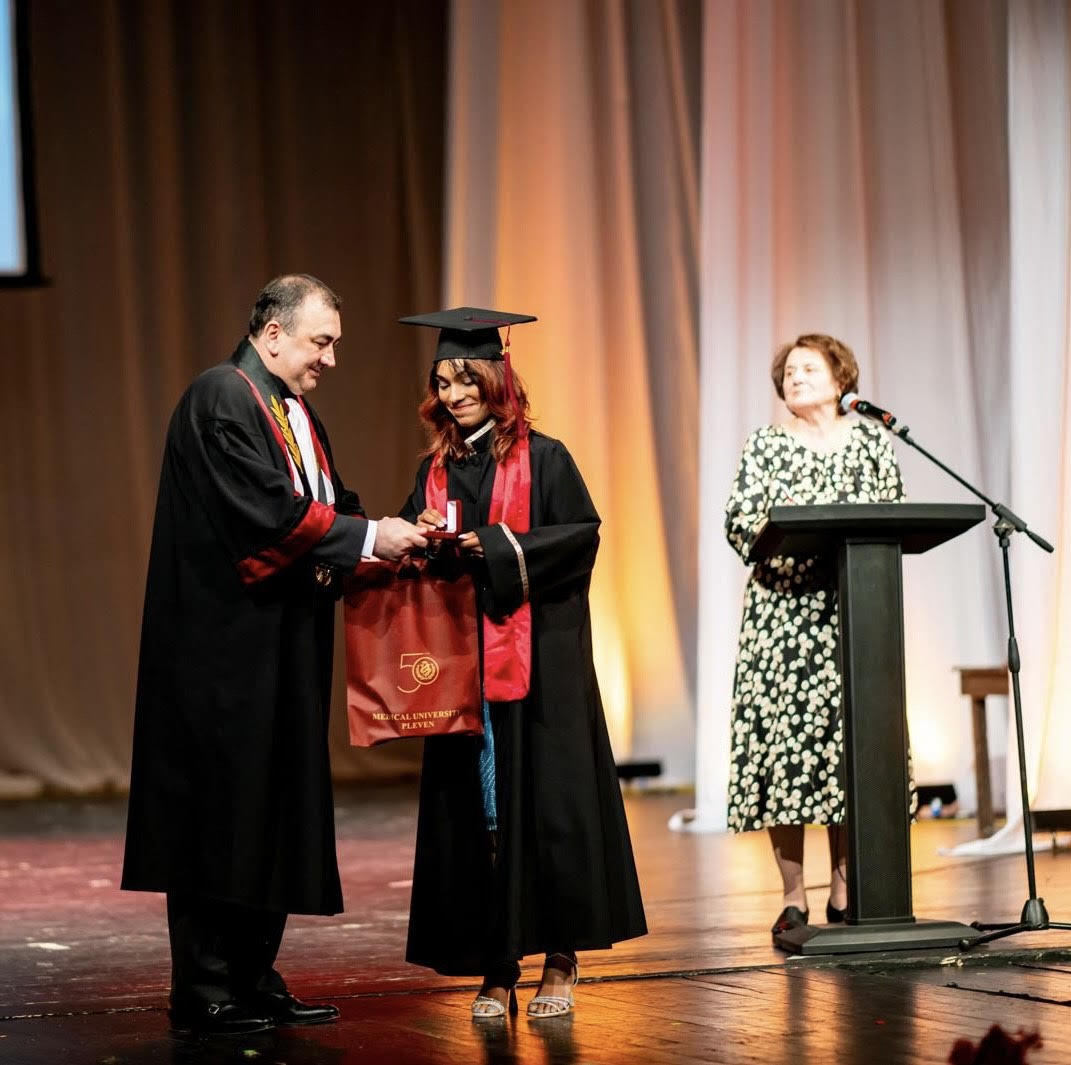
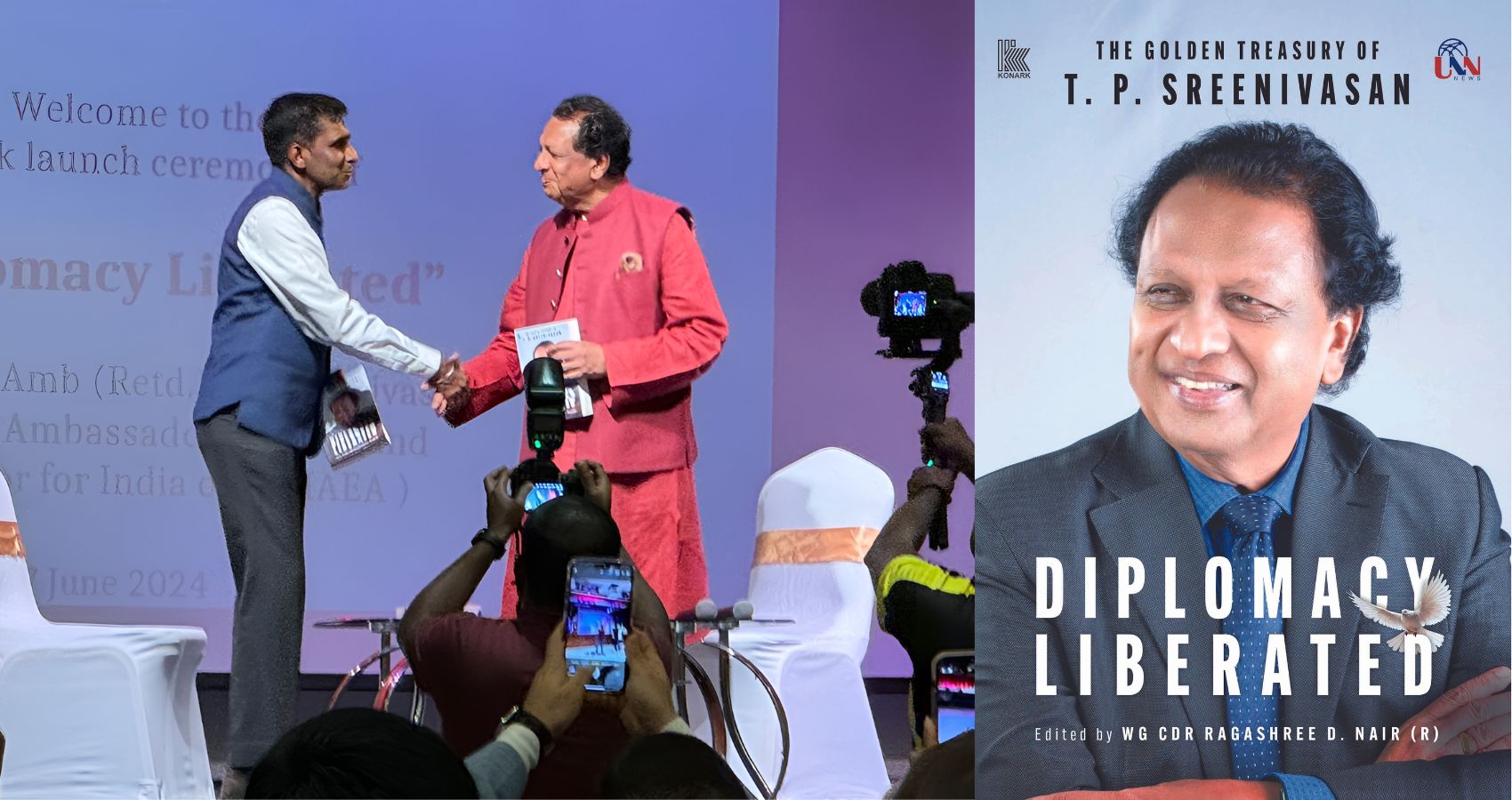
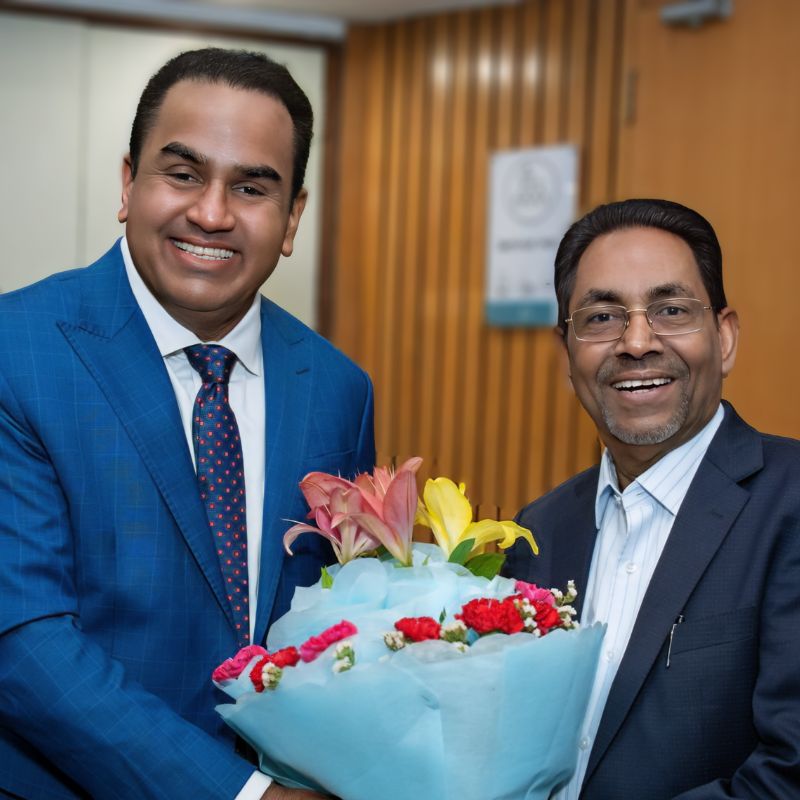 Ambassador Sreenivasan’s new anthology, meticulously edited by Wing Commander Ragashree D. Nair (Retd) offers an unparalleled insight into the complex world of diplomacy. Spanning over two decades of insightful essays and personal reflections, the book delves into pivotal geopolitical events and diplomatic challenges that have shaped modern international relations.
Ambassador Sreenivasan’s new anthology, meticulously edited by Wing Commander Ragashree D. Nair (Retd) offers an unparalleled insight into the complex world of diplomacy. Spanning over two decades of insightful essays and personal reflections, the book delves into pivotal geopolitical events and diplomatic challenges that have shaped modern international relations.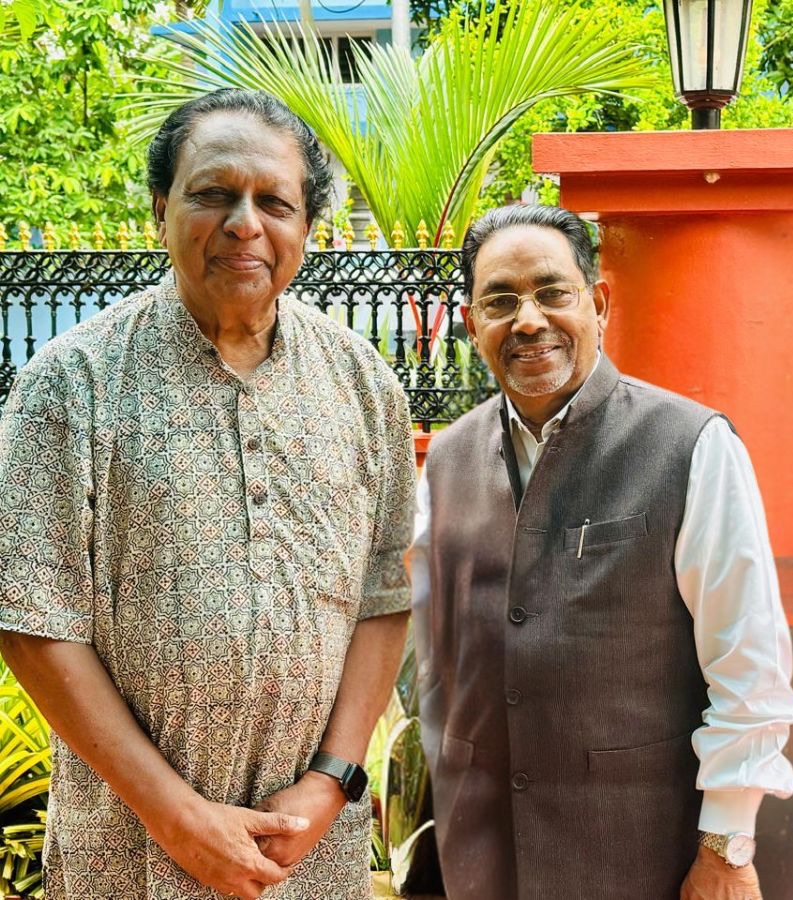 In “Diplomacy Liberated,” readers will find a treasure trove of wisdom, analysis, and personal reflections that are both enlightening and engaging. The anthology not only chronicles past events but also offers valuable insights into present and future trajectories of global diplomacy. It is a golden treasury of diplomatic wisdom that will remain relevant and influential for years to come.
In “Diplomacy Liberated,” readers will find a treasure trove of wisdom, analysis, and personal reflections that are both enlightening and engaging. The anthology not only chronicles past events but also offers valuable insights into present and future trajectories of global diplomacy. It is a golden treasury of diplomatic wisdom that will remain relevant and influential for years to come.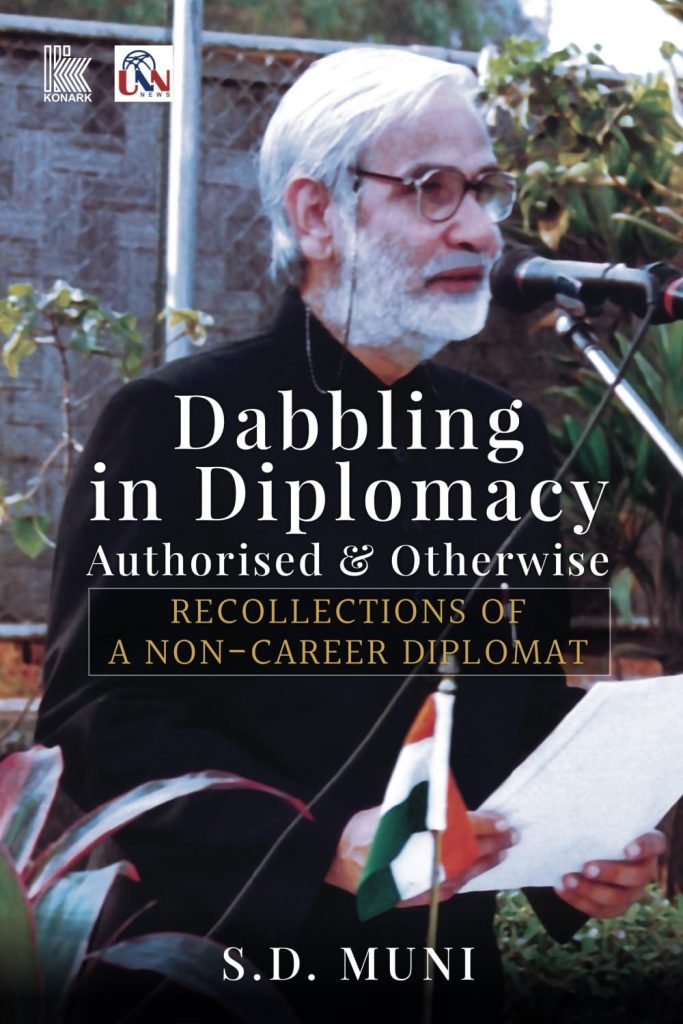

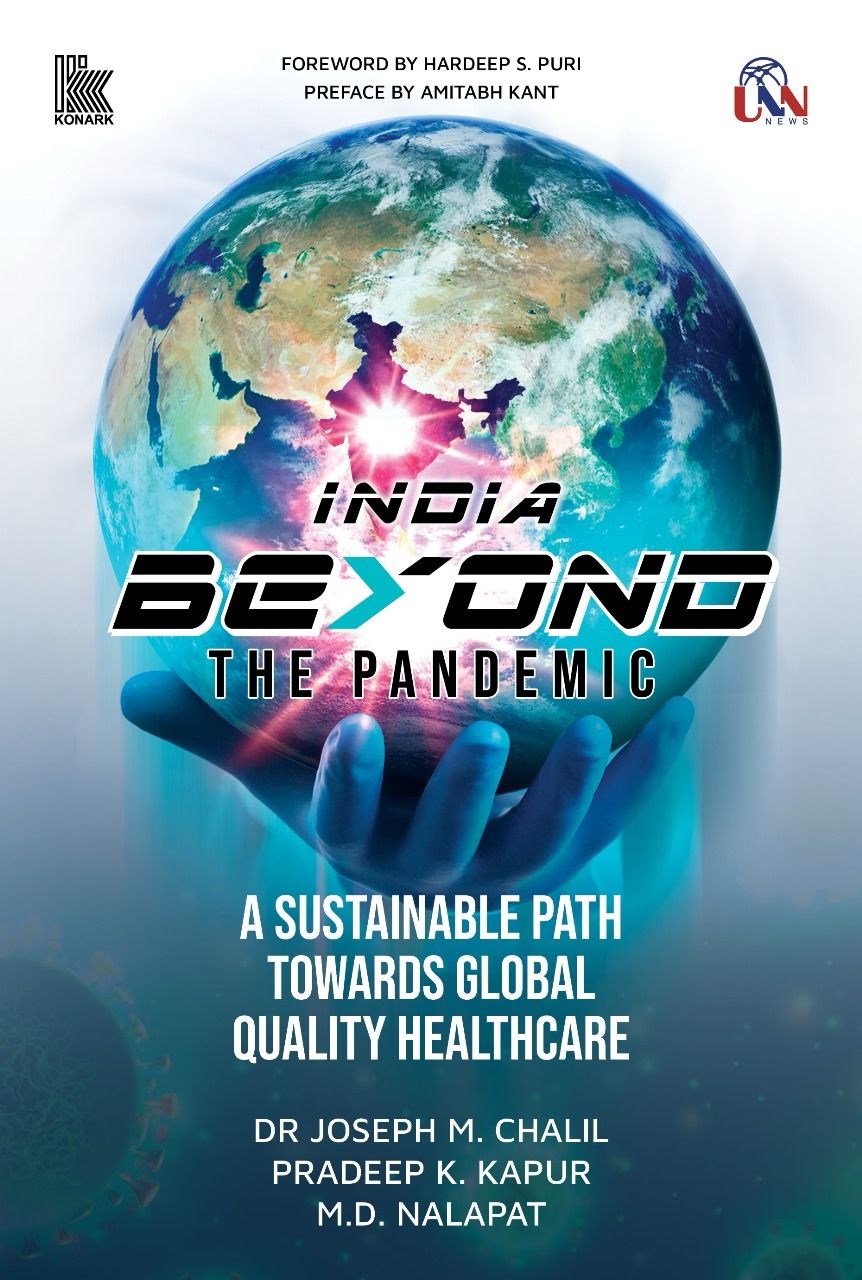
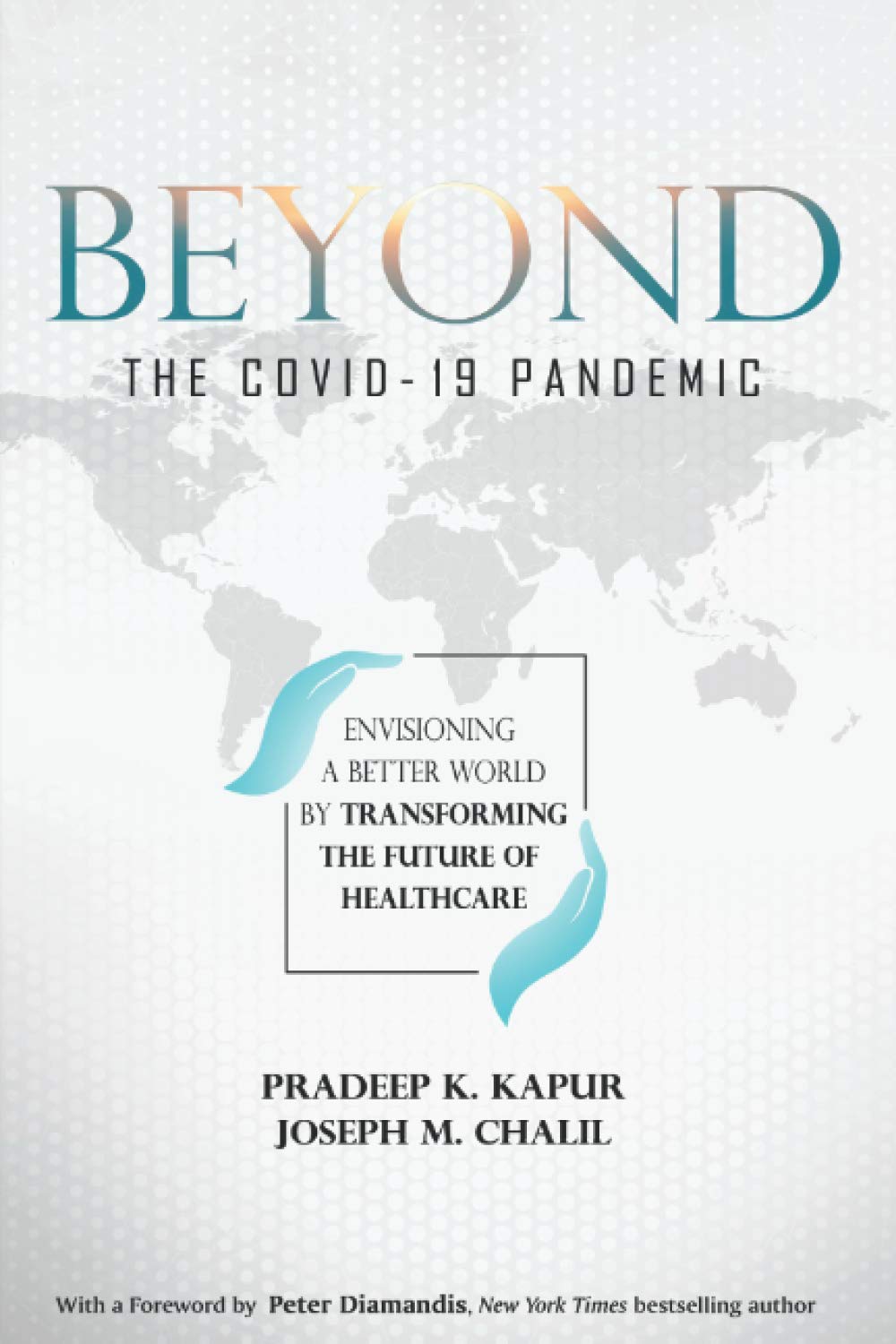
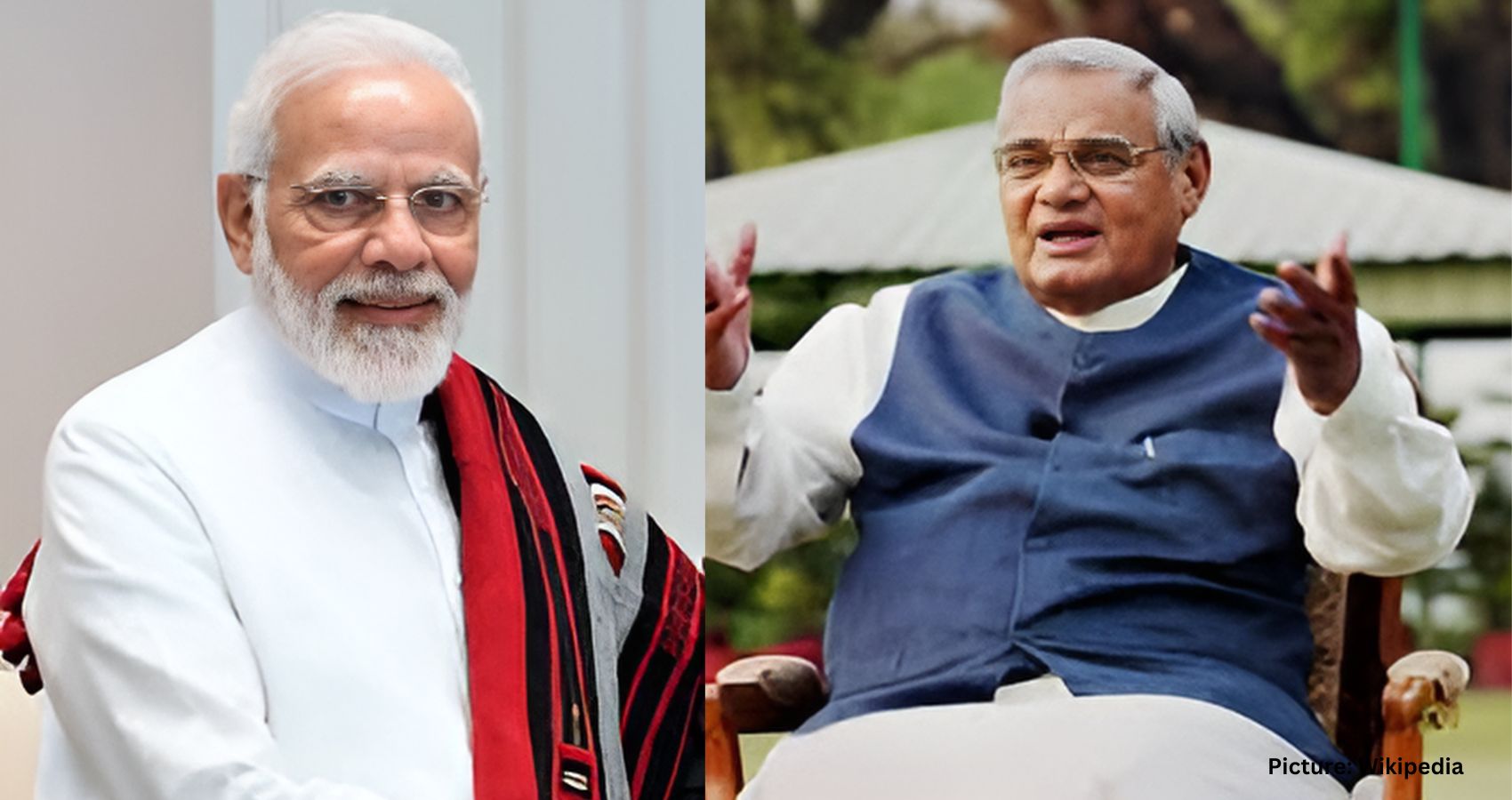









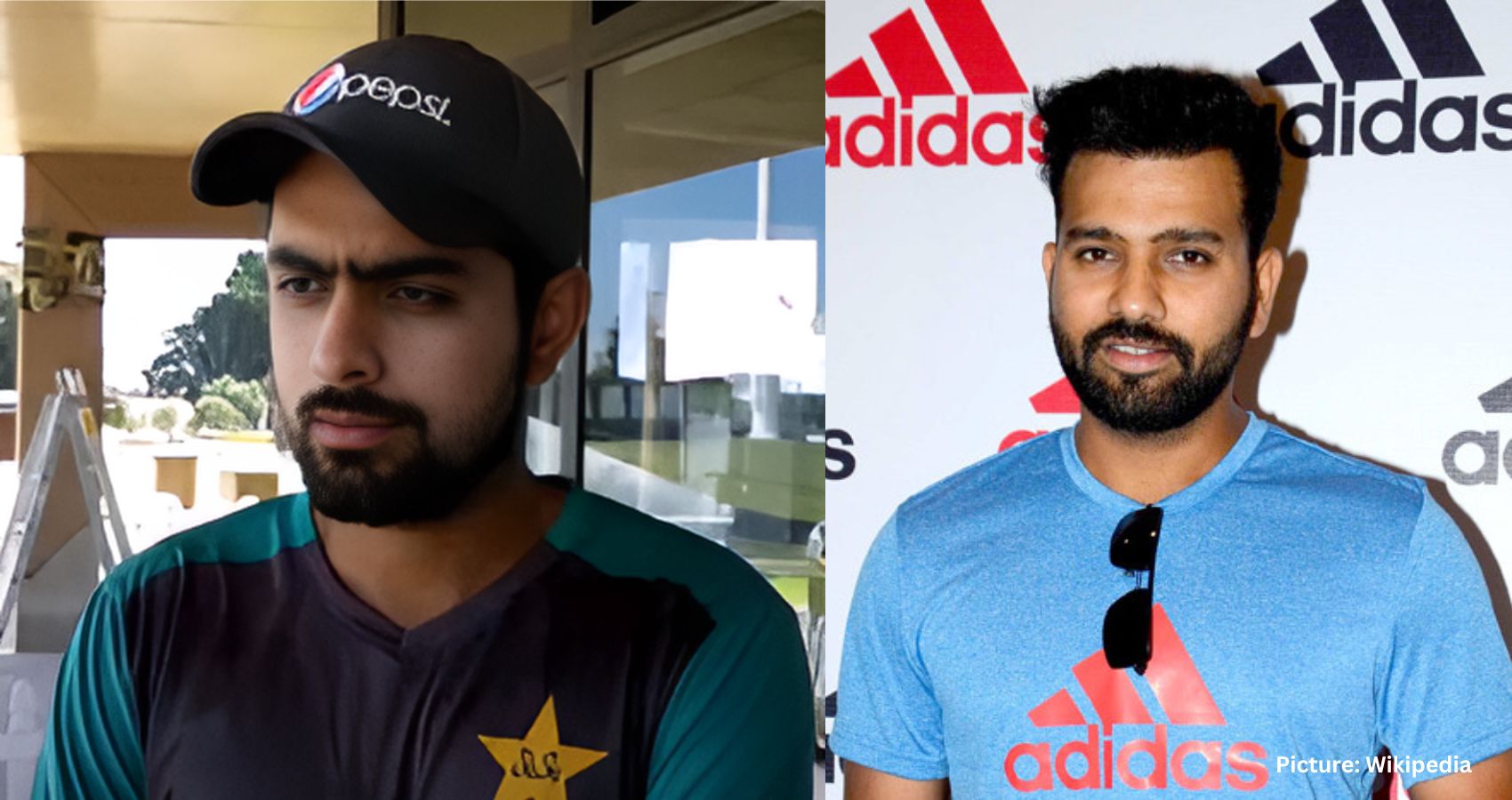


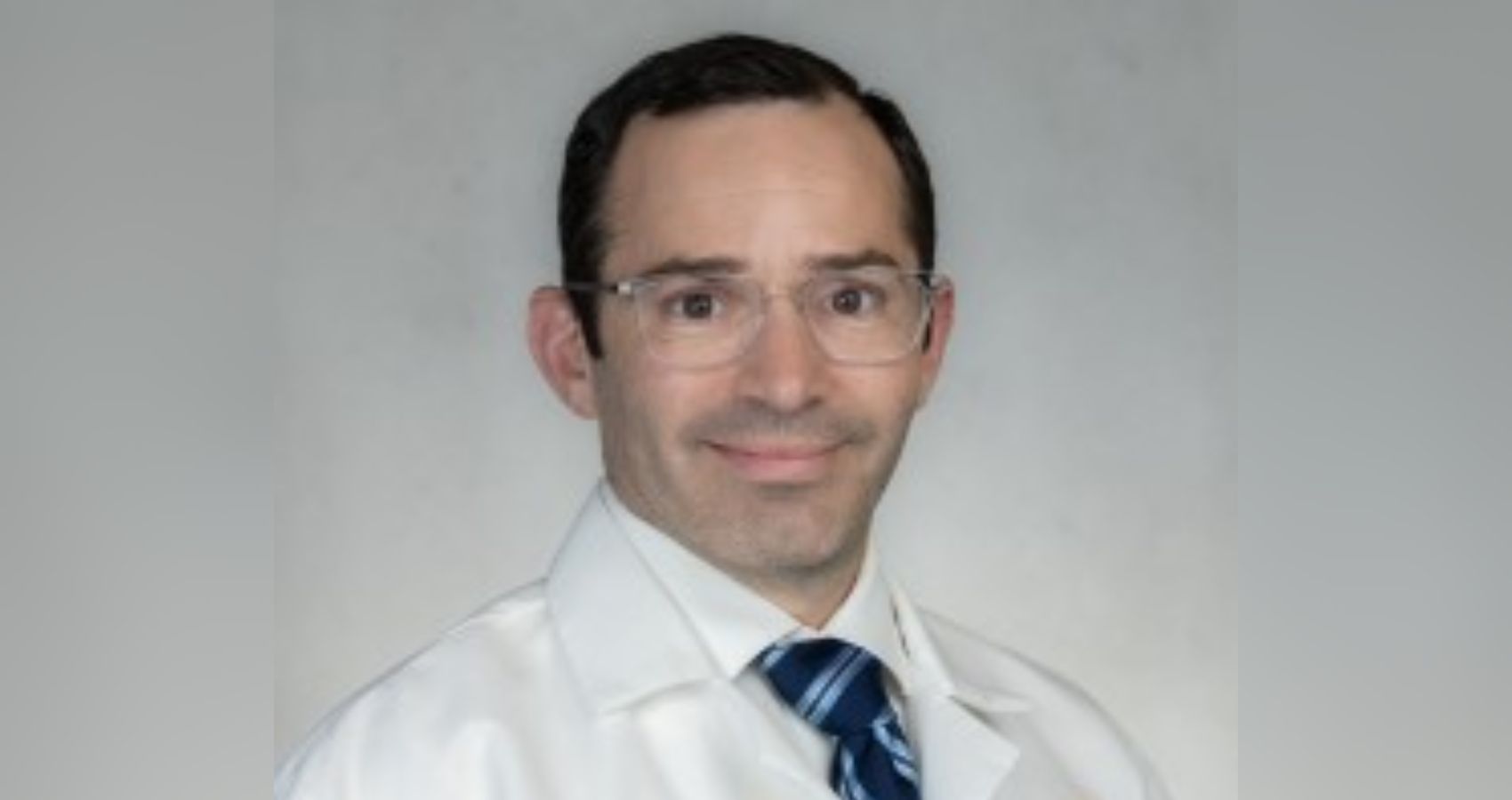





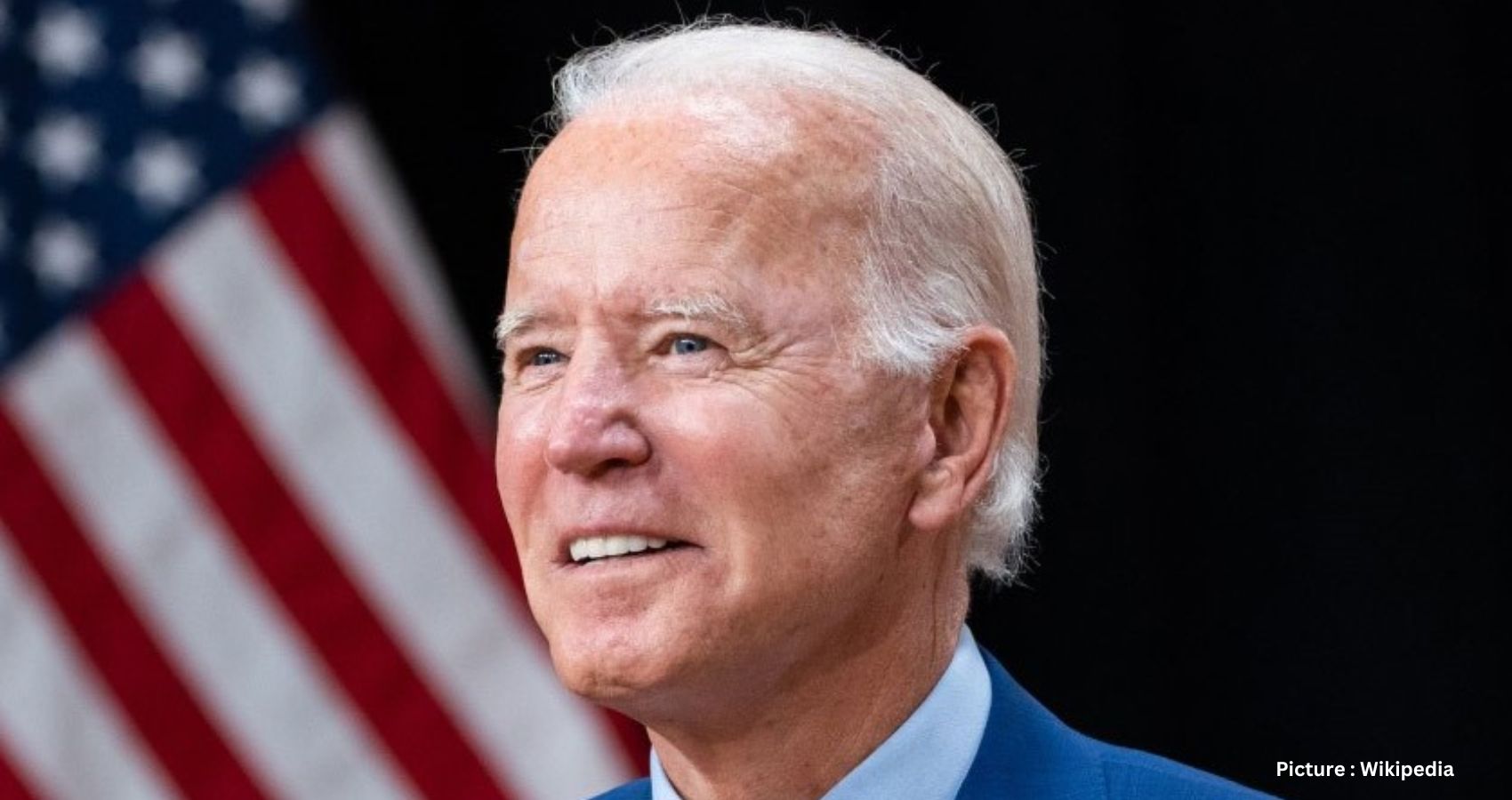

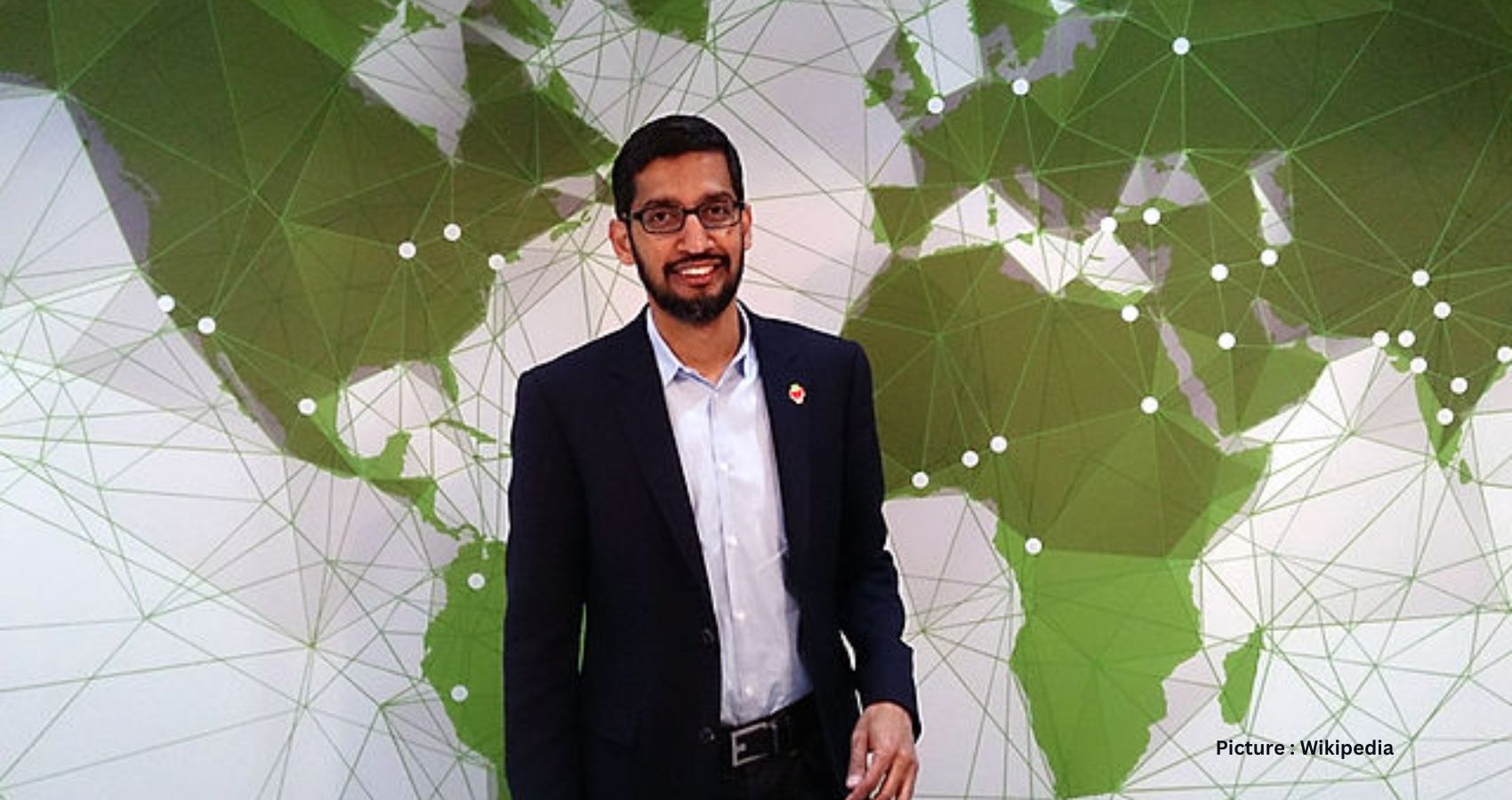

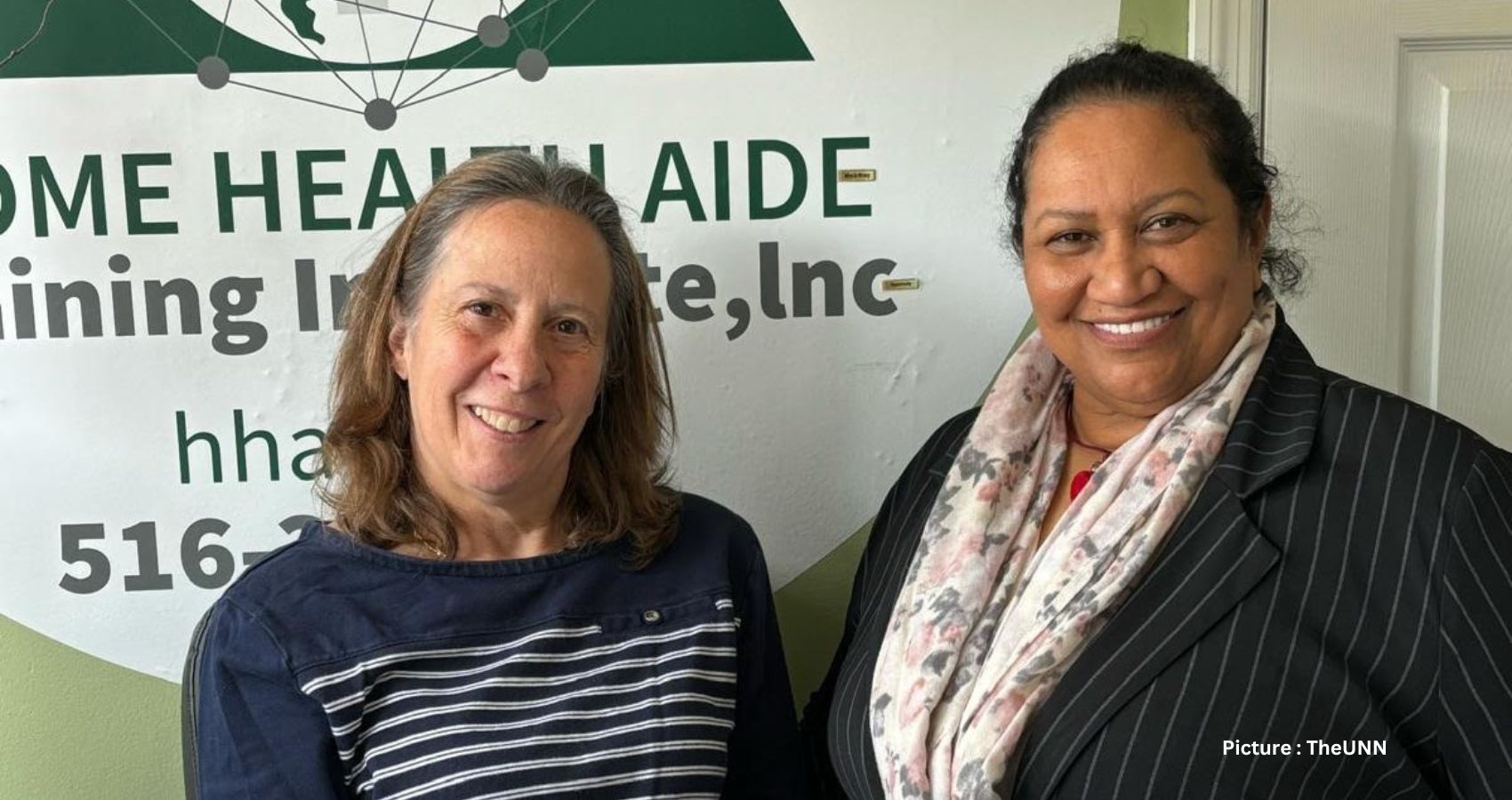
 The New York area is currently experiencing a serious blood shortage. According to the American Red Cross, someone in the United States needs a blood transfusion every two seconds. Studies show that one donation of blood can save at least two lives. Many reasons such as accidents, operations, cancer treatment and blood diseases increase the importance of blood donation. According to New York Blood Center blood donation has never been so low in the last 20 years. The current shortage of blood is due to an unprecedented level of drop in donations.
The New York area is currently experiencing a serious blood shortage. According to the American Red Cross, someone in the United States needs a blood transfusion every two seconds. Studies show that one donation of blood can save at least two lives. Many reasons such as accidents, operations, cancer treatment and blood diseases increase the importance of blood donation. According to New York Blood Center blood donation has never been so low in the last 20 years. The current shortage of blood is due to an unprecedented level of drop in donations.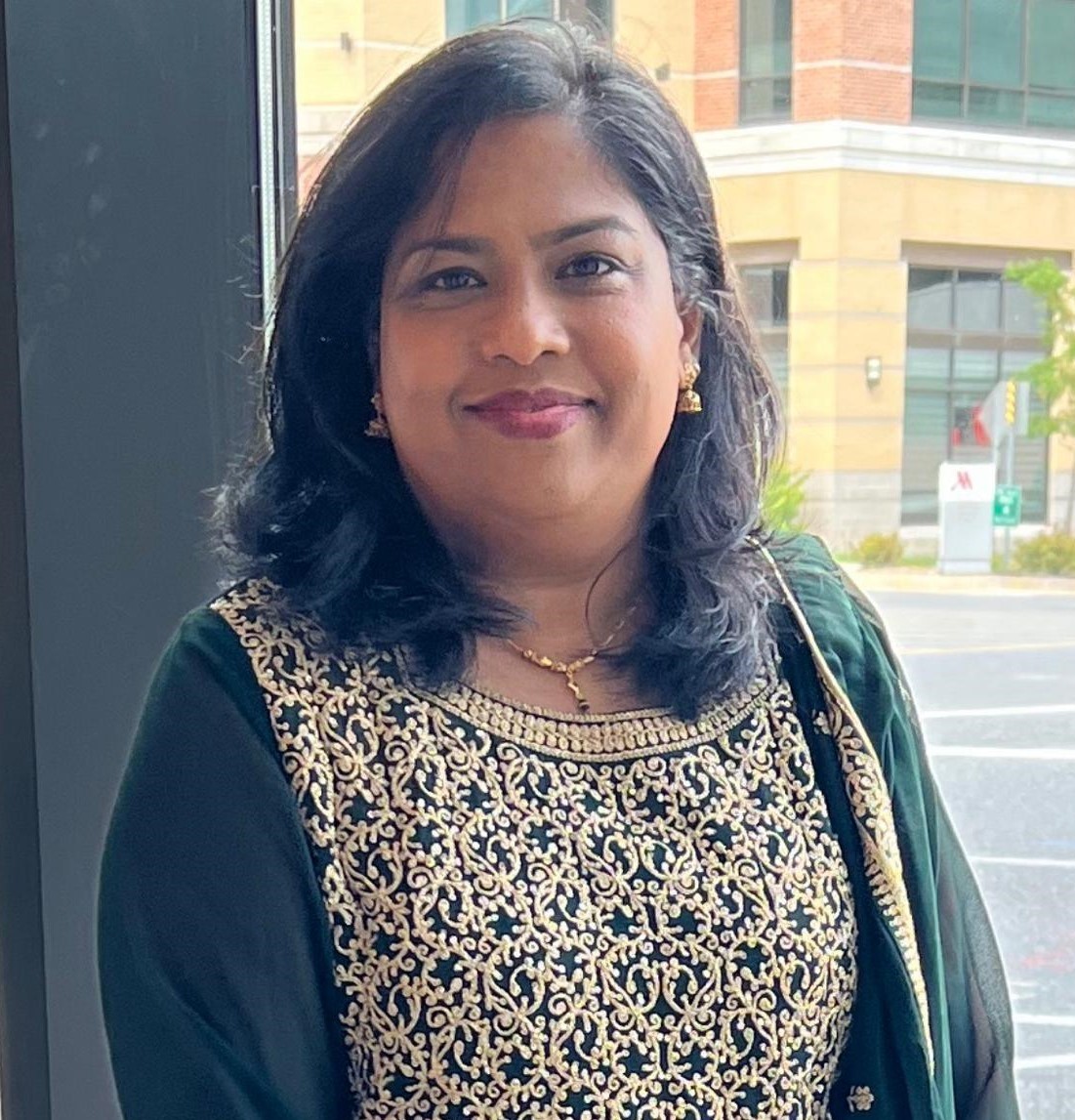 for testing at the doctor’s office, hospital, etc. Some find it difficult to spend time to donate. Yes, it takes about forty-five minutes to an hour for a single donation of blood. But, when we consider spending an hour spent by us saves two or three lives, or the significant difference and impact our donation makes, it takes us to a different level of invaluable gratification.
for testing at the doctor’s office, hospital, etc. Some find it difficult to spend time to donate. Yes, it takes about forty-five minutes to an hour for a single donation of blood. But, when we consider spending an hour spent by us saves two or three lives, or the significant difference and impact our donation makes, it takes us to a different level of invaluable gratification.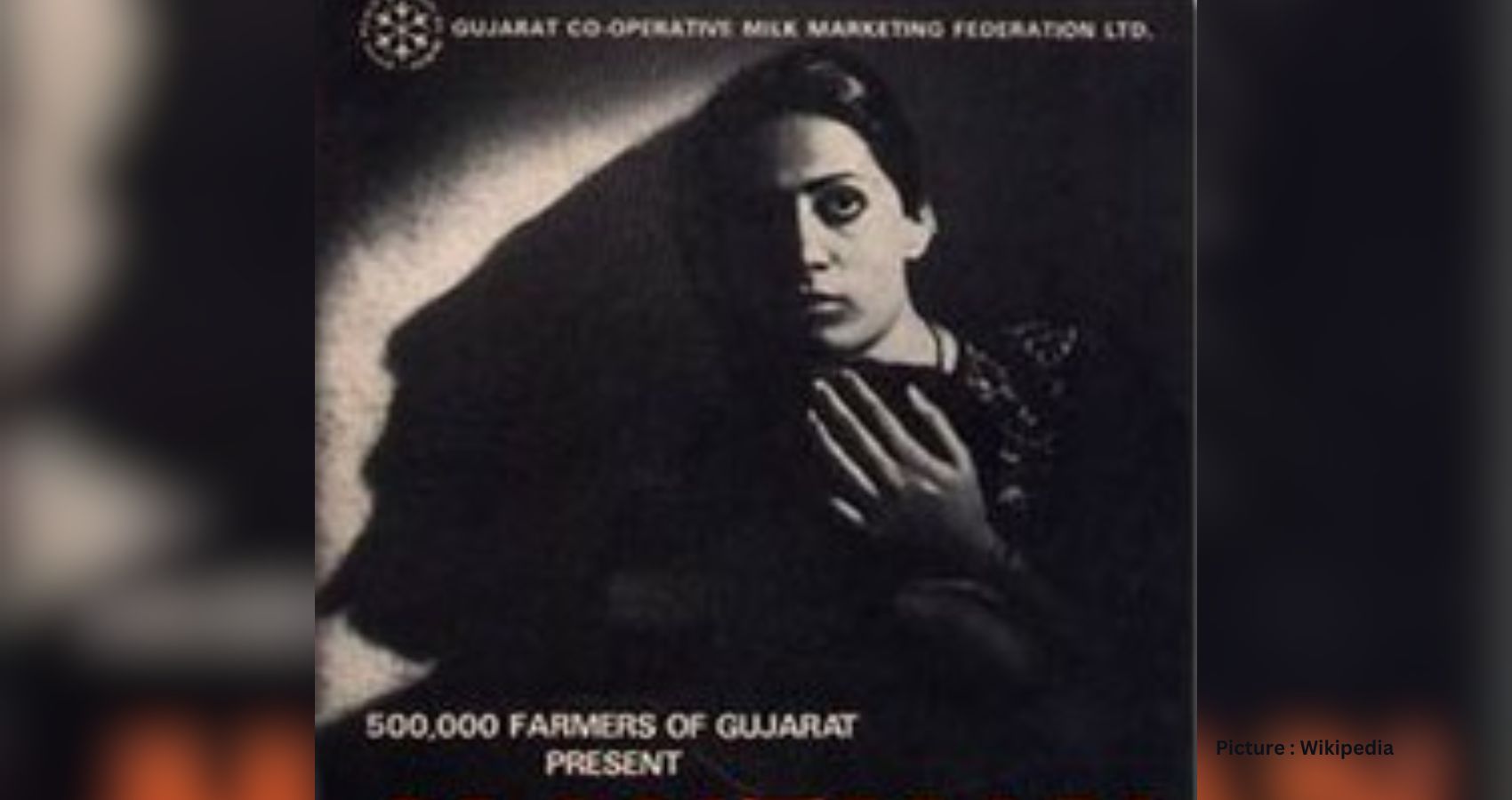
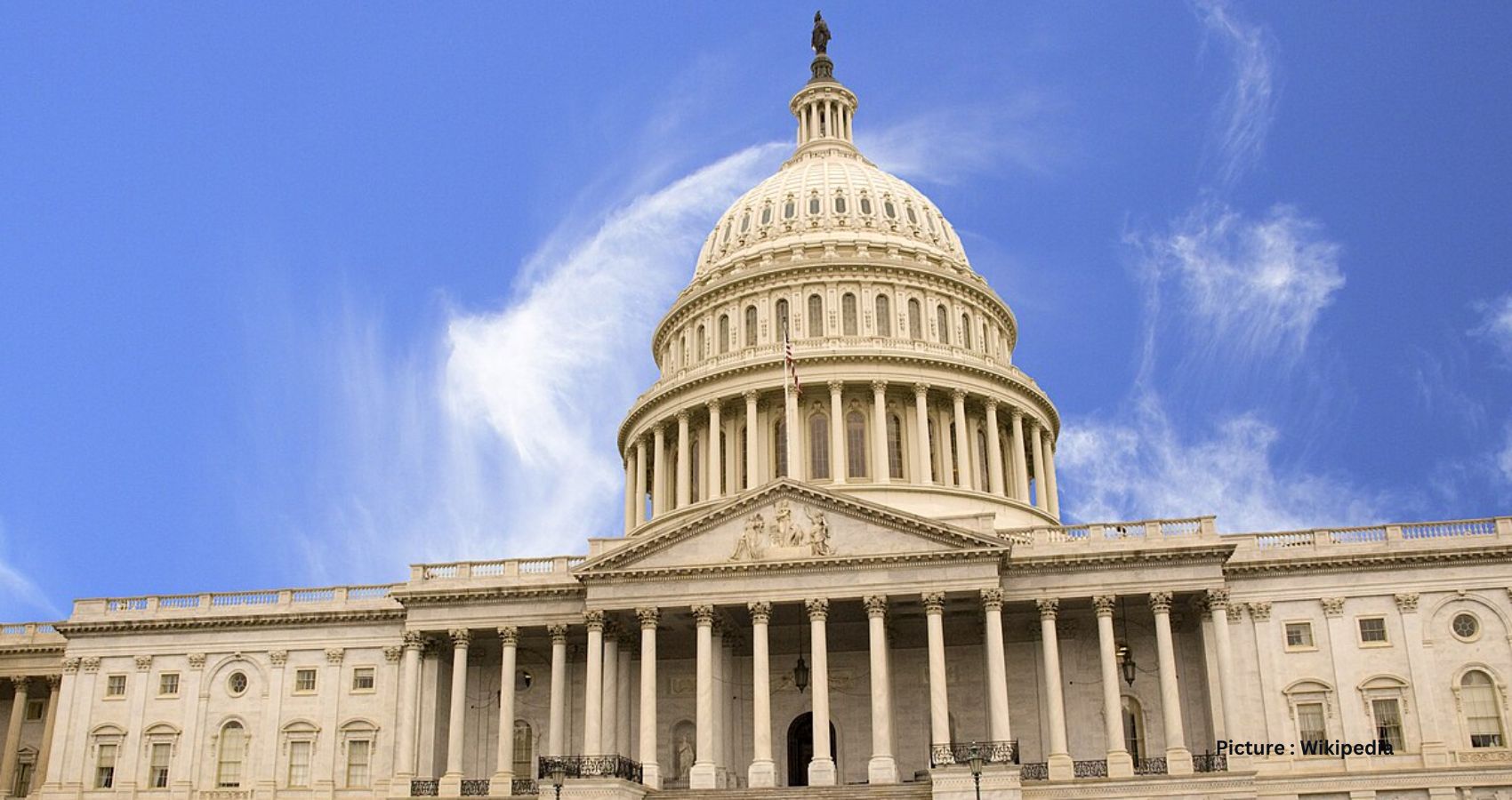

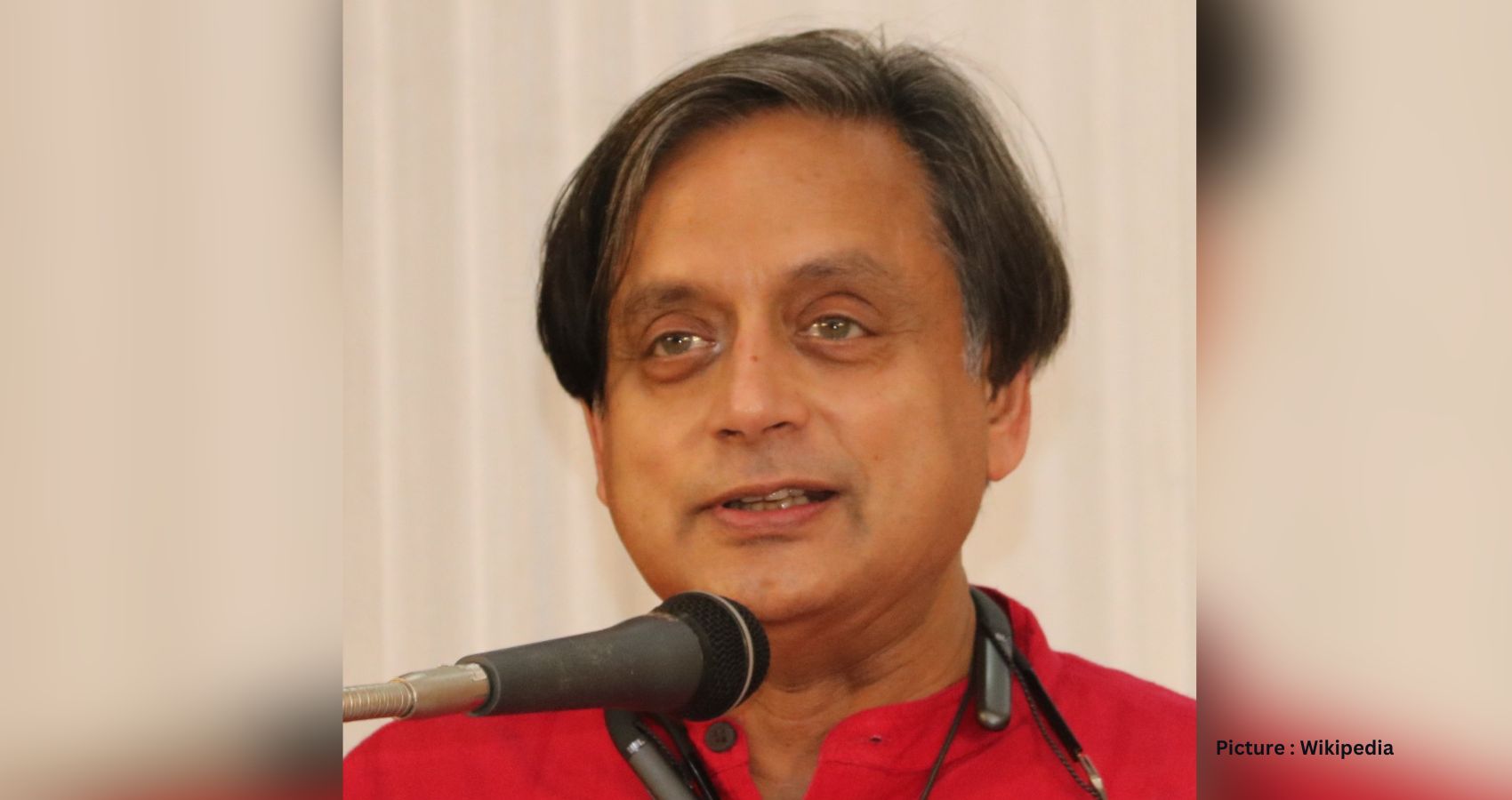





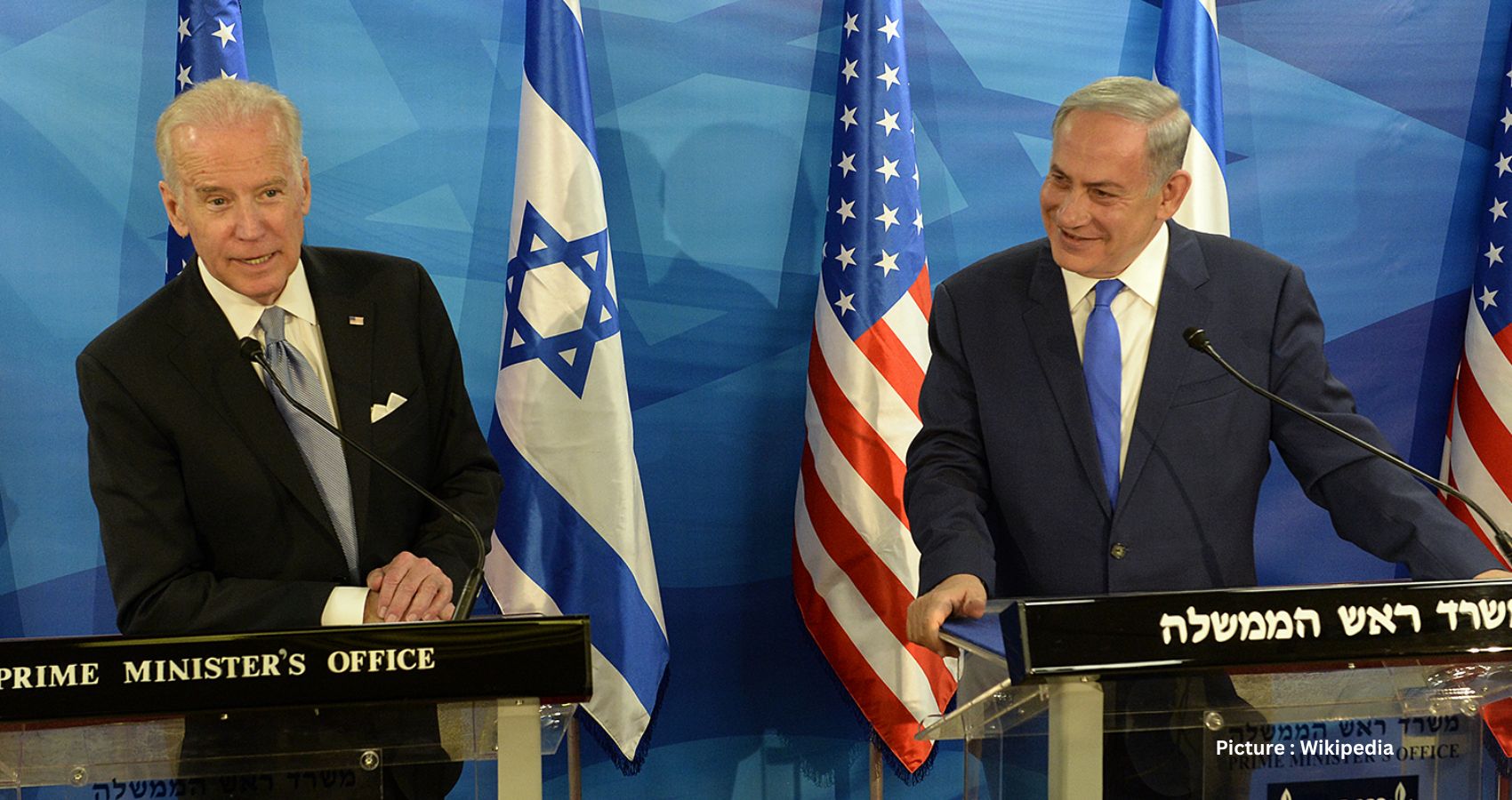
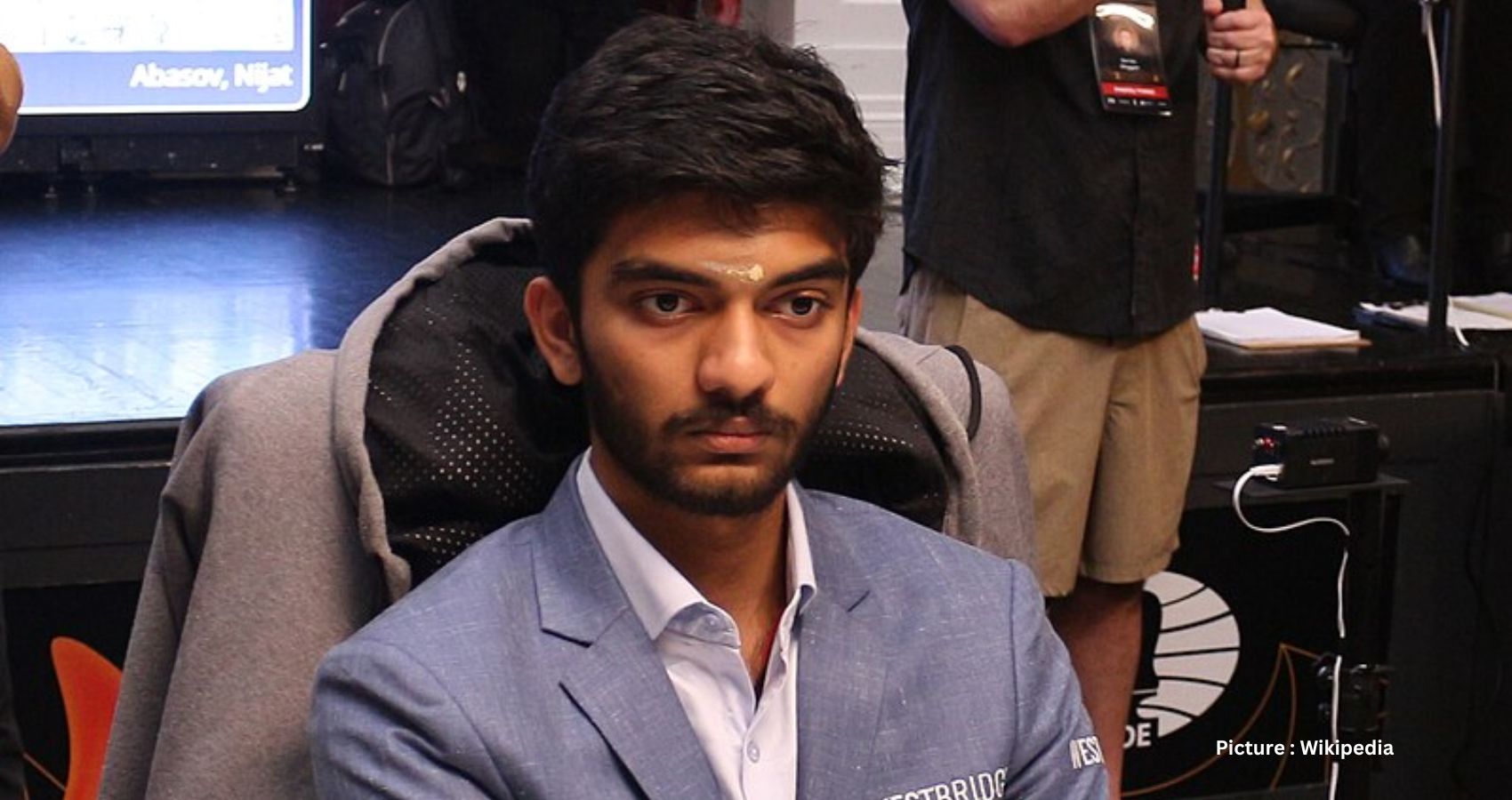


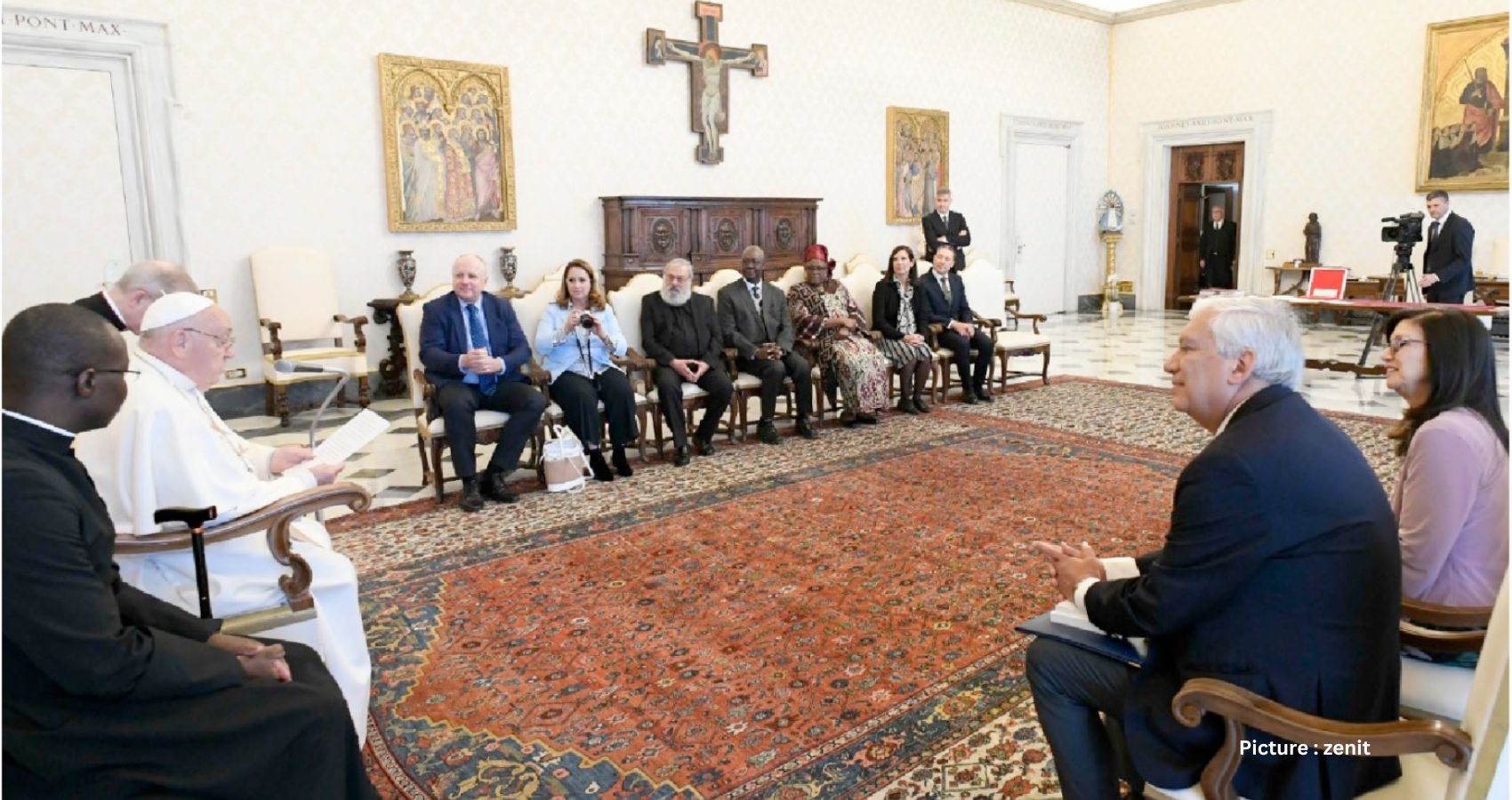
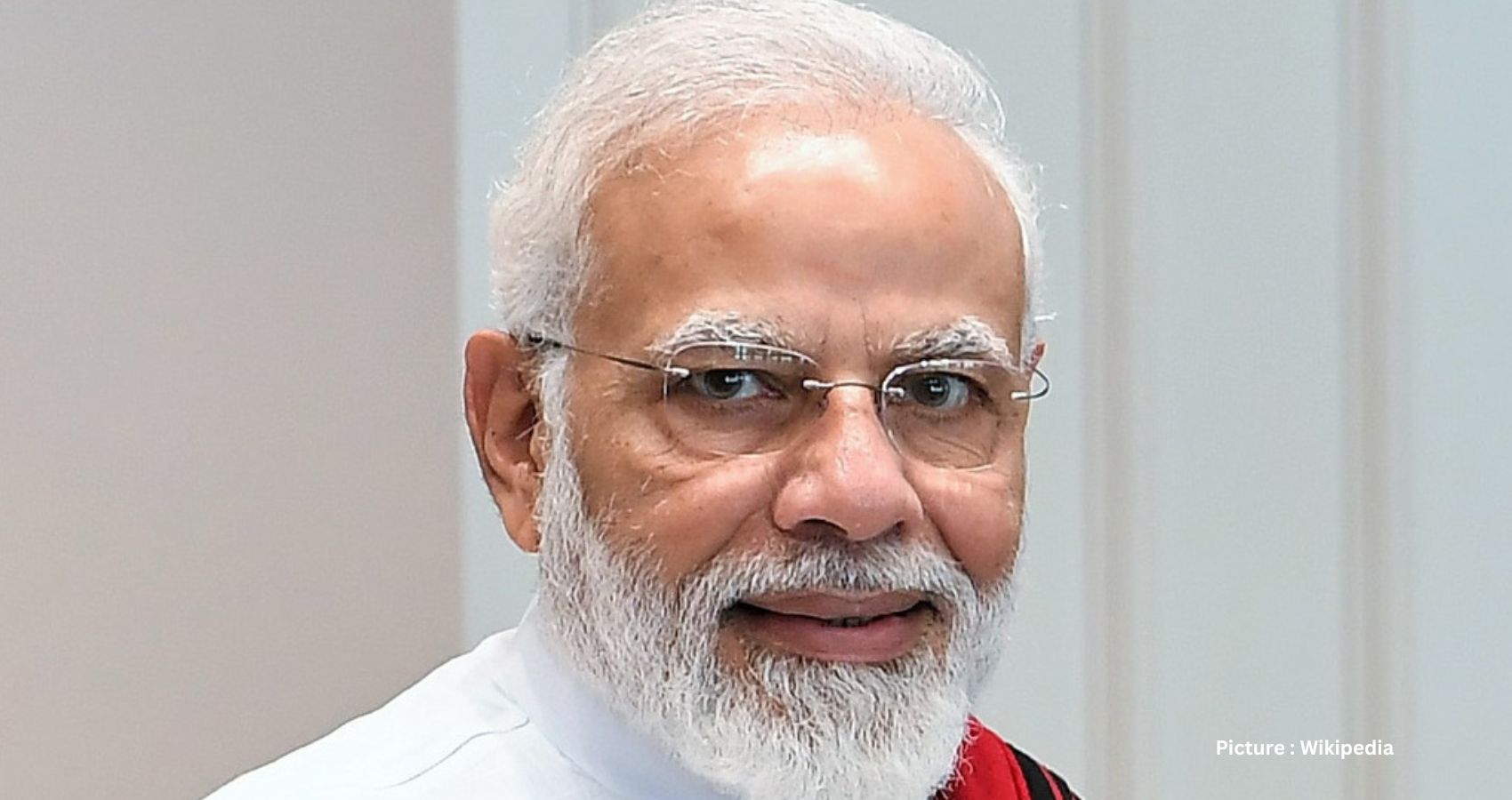




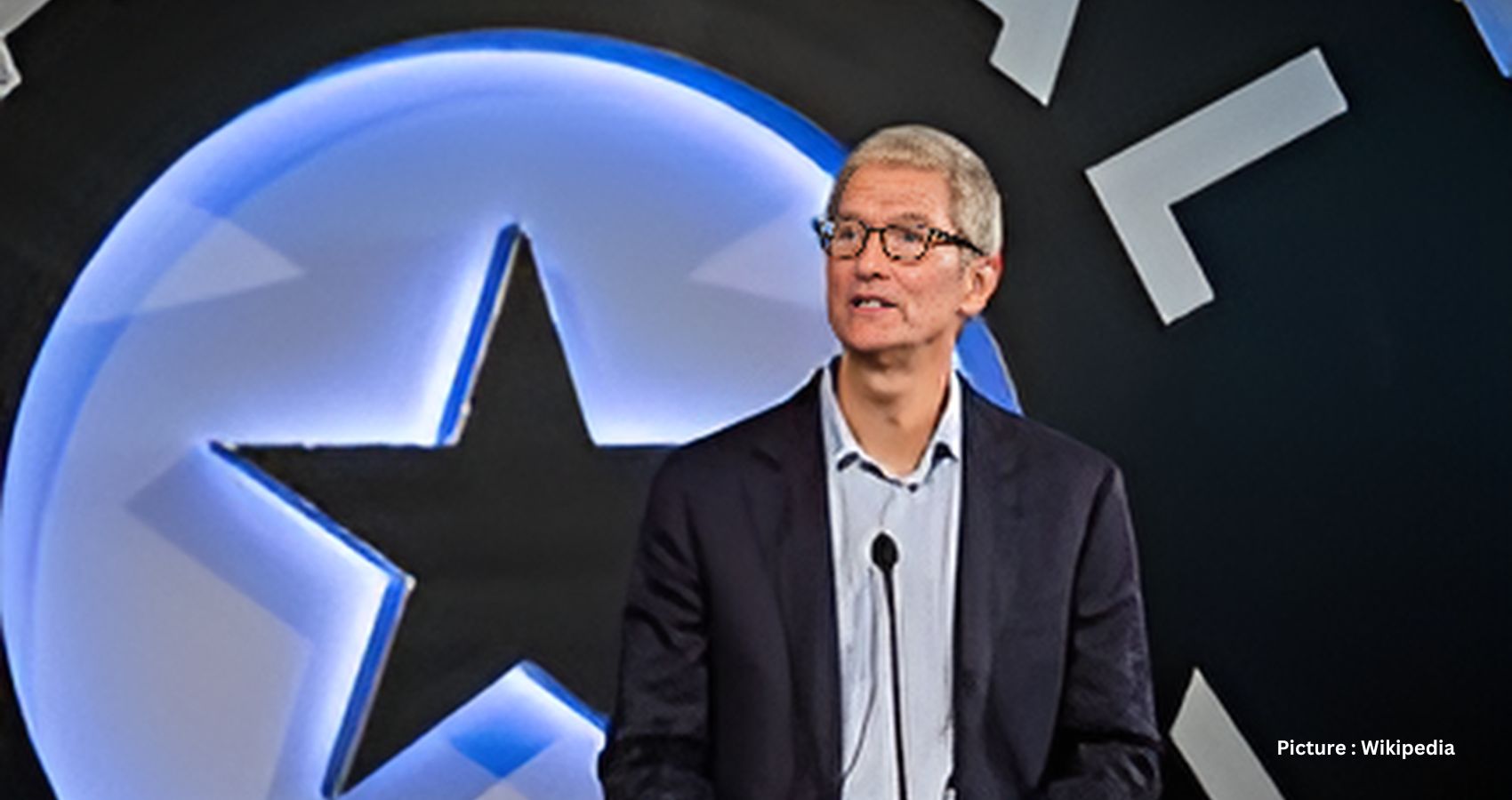
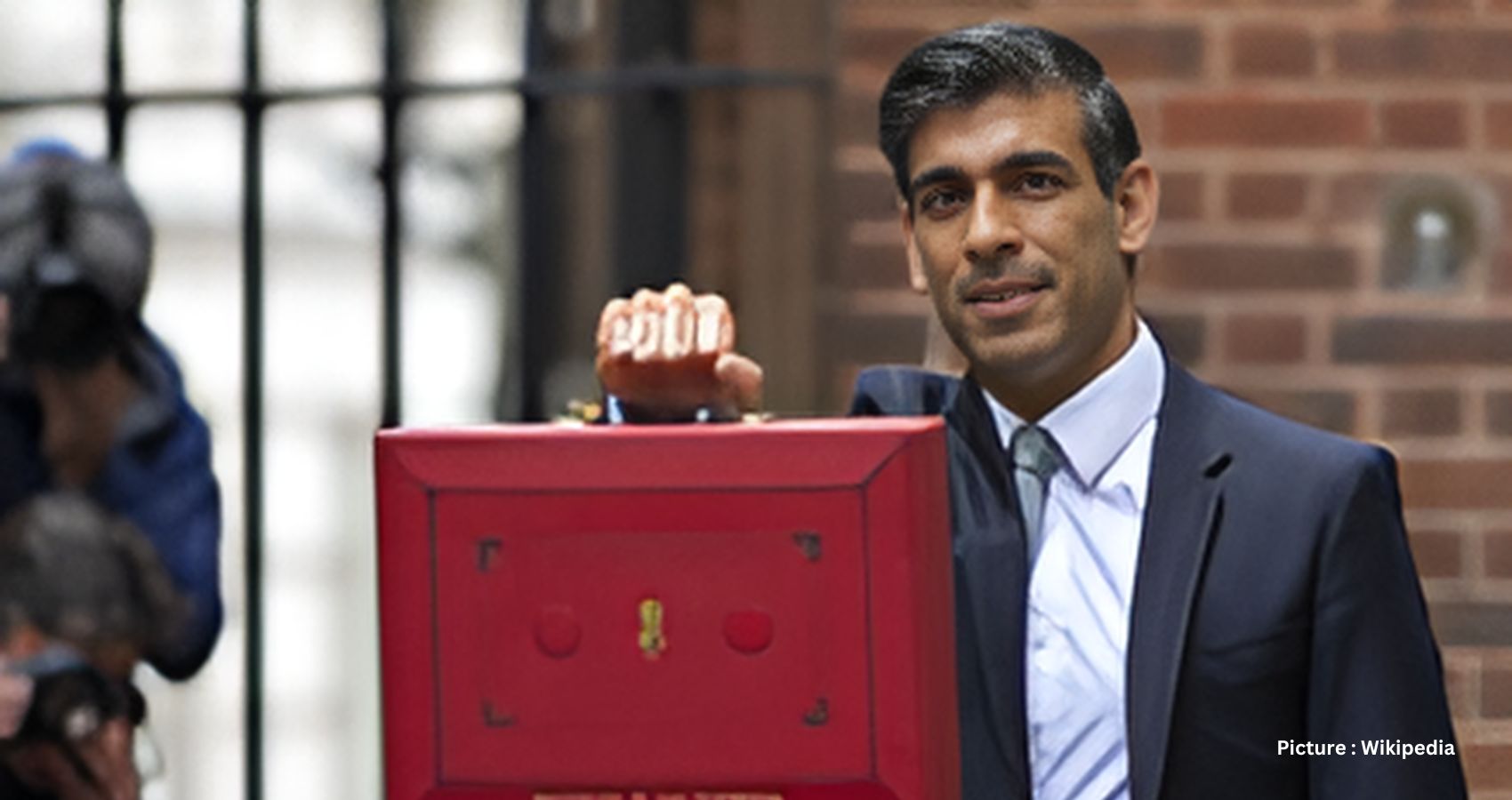
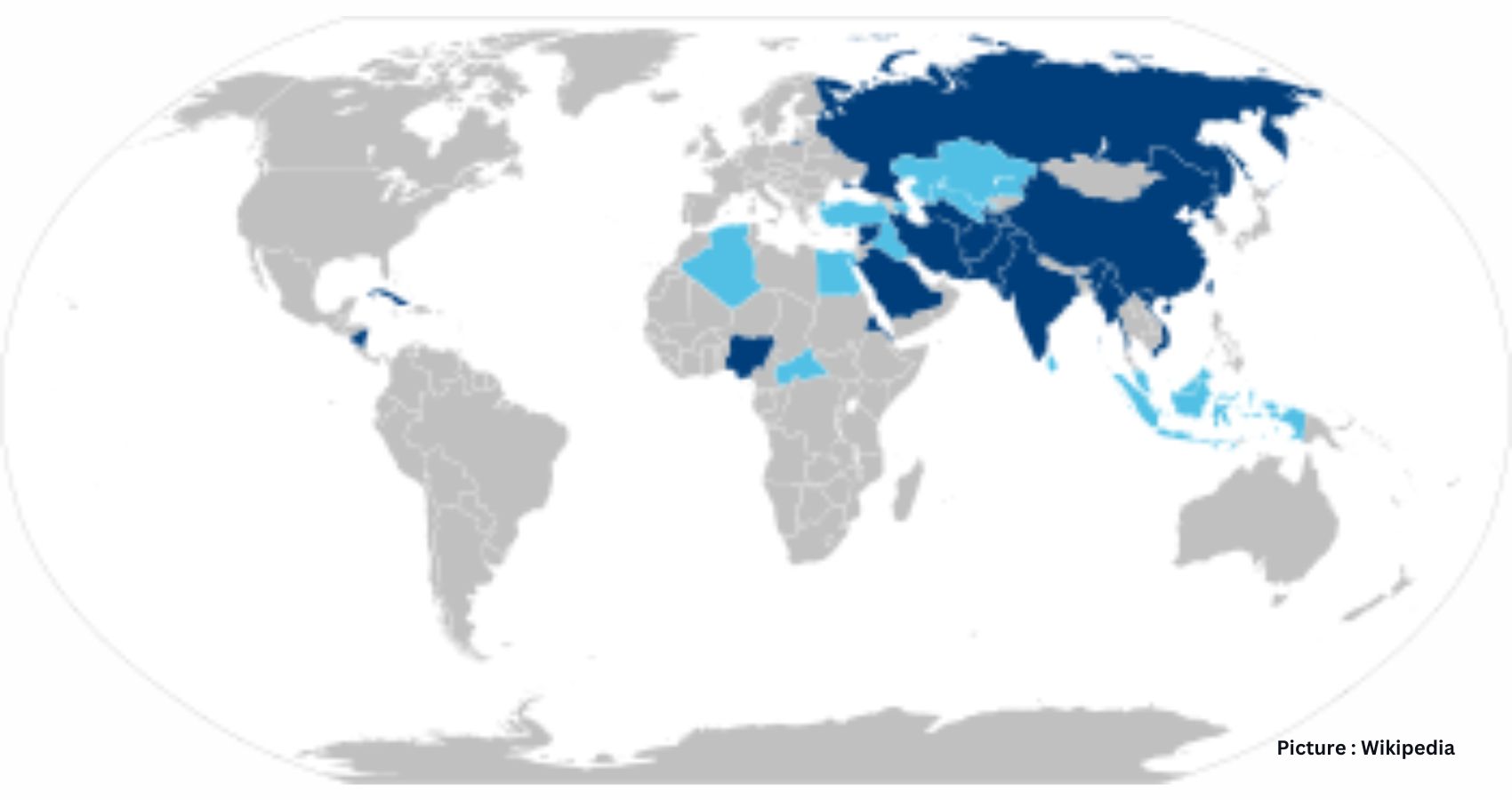
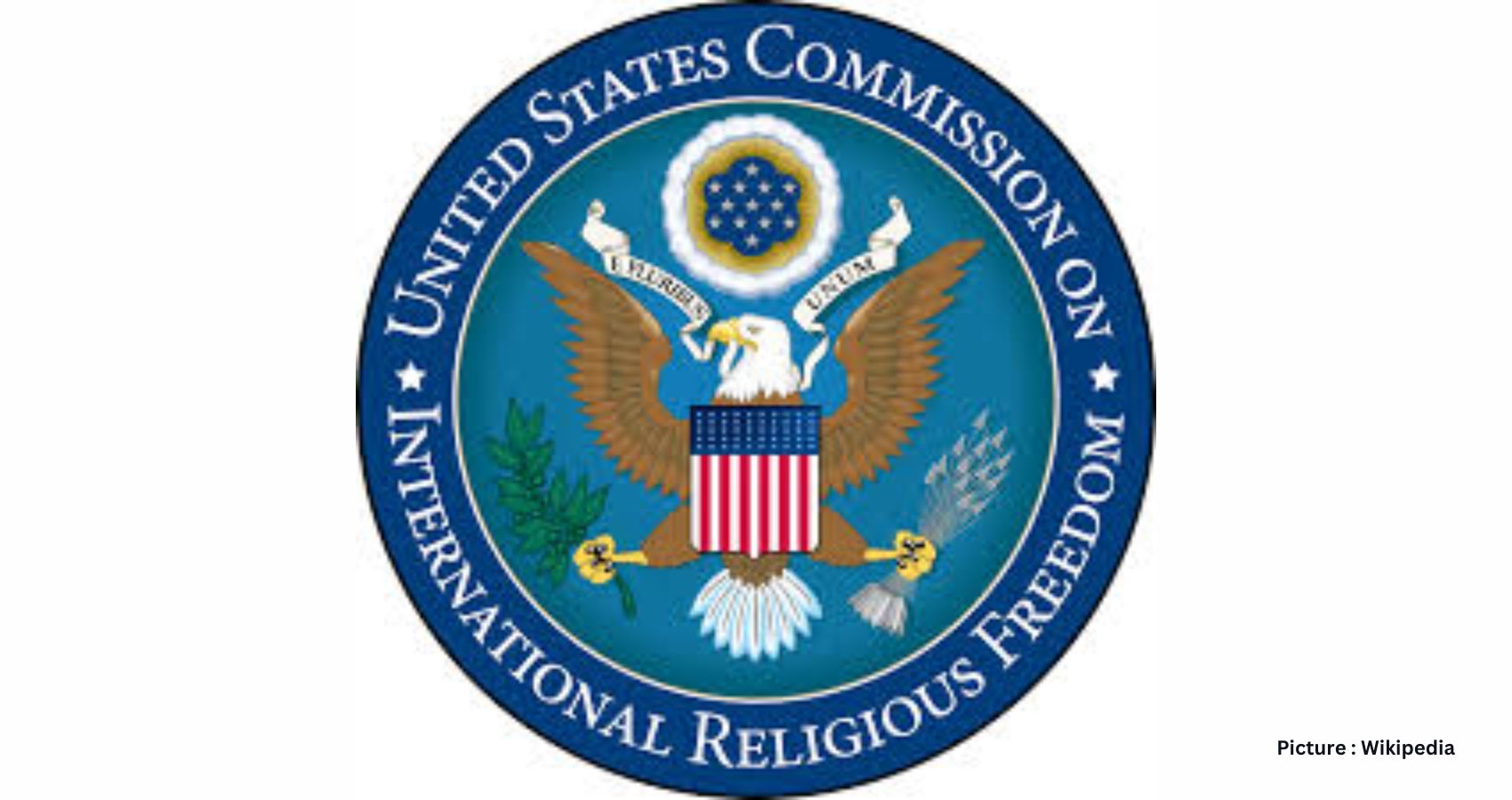

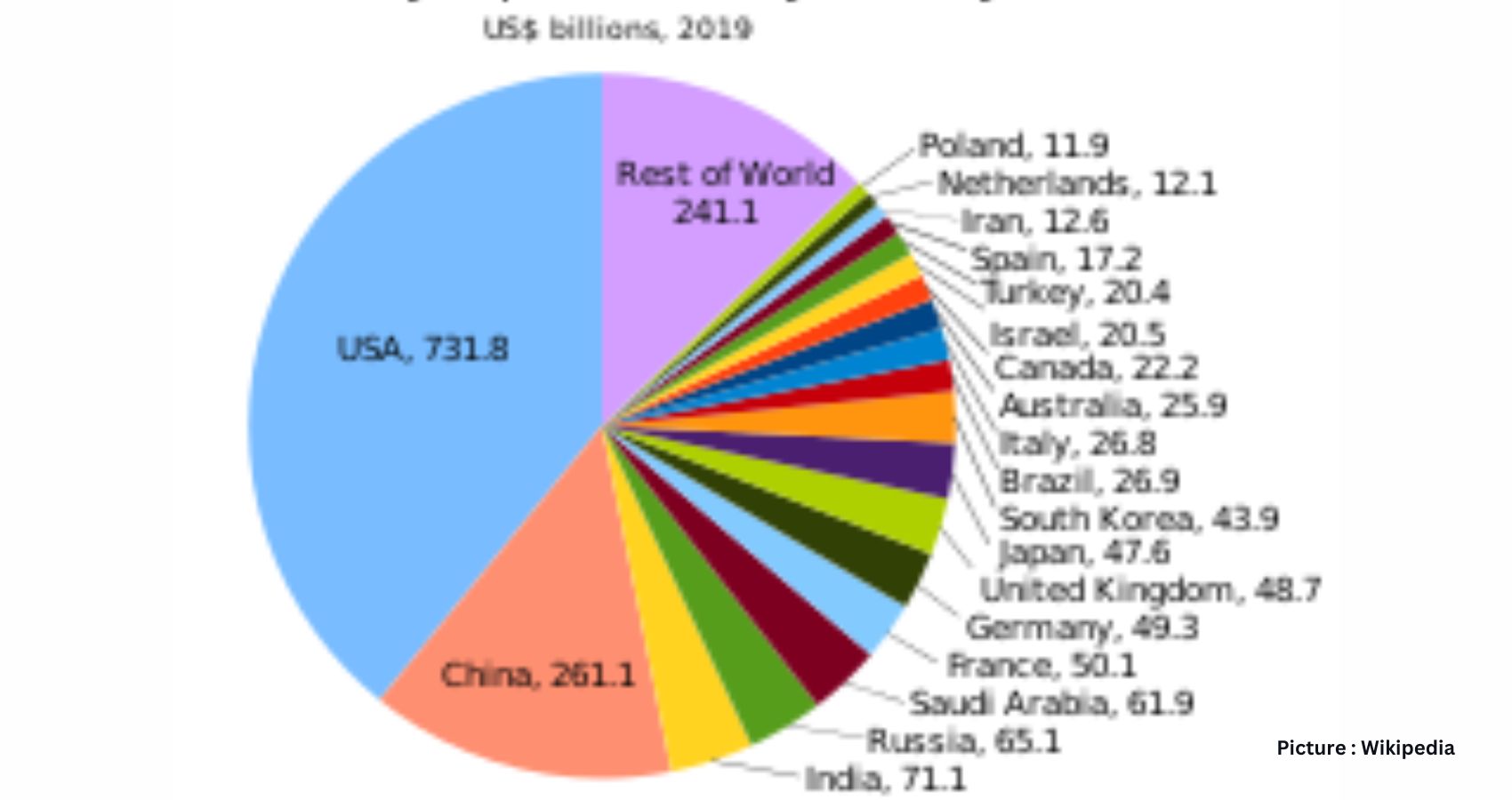

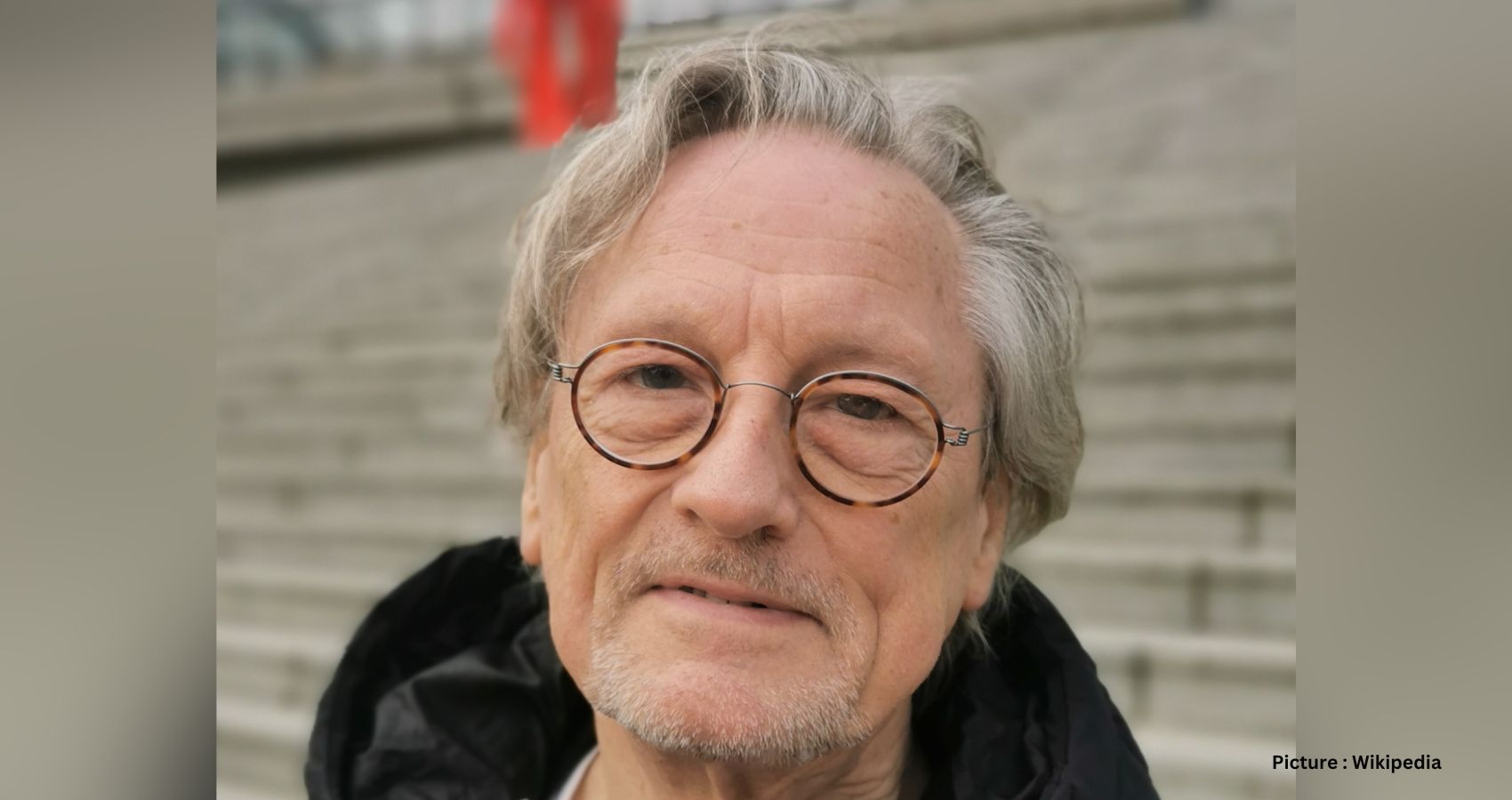
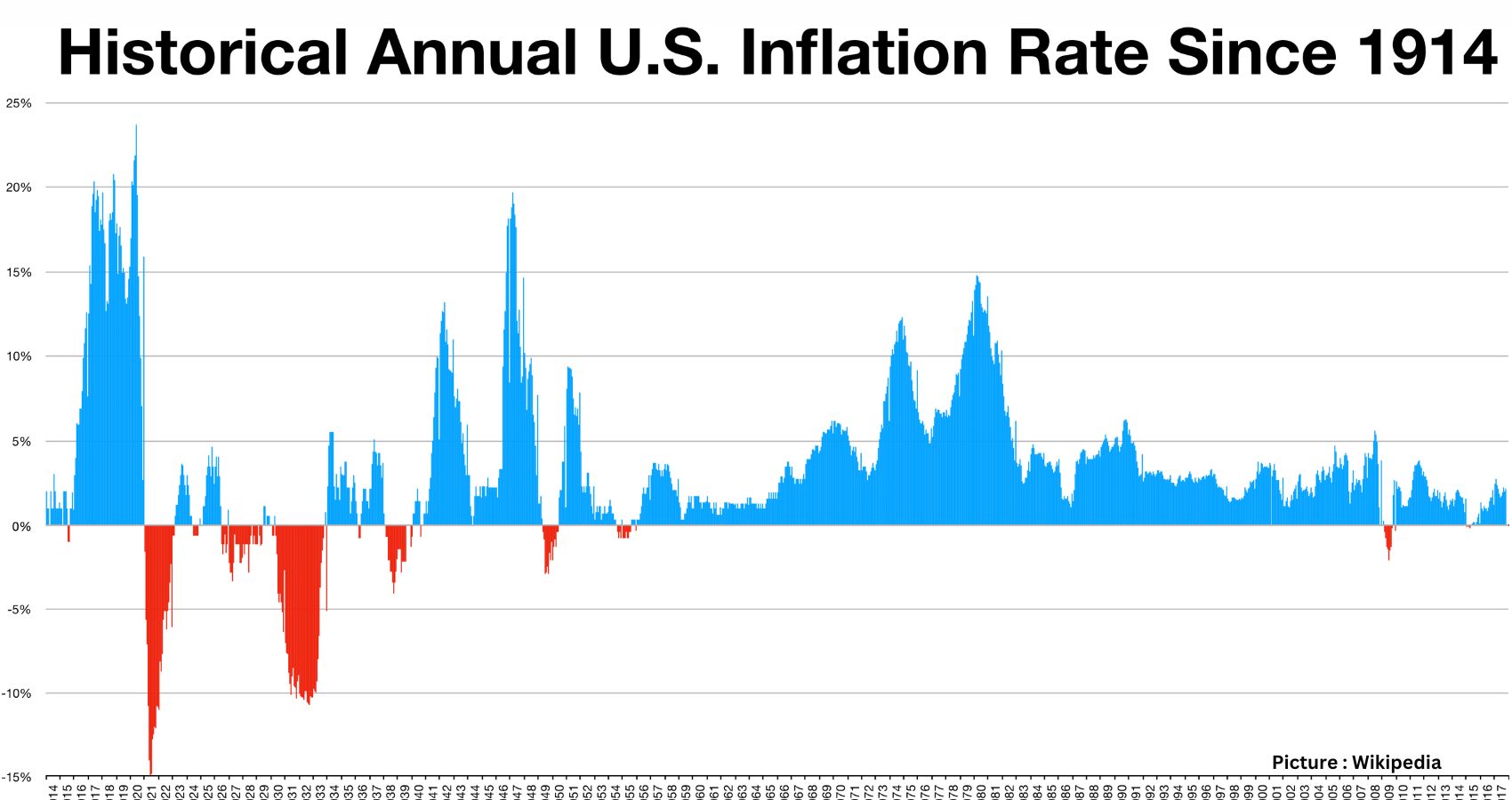
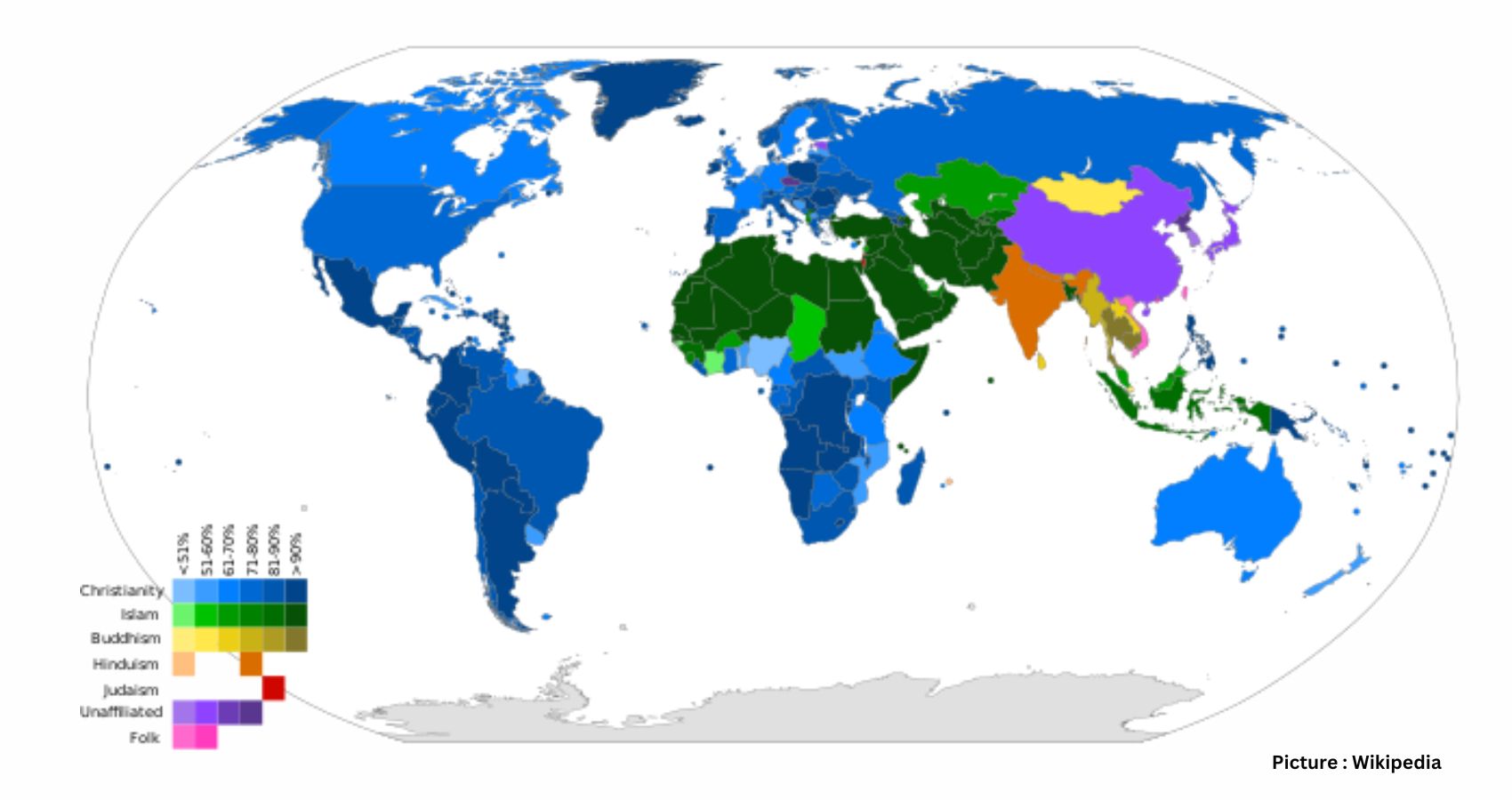


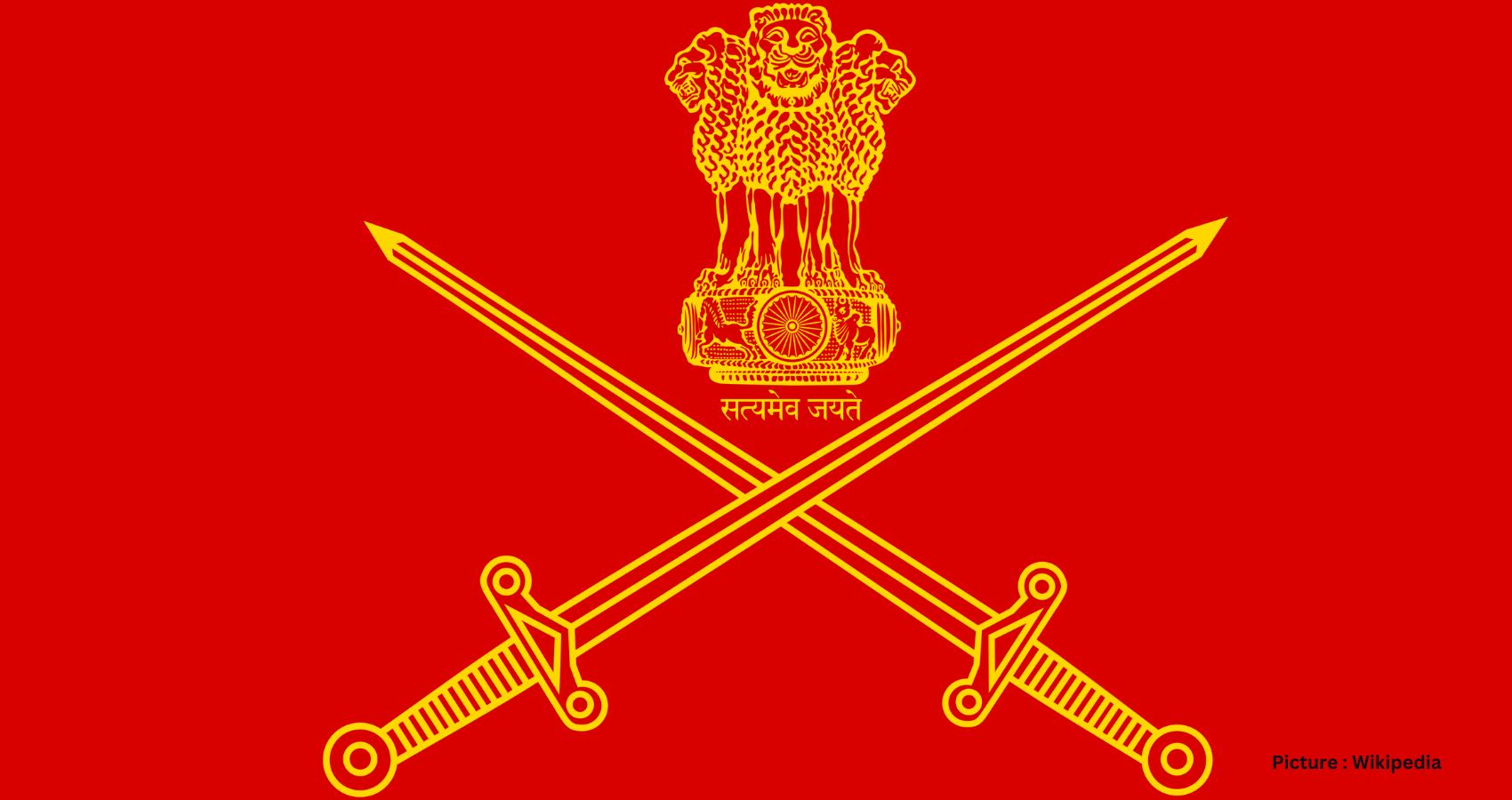




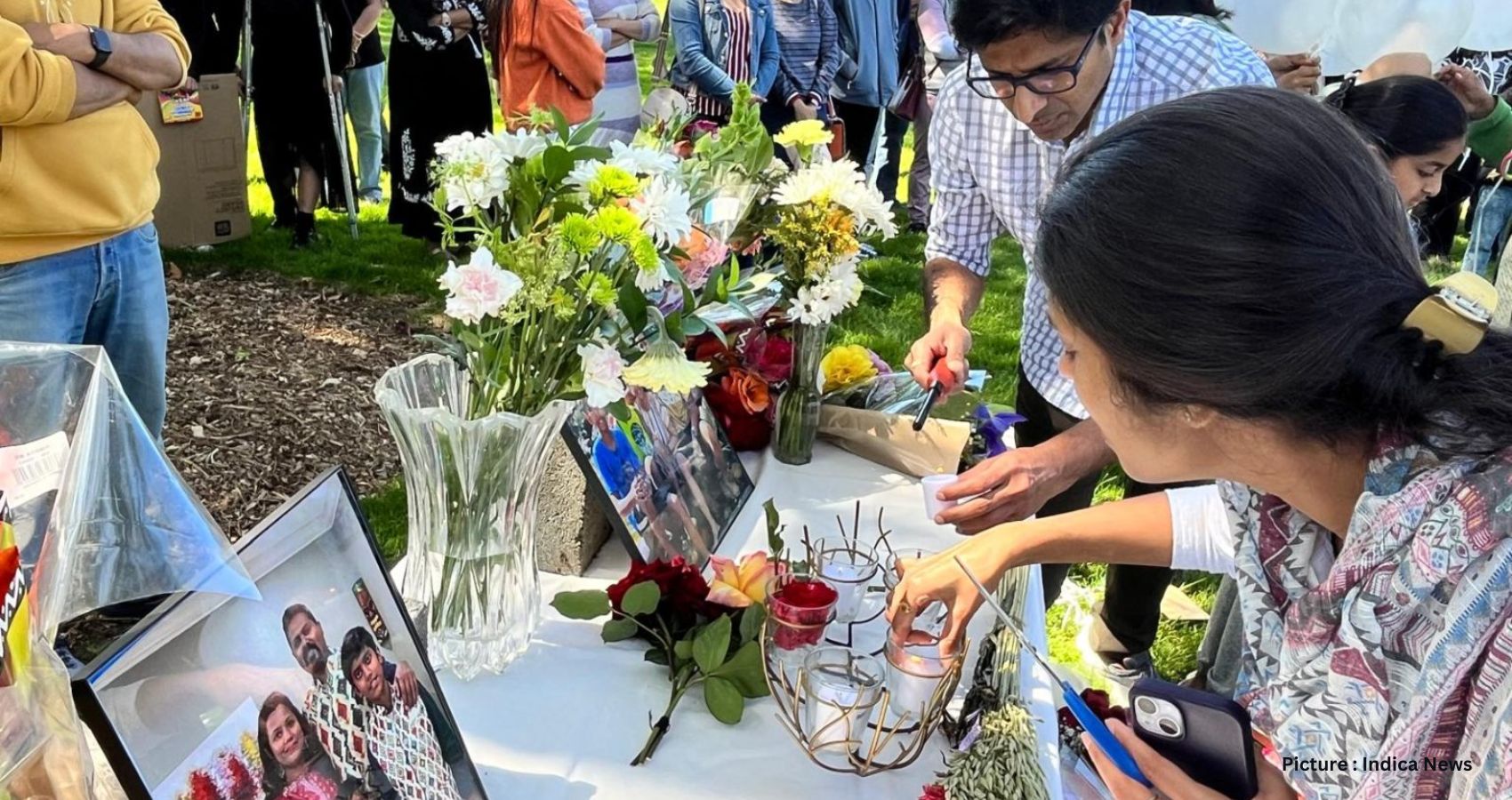

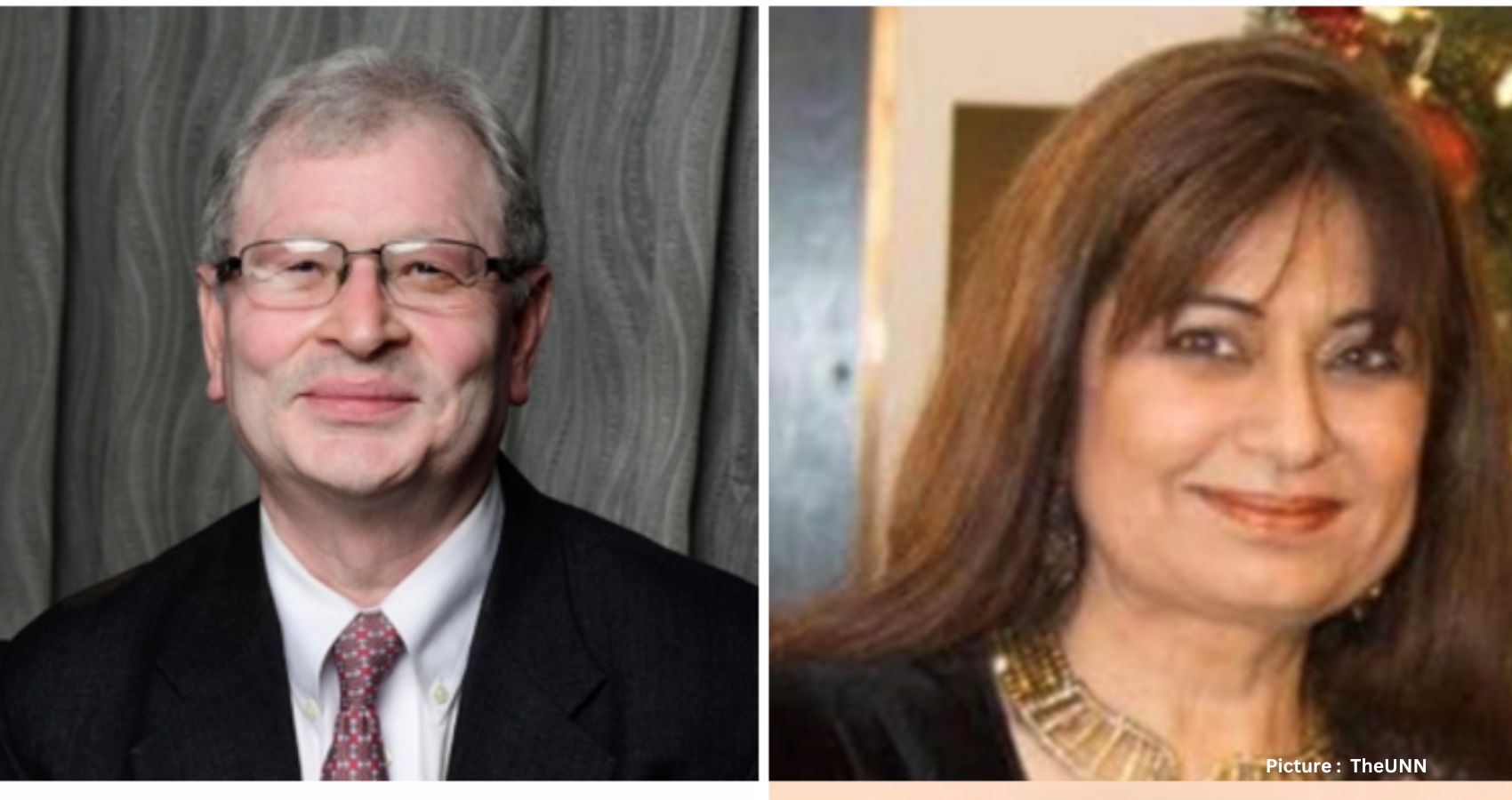
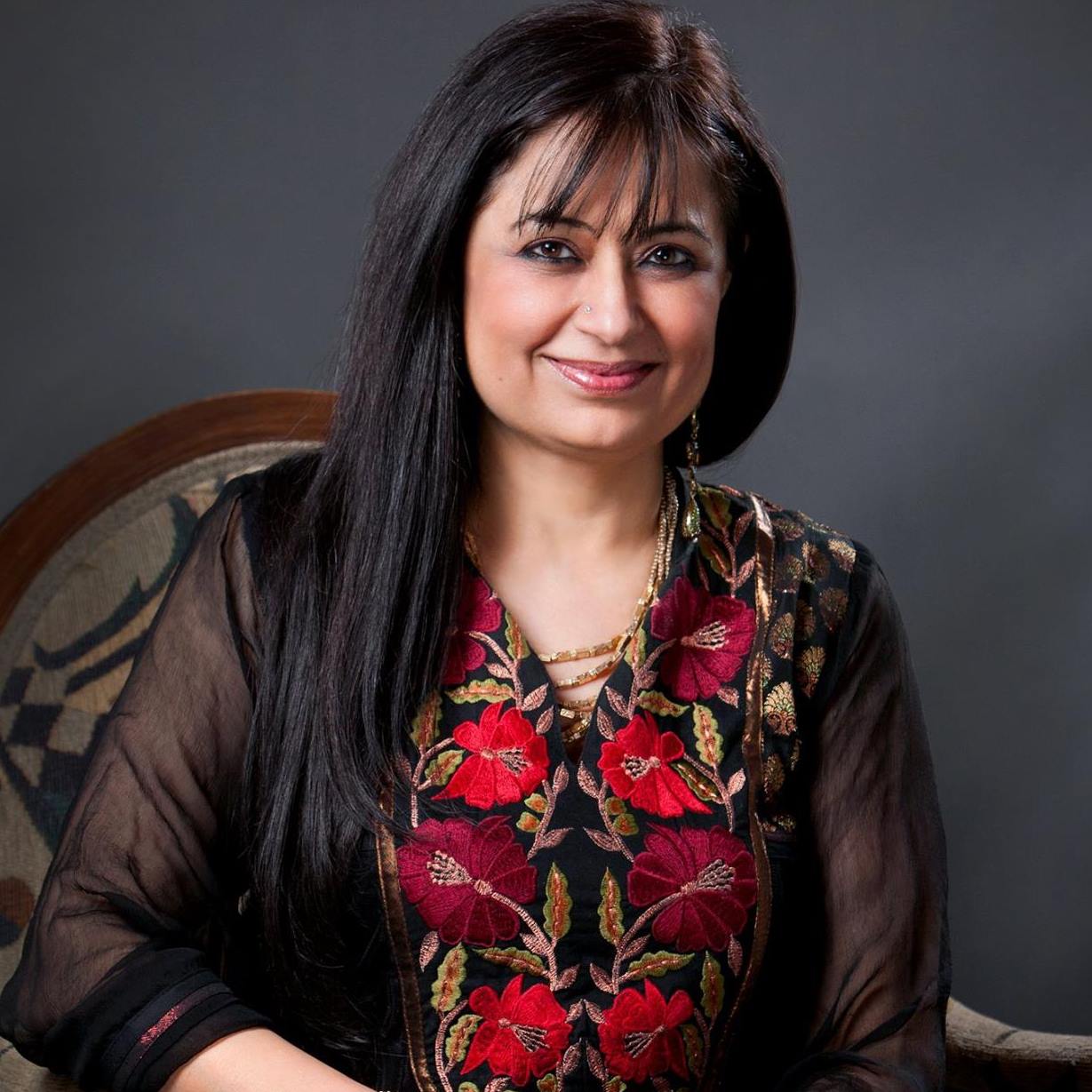 She is known for her celebrity interview series Chai with Manju, which recently celebrated its 10 year anniversary and has received millions of views and featured esteemed guests including Indra Nooyi, Sadhguru, Elizabeth Warren, and Joe Kennedy to name a few. Her passion for empowering women is reflected in her work as the Director of Woman of the Year Award Gala for the past 12 years, and her previous work as Chair of the Advisory board of Saheli and with Asian Task Force [ATASK] over the years.
She is known for her celebrity interview series Chai with Manju, which recently celebrated its 10 year anniversary and has received millions of views and featured esteemed guests including Indra Nooyi, Sadhguru, Elizabeth Warren, and Joe Kennedy to name a few. Her passion for empowering women is reflected in her work as the Director of Woman of the Year Award Gala for the past 12 years, and her previous work as Chair of the Advisory board of Saheli and with Asian Task Force [ATASK] over the years.
















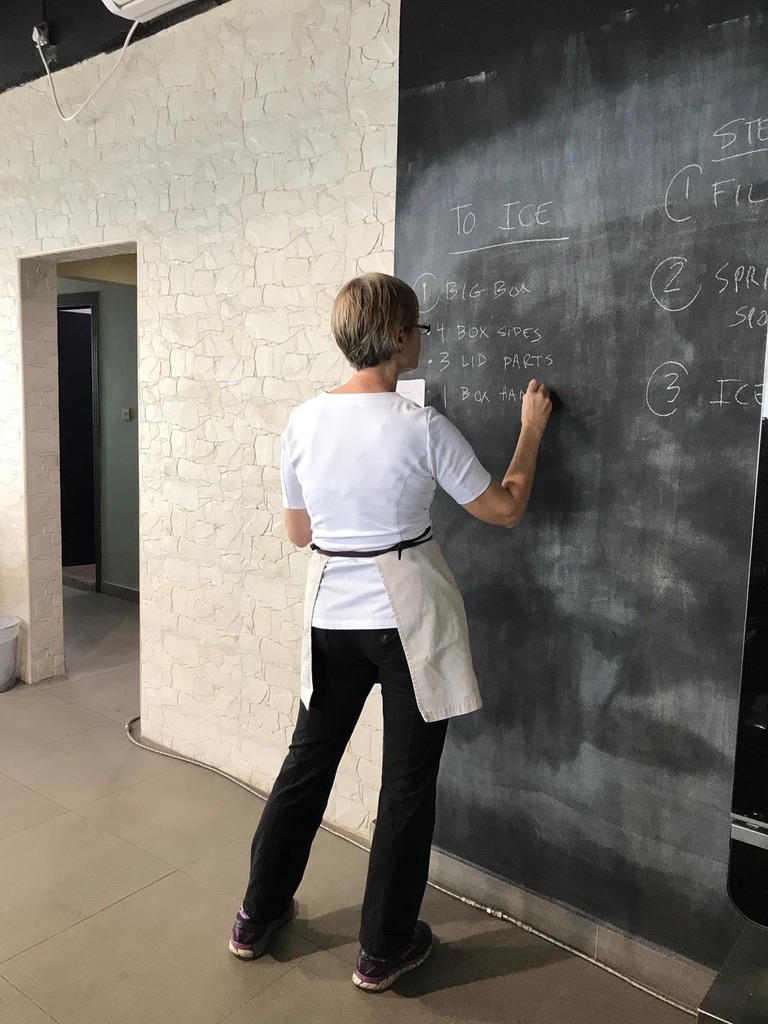





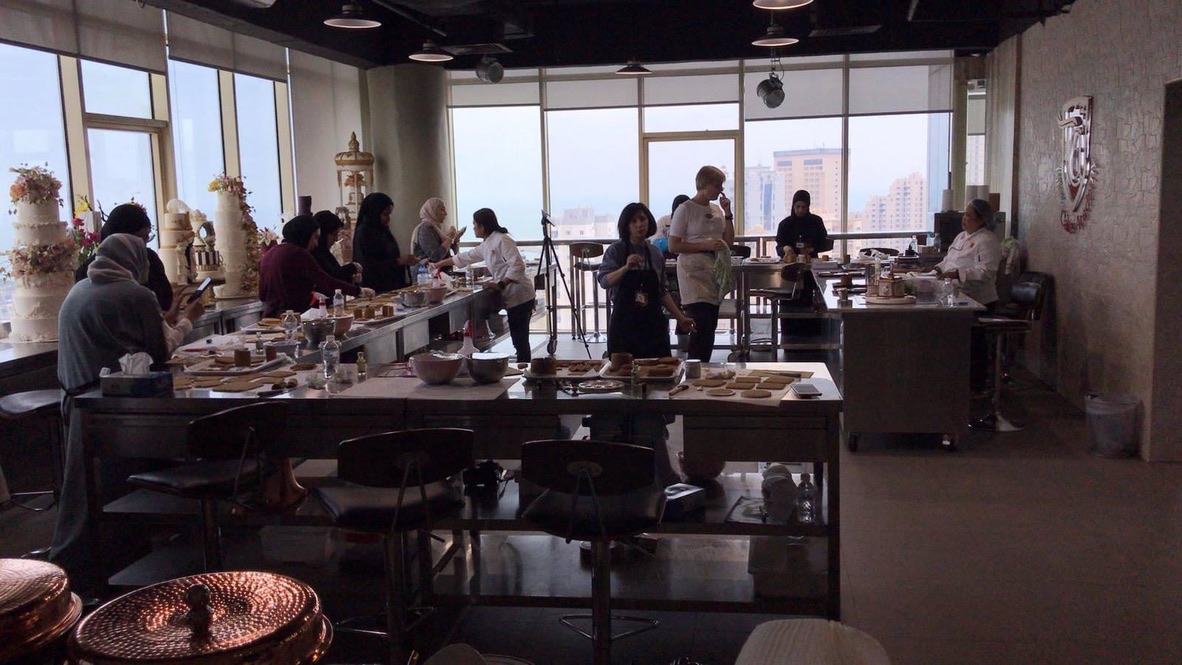


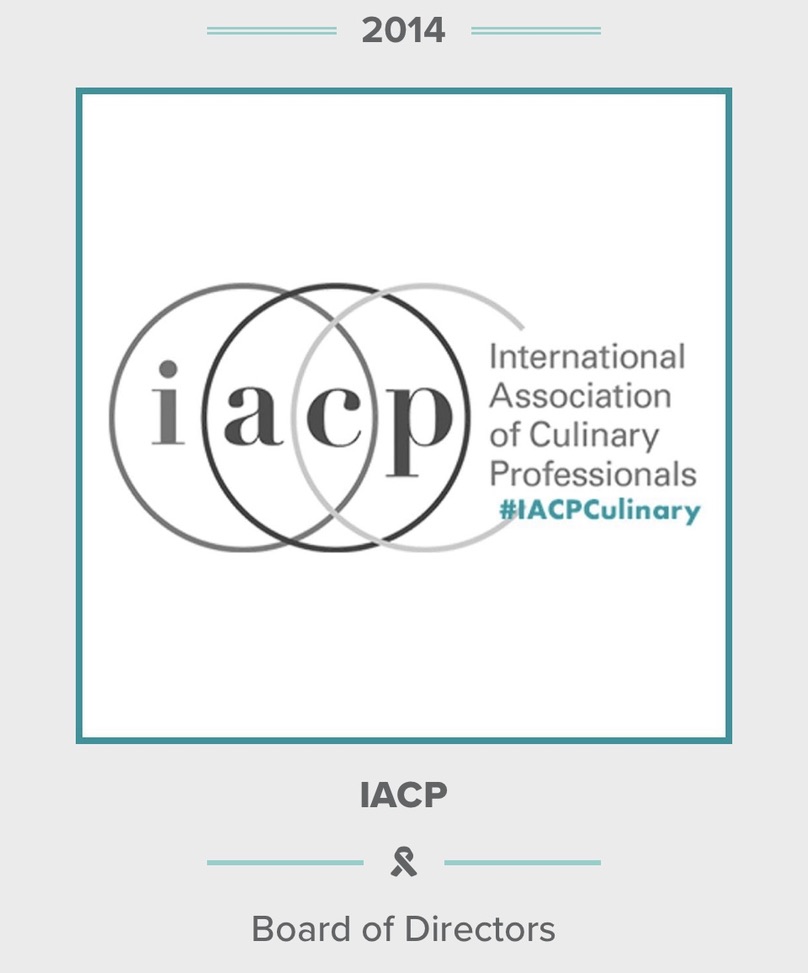




















































































































































































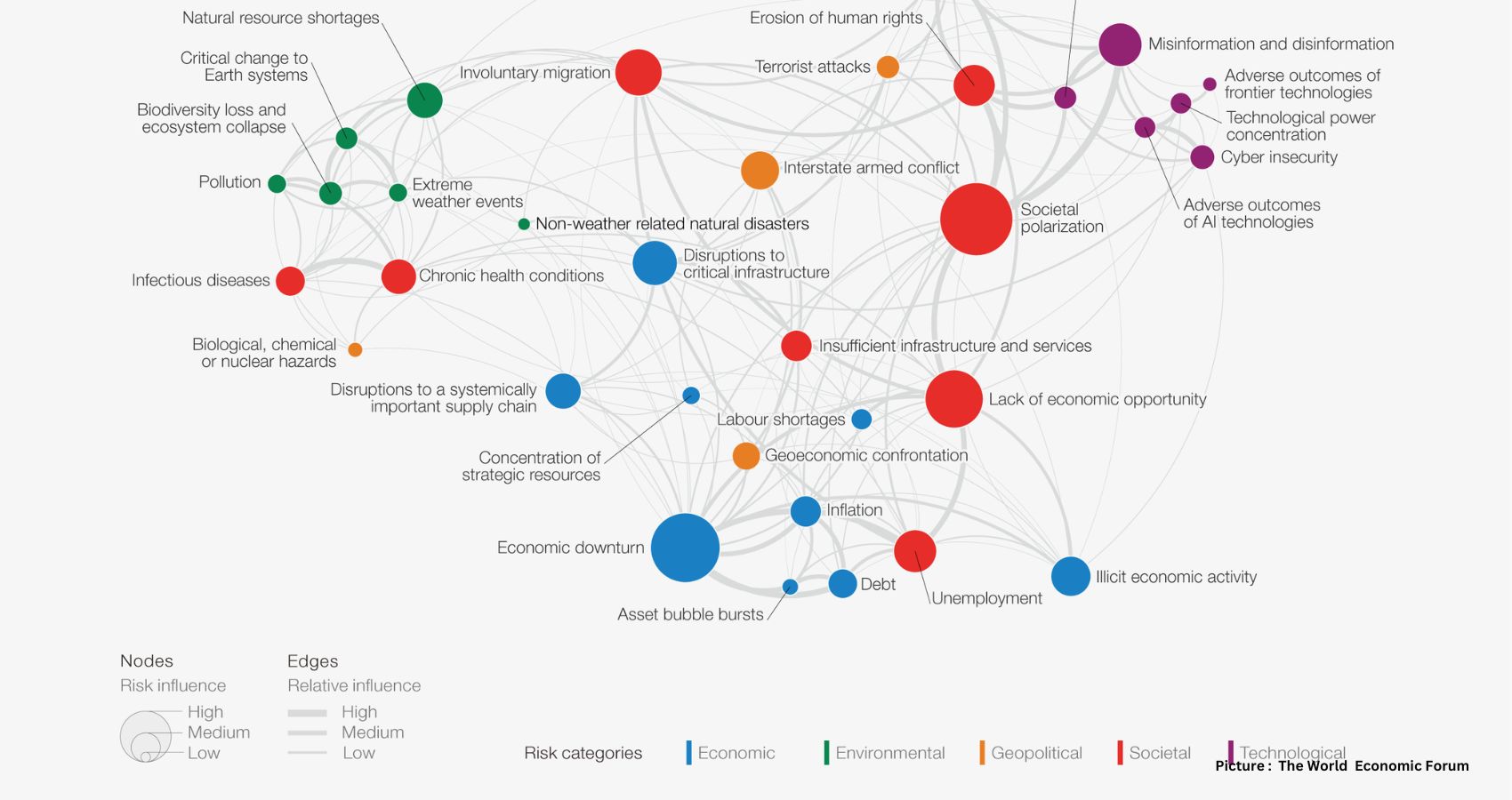

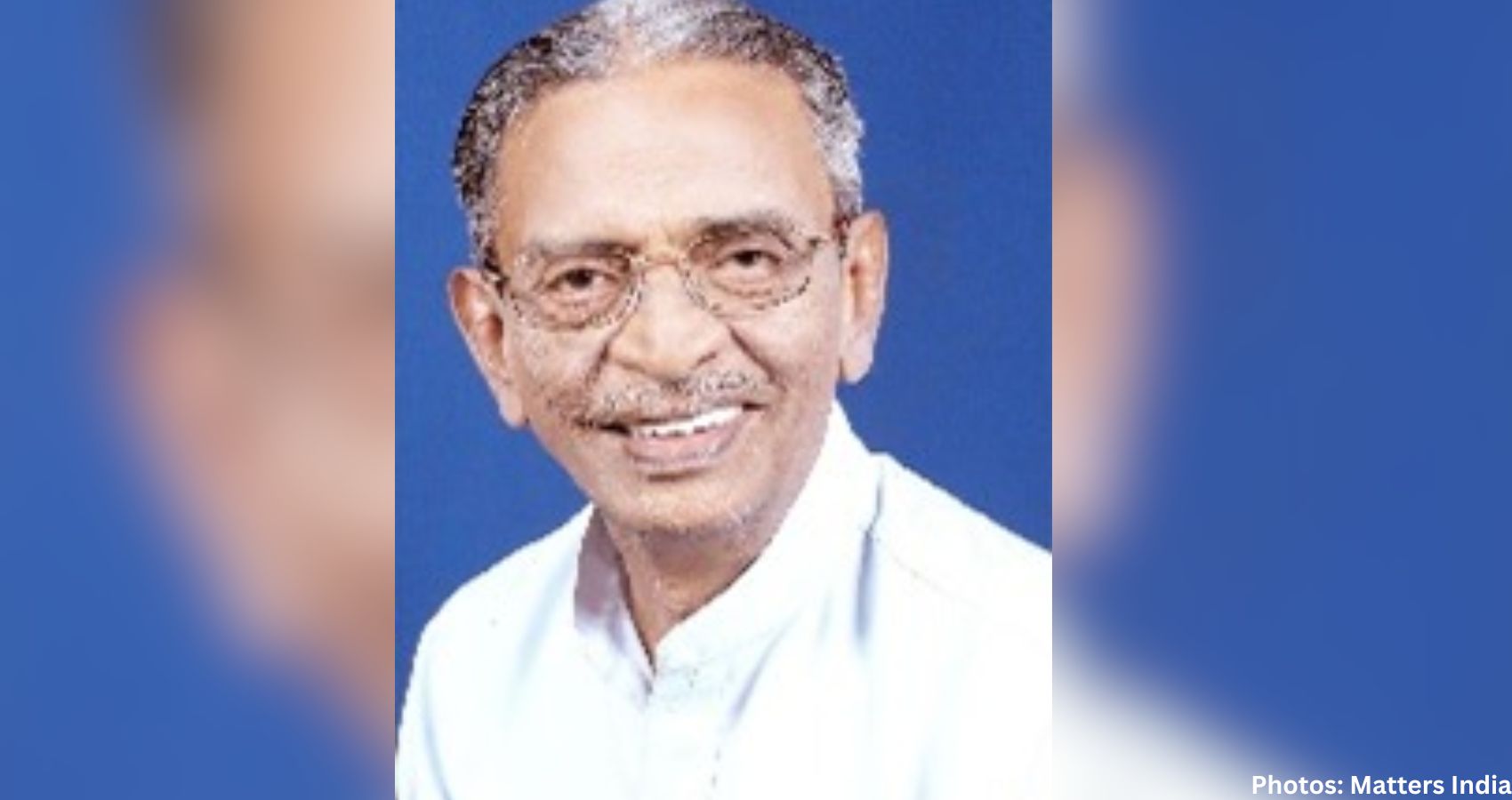
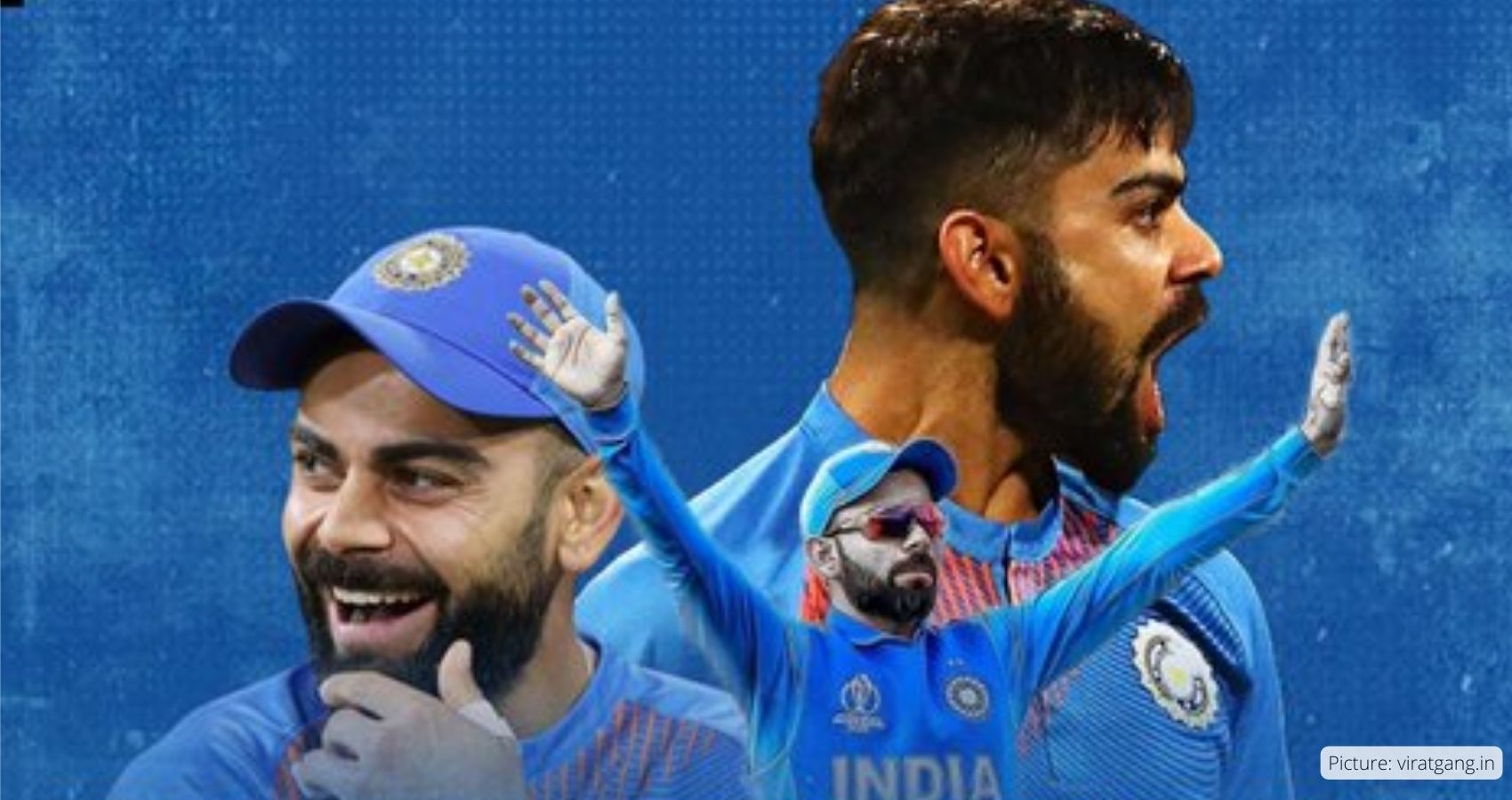

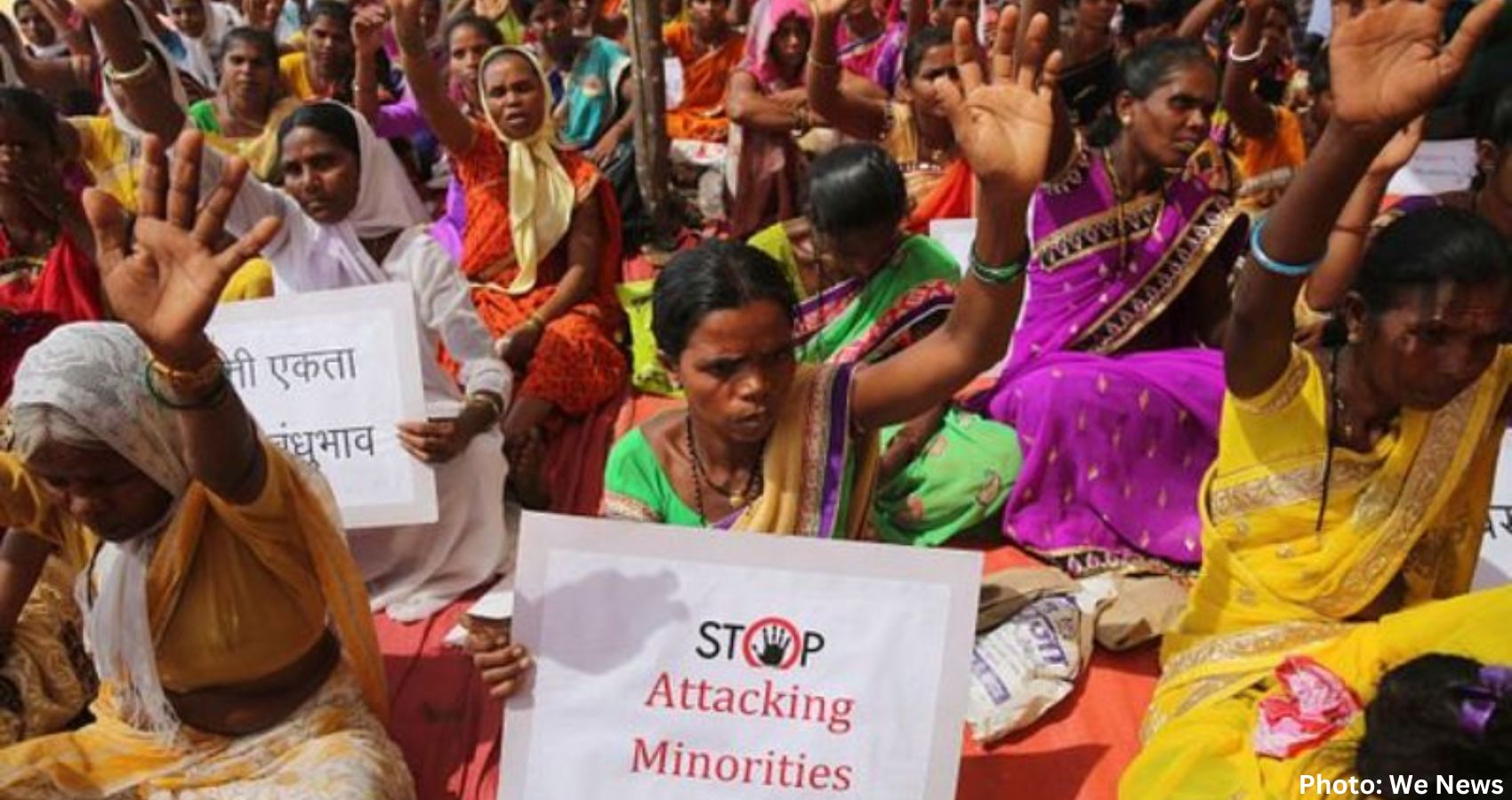



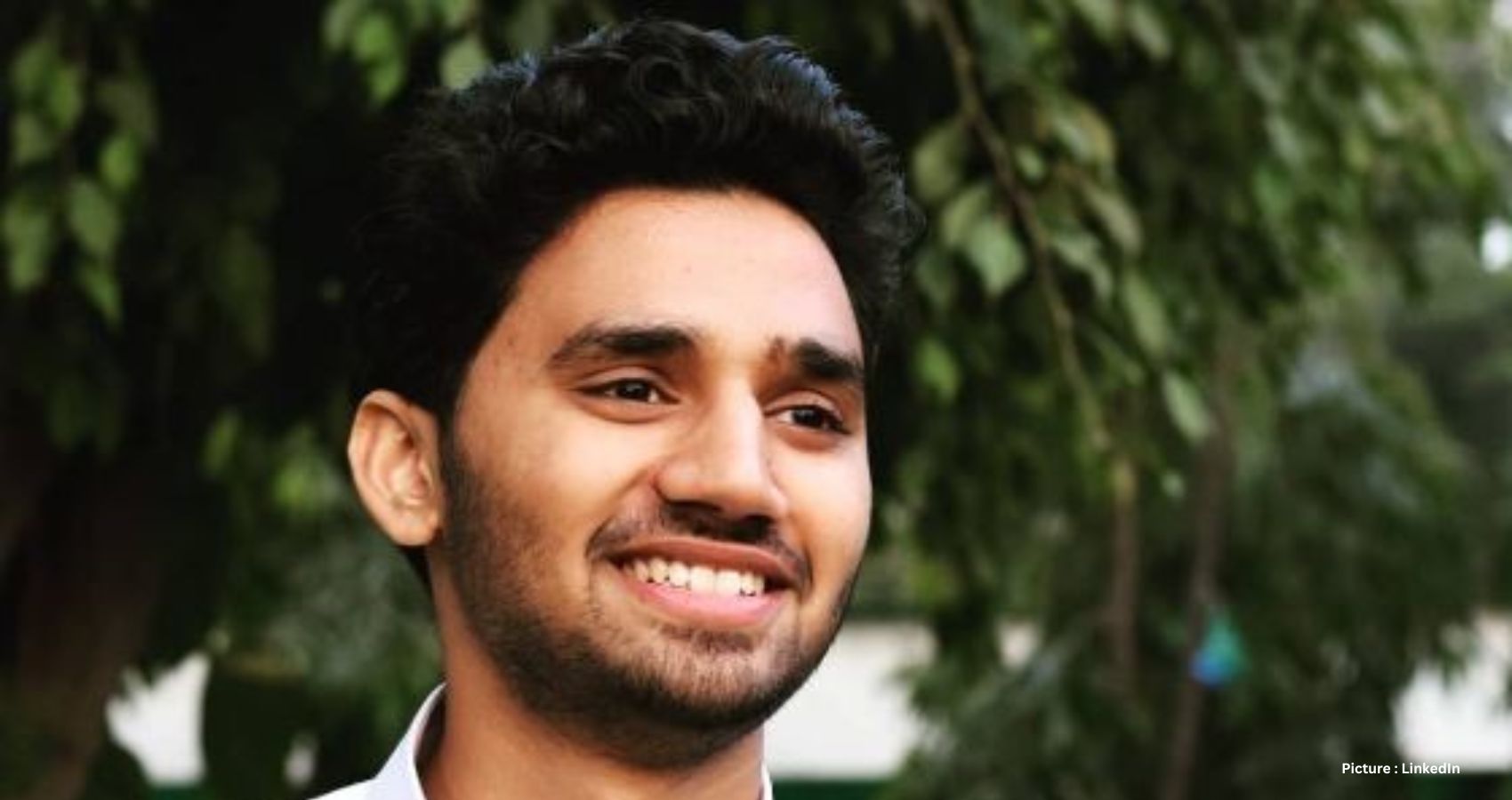
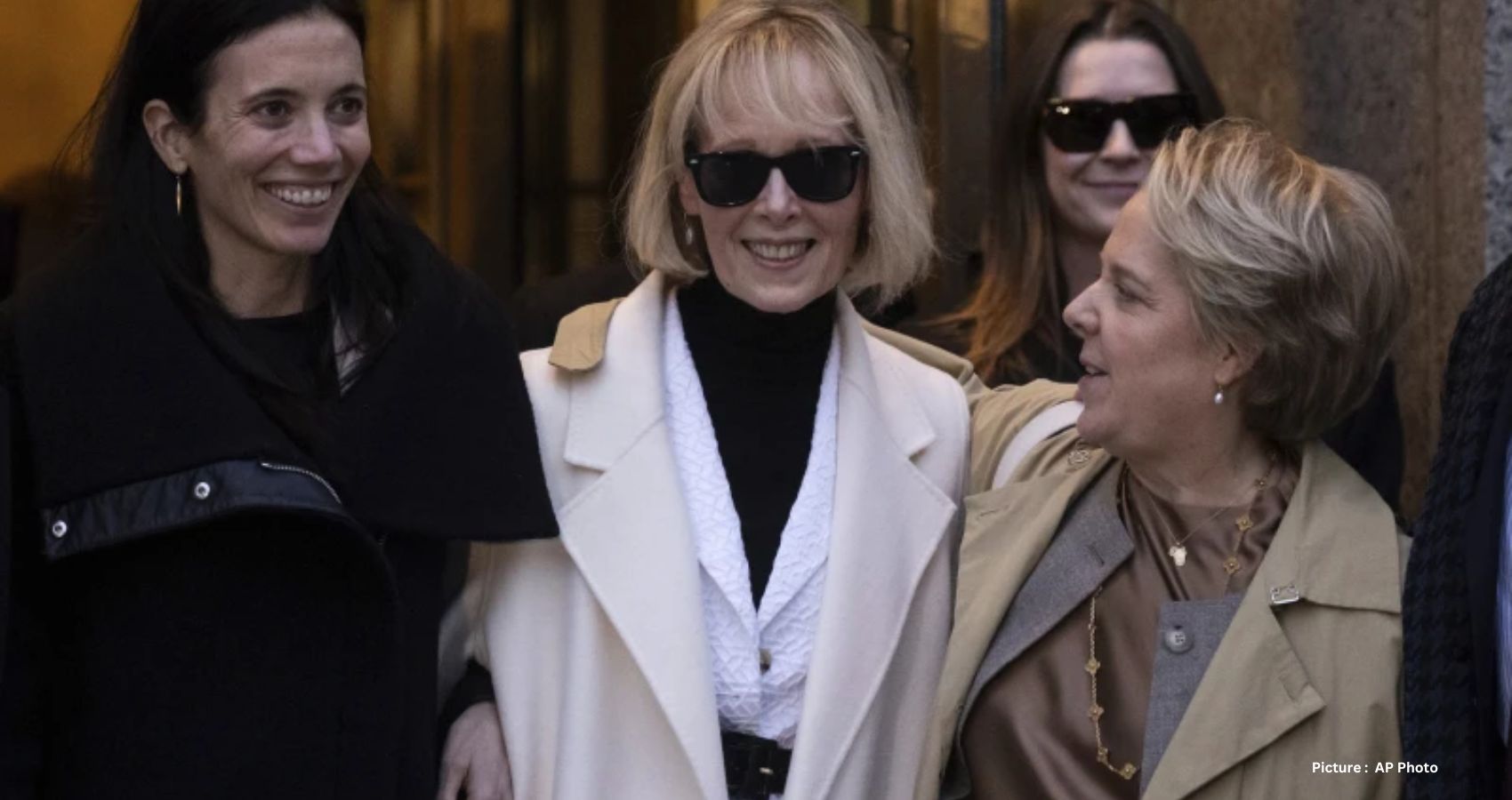
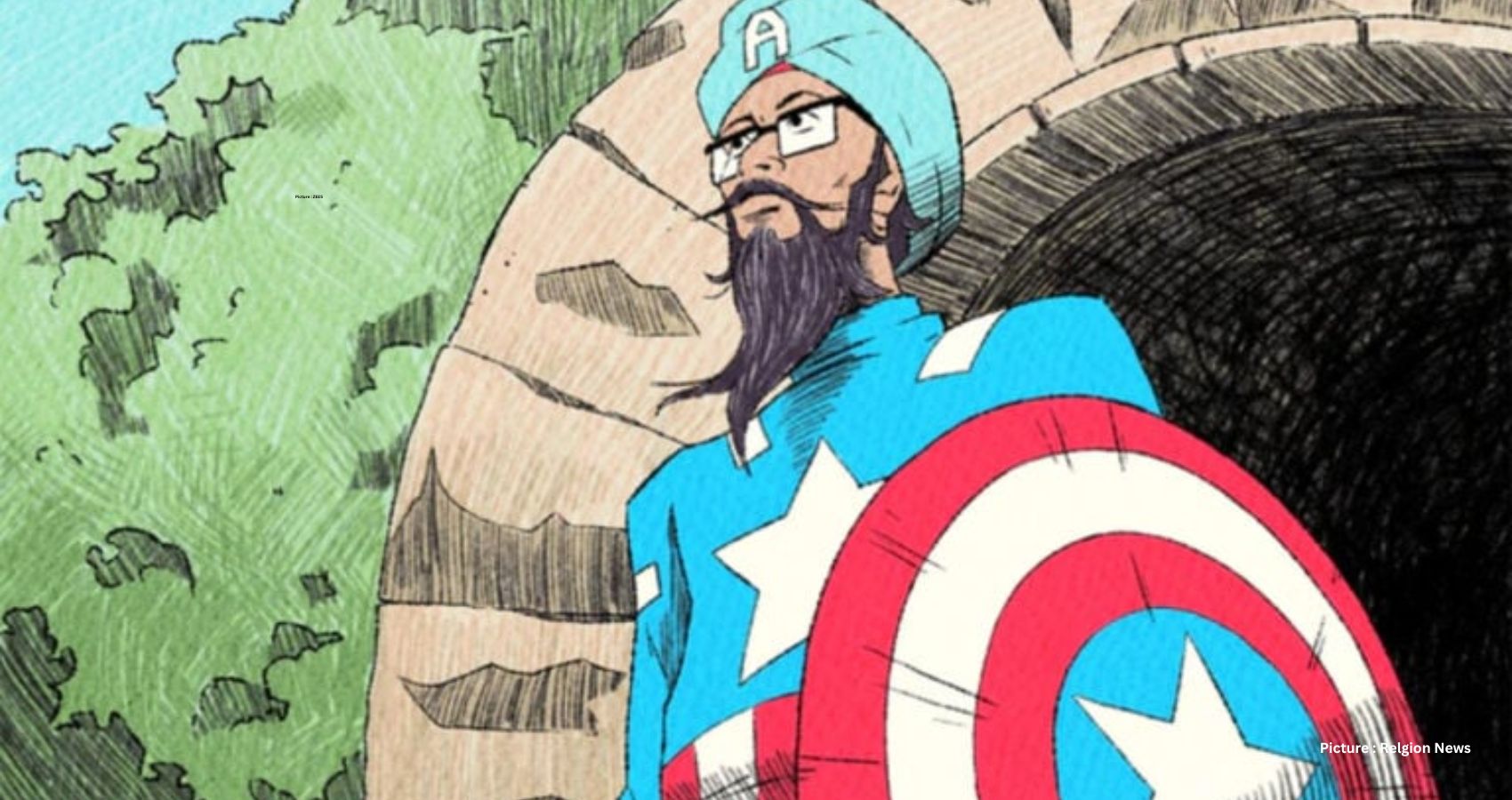


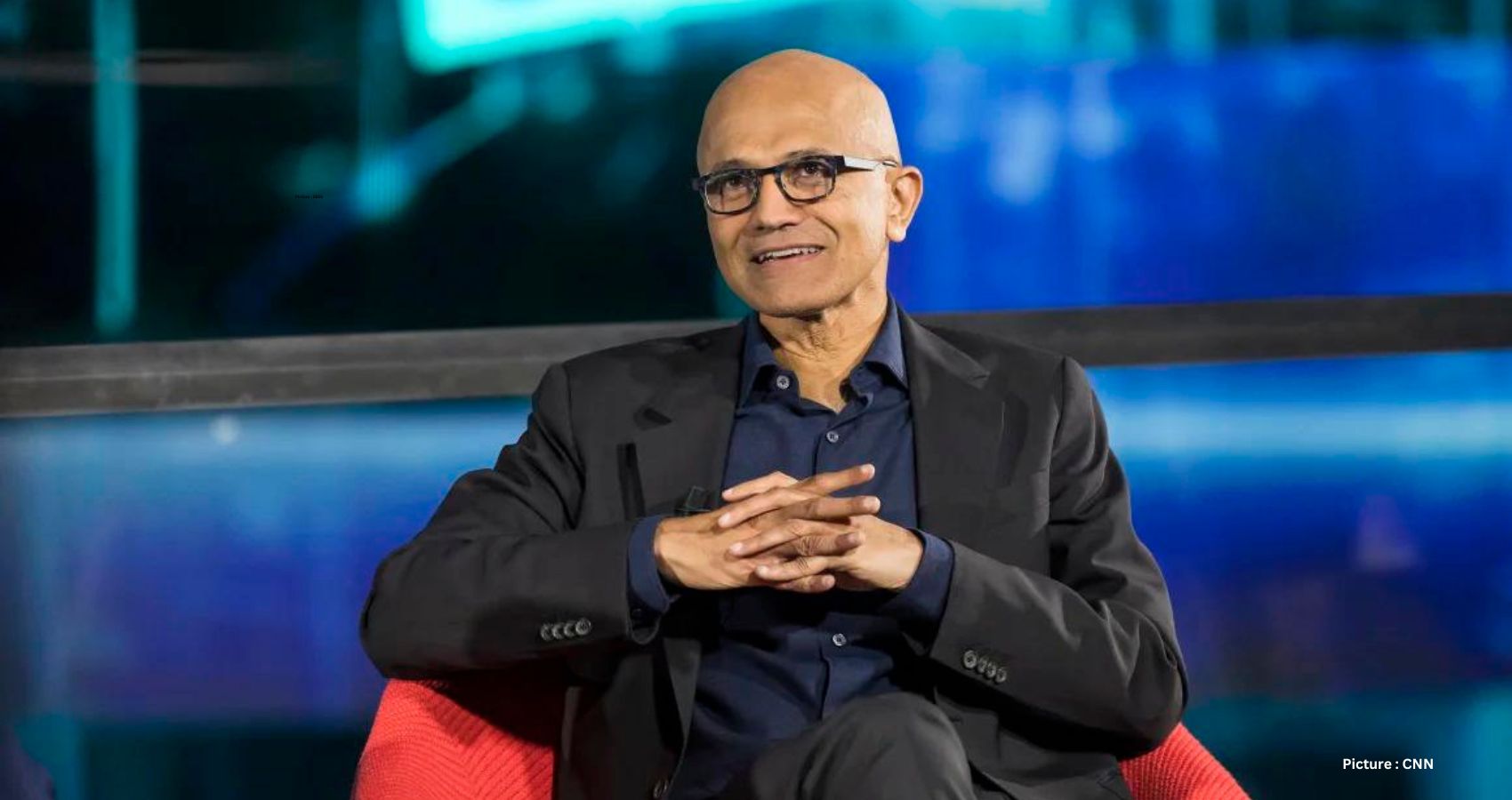
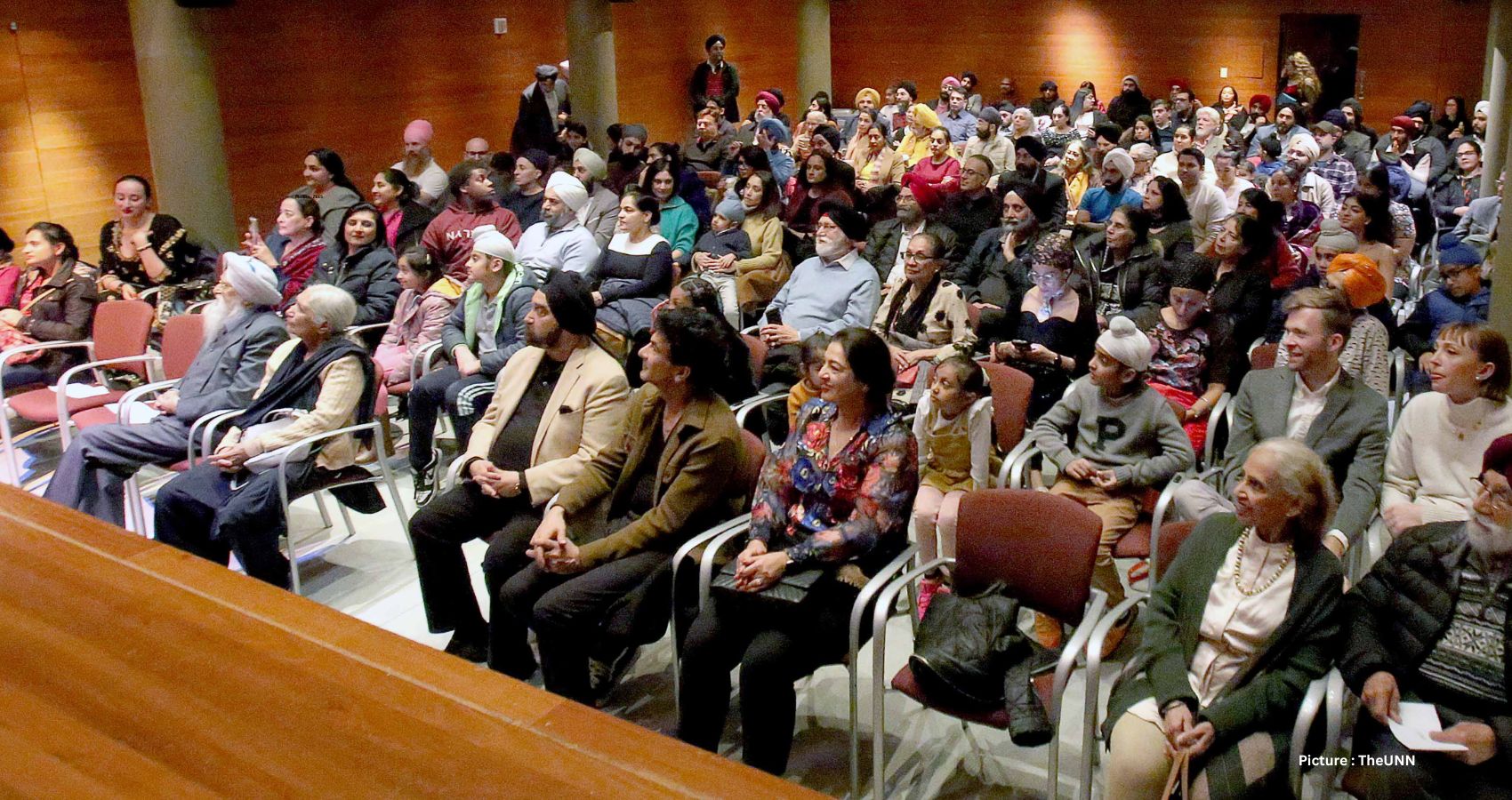
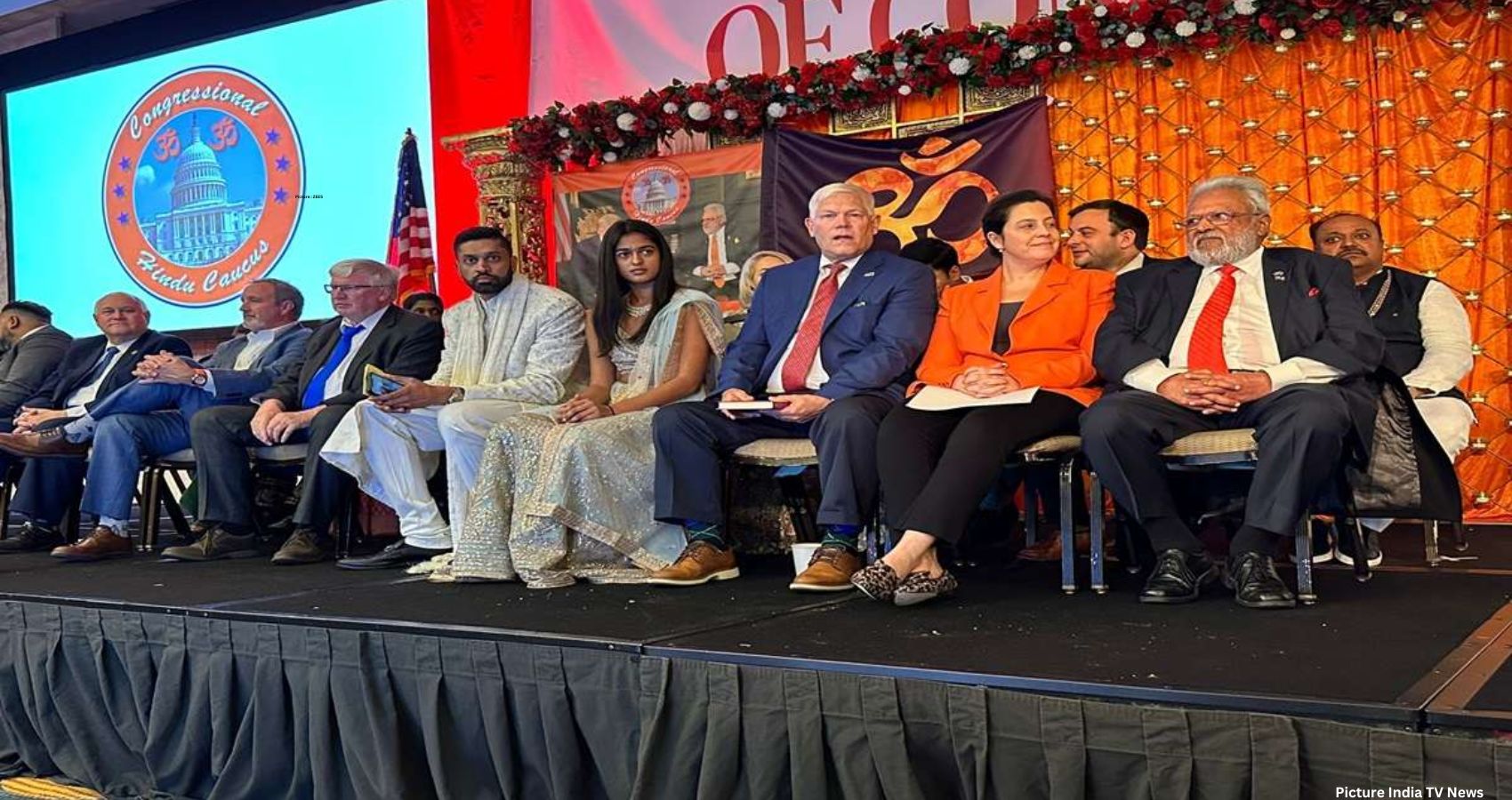
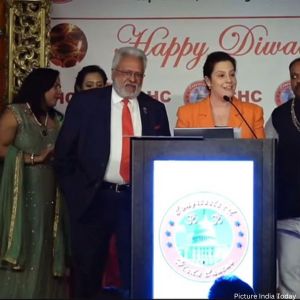
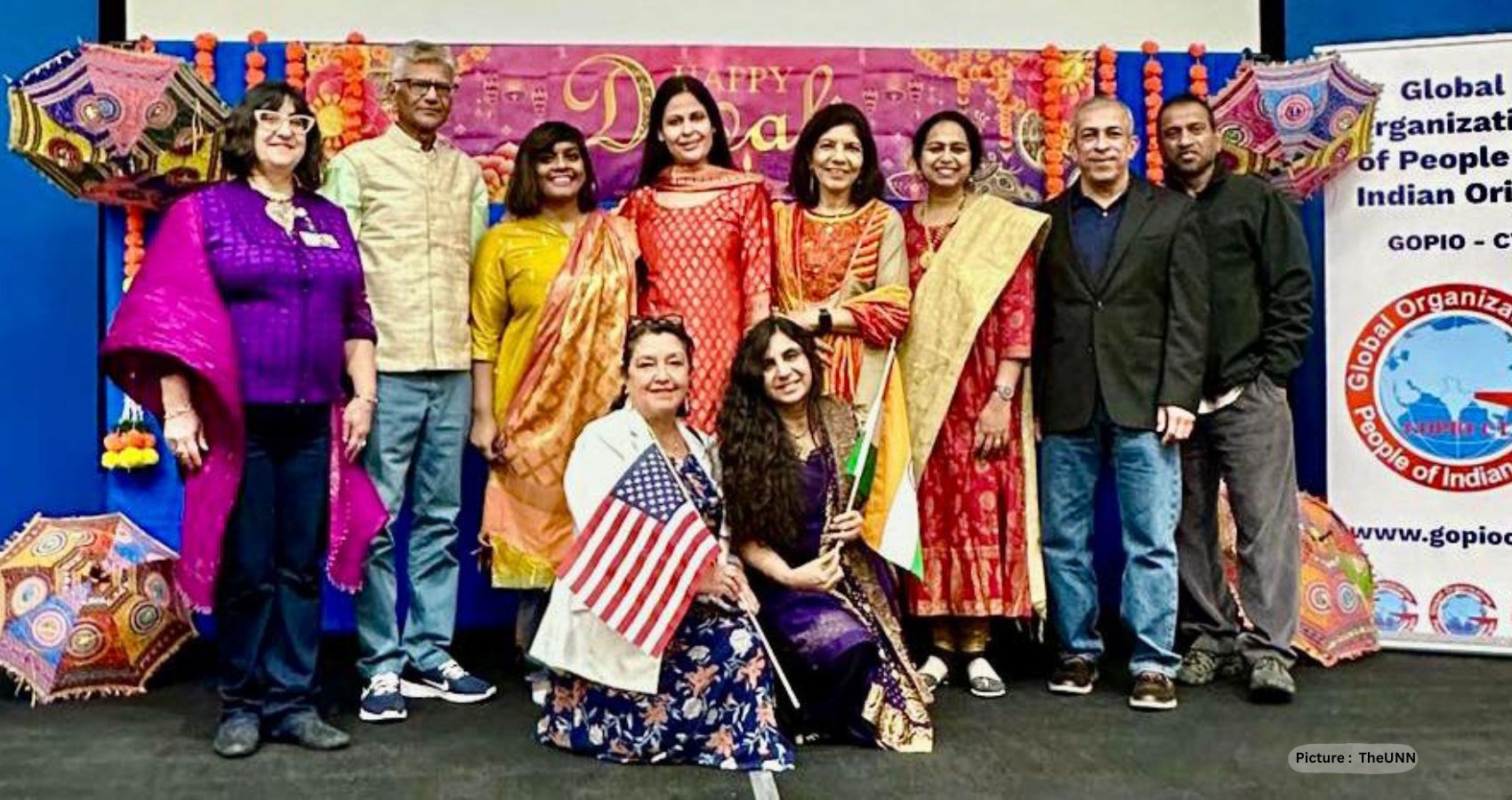
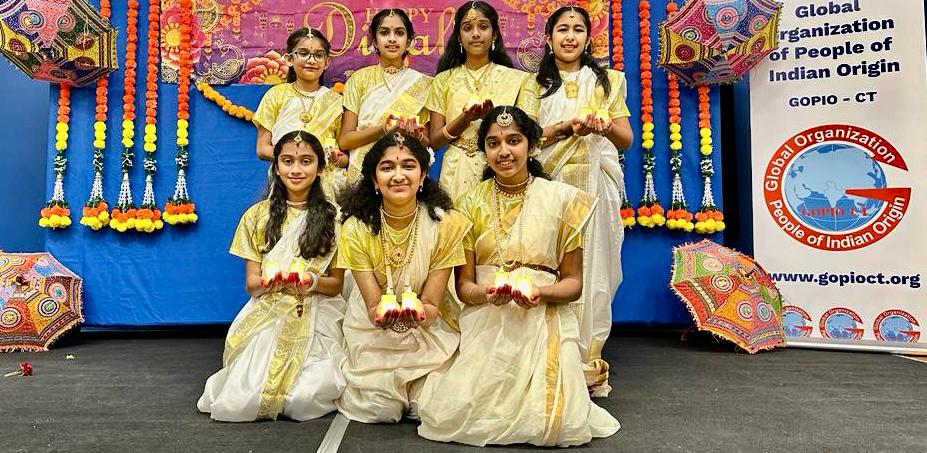 The highly successful Diwali program for the 3rd year in a row, was presented with 75 artists to a houseful crowd on November 19th at the Ferguson Library in Stamford, Connecticut. The GOPIO chapter has been promoting the soft power of India and the indian Diaspora to the larger society since 2006.
The highly successful Diwali program for the 3rd year in a row, was presented with 75 artists to a houseful crowd on November 19th at the Ferguson Library in Stamford, Connecticut. The GOPIO chapter has been promoting the soft power of India and the indian Diaspora to the larger society since 2006. registered 501(c)3 non-profit, GOPIO serves as a non-partisan, secular, civic and community service organization – promoting awareness of Indian culture, customs and contributions of people of Indian origin through community programs, forums, events and youth activities. “We seek to strengthen partnerships and create an ongoing dialogue with local communities,” said Jhangiani.
registered 501(c)3 non-profit, GOPIO serves as a non-partisan, secular, civic and community service organization – promoting awareness of Indian culture, customs and contributions of people of Indian origin through community programs, forums, events and youth activities. “We seek to strengthen partnerships and create an ongoing dialogue with local communities,” said Jhangiani.
